Glasgow’s Gorbals is an area on the south bank of the River Clyde in Glasgow, Scotland. In the late 19th century, Glasgow had become densely populated; rural migrants and immigrants were attracted by the city’s growing industries and employment opportunities. It is estimated that the Gorbals district (which includes Laurieston and Hutchesontown) had 90,000 residents at its peak during the 1930s. Combined with its small size, the area had a high population density of around 40,000 people per square kilometer. The area’s population has declined substantially since WWII due to the redevelopment.
In 1914, Gorbals and Hutchesontown had a population of 15,000 people who worked locally and in commerce. The city center was home to factories and warehouses that produced carpets, garments, food, ironworks, chemicals, railways, docks, shipping, construction, and engineering; as well as 16 schools, 15 churches, three synagogues, swimming pools, libraries, picture-houses, dance halls, and two theatres. The post-war planning of Glasgow Corporation in the 1950s led to demolishing many inner districts, including Gorbals and Huchesontown, just as it had done in London and other major cities. In overspill agreements with New Towns such as East Kilbride, families were relocated to new outlying housing estates like Castlemilk. Others were rehoused within the area in large multi-story concrete towers. In the 1960s, Glasgow Corporation replaced old, outdated, and crowded housing with new high-rise social housing towers, which greatly improved conditions but caused social problems.
Here are some gritty vintage photos from the 1940s to 1960s that show the terrible living conditions of Gorbals before the redevelopment.
#1 A workman in a bulldozer in front of a tenement being demolished in the Gorbals area of Glasgow, 1960
#2 A woman pushing a pram laden with bedding past a newly built shop in the modern Gorbals area of Glasgow, 1960
#3 A coalman doing his rounds in his horse-drawn cart in the Gorbals area of Glasgow, 1960
#4 A woman and a little girl walking through an area of modern housing in the Gorbals area of Glasgow, 1960
#5 Workmen and a bulldozer beside a tenement being demolished in the Gorbals area of Glasgow, 1960
#6 People walking past newly-built tower blocks in the Gorbals area of Glasgow, 1960
#7 A man pulling a hand cart past tower blocks under construction in the Gorbals area of Glasgow, 1960
#8 A boy and girl hold hands under an archway in the Gorbals, a slum district of Glasgow, 31st January 1948.
#9 Two children walking in the Gorbals area of Glasgow, 1948
#10 A man pulling a hand cart past a closed-down pawnbroker’s shop in the Gorbals area of Glasgow, 1960
#11 Modern housing in the Gorbals area of Glasgow, some of it under construction, 1960
#12 A woman and a little girl walking through an area of modern housing in the Gorbals area of Glasgow, 1690
#13 Tower blocks under construction in the Gorbals area of Glasgow, 1960
#14 Children playing beside modern tower blocks in the Gorbals area of Glasgow, 1960
#15 An area of cleared ground in the Gorbals area of Glasgow where debris from the newly-demolished slum tenements is being burnt on a bonfire, 1960
#16 Modern housing under construction beside old tenements in the Gorbals area of Glasgow, 1960
#17 A man walking past modern tower blocks in the Gorbals area of Glasgow, 1960
#18 A high-rise block of flats under construction in the Gorbals area of Glasgow, 1960
#19 The Buchanan family at home in their new flat in the Gorbals area of Glasgow, 1960
#20 Flats in Camden Street, in the Gorbals area of Glasgow, 1956
#21 Children play on waste ground outside a tenement block in Camden Street, the Gorbals, Glasgow, 1956
#22 Children peer over the banisters of a spiral staircase in a tenement block in Nickelsar Street, the Gorbals, Glasgo, 1956.
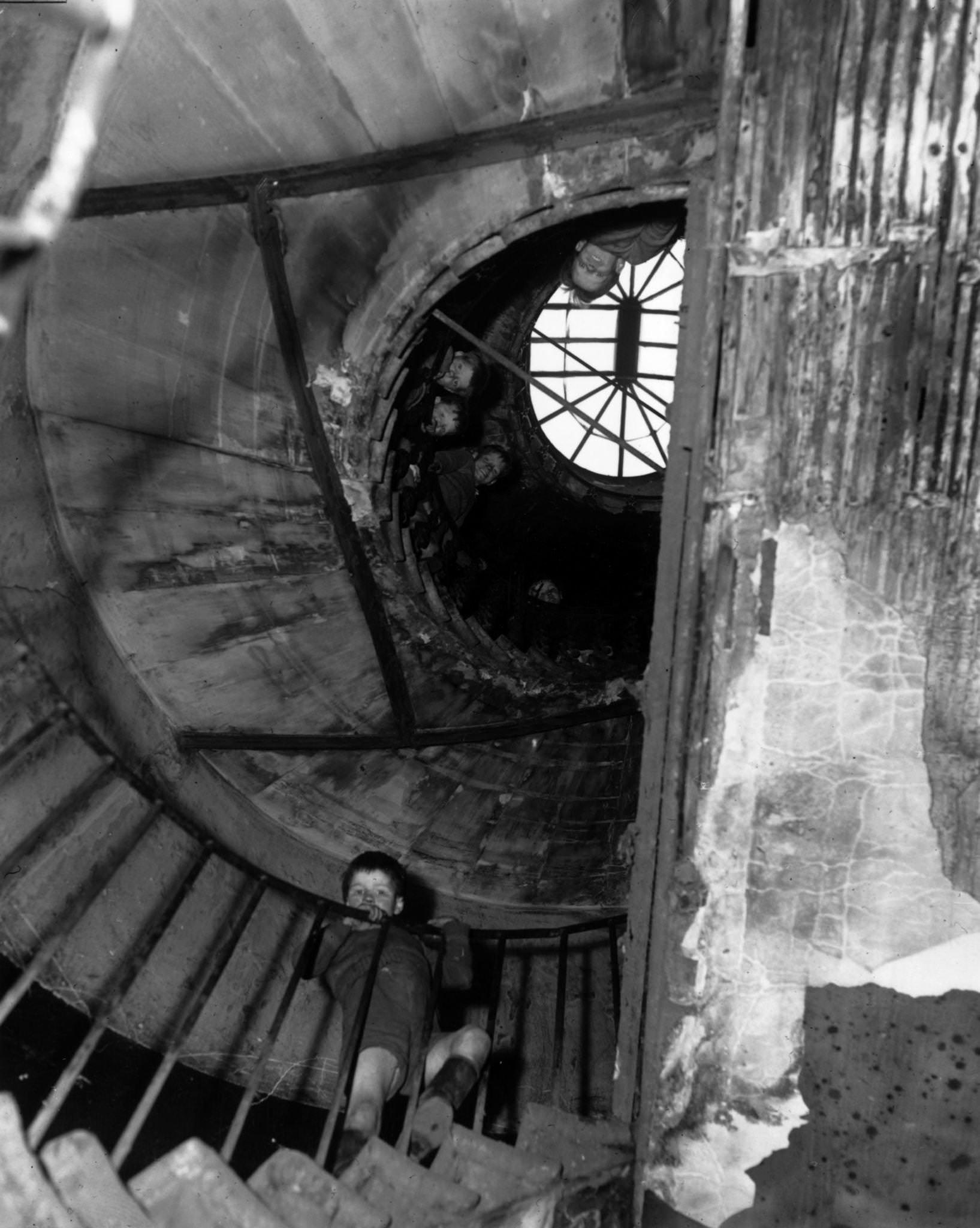
The tenements were built quickly and cheaply in the 1840's and are owned by various landlords. About 40,000 people live in the Gorbals, with up to eight family members sharing a single room 30 residents sharing a toilet and 40 sharing a tap. The population density for this small area is 281 people per acre. Although 850 tenements have been demolished since 1920 the conditions remain appalling and sanitation and crime are persistent problems. The area was cleared in the late 1950's and the tenements were replaced with modern a tower block complex in the sixties.
#23 September 1956: Jenny Lamont and her friends play with tin cans in the yard behind tennemants of Florence Street, in the Gorbals area of Glasgow, 1956
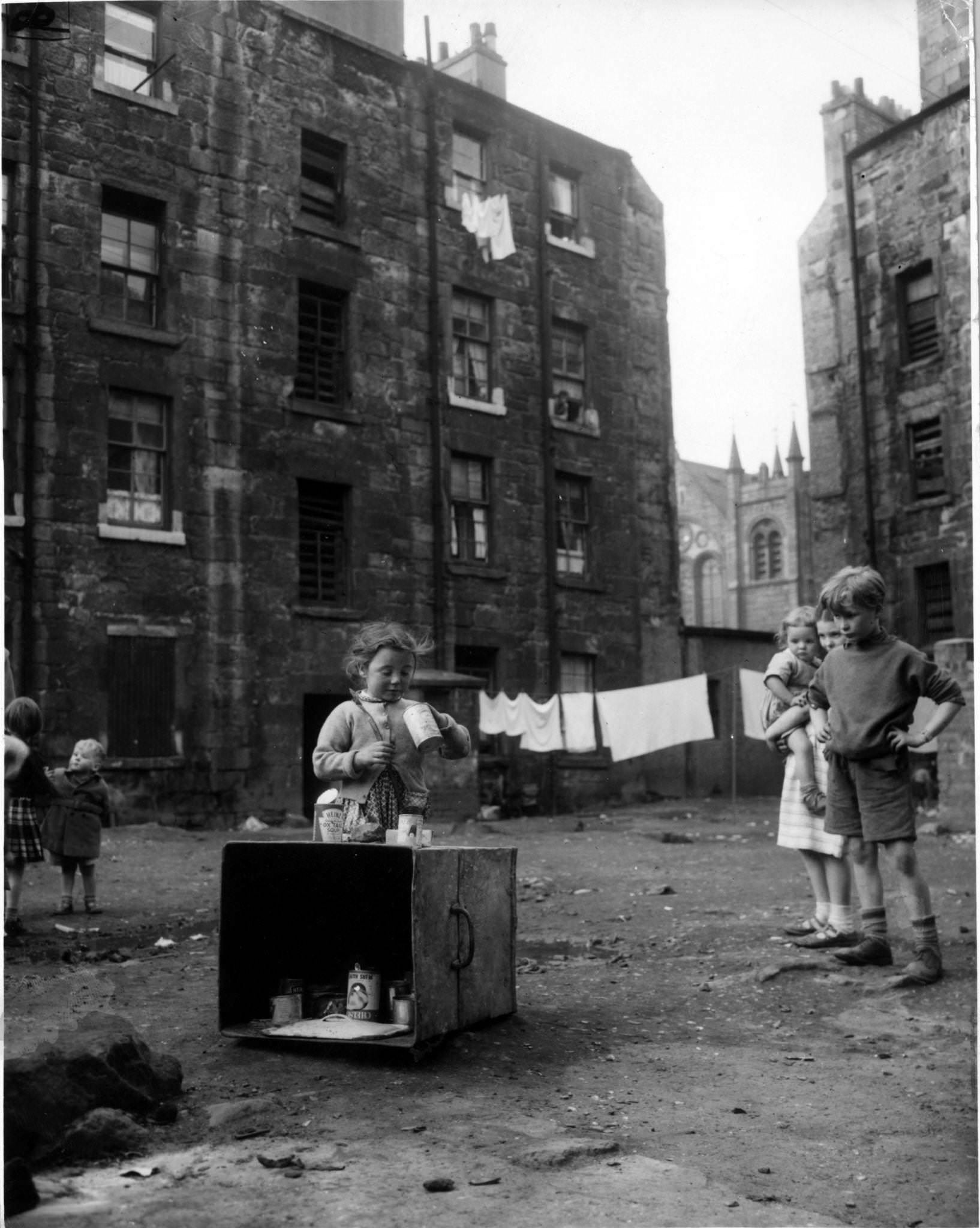
At the time of this photograph the Scottish Office had plans to demolish many of the slum buildings in this area and to replace them with modern dwellings. The Gorbals tenements were built quickly and cheaply in the 1840s, providing housing for Glasgow's burgeoning population of industrial workers. Conditions were appalling; overcrowding was standard and sewage and water facilities inadequate. The tenements housed about 40,000 people with up to eight family members sharing a single room, 30 residents sharing a toilet and 40 sharing a tap. By the time this photograph was taken 850 tenements had been demolished since 1920. Redevelopment of the area began in the late 1950s and the tenements were replaced with a modern tower block complex in the sixties.
#24 Children playing in Surrey Lane in the Gorbals area of Glasgow, 1956
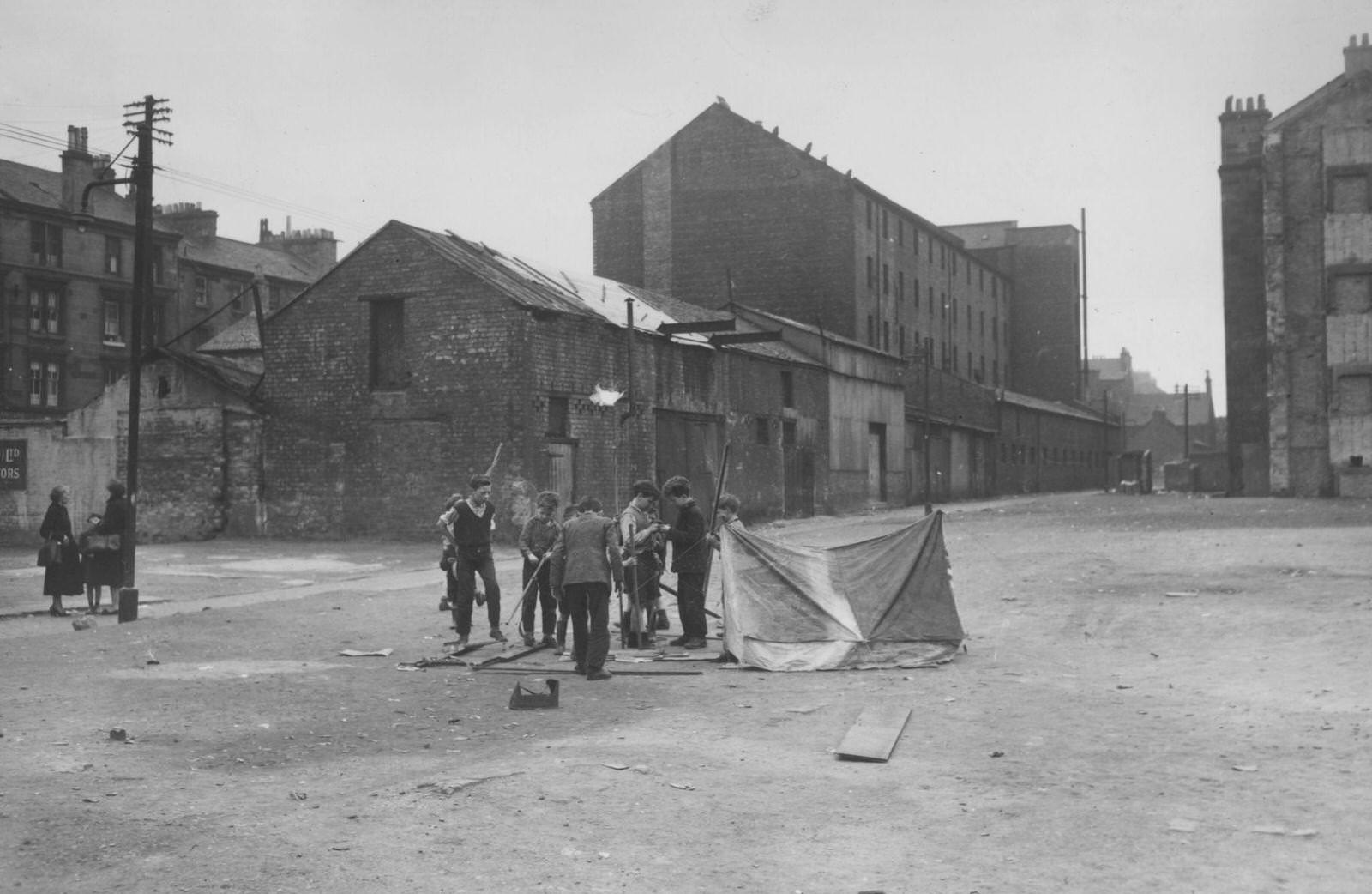
The Gorbals tenements were built quickly and cheaply in the 1840s, providing housing for Glasgow's burgeoning population of industrial workers. Conditions were appalling; overcrowding was standard and sewage and water facilities inadequate. The tenements housed about 40,000 people with up to eight family members sharing a single room, 30 residents sharing a toilet and 40 sharing a tap. By the time this photograph was taken 850 tenements had been demolished since 1920.


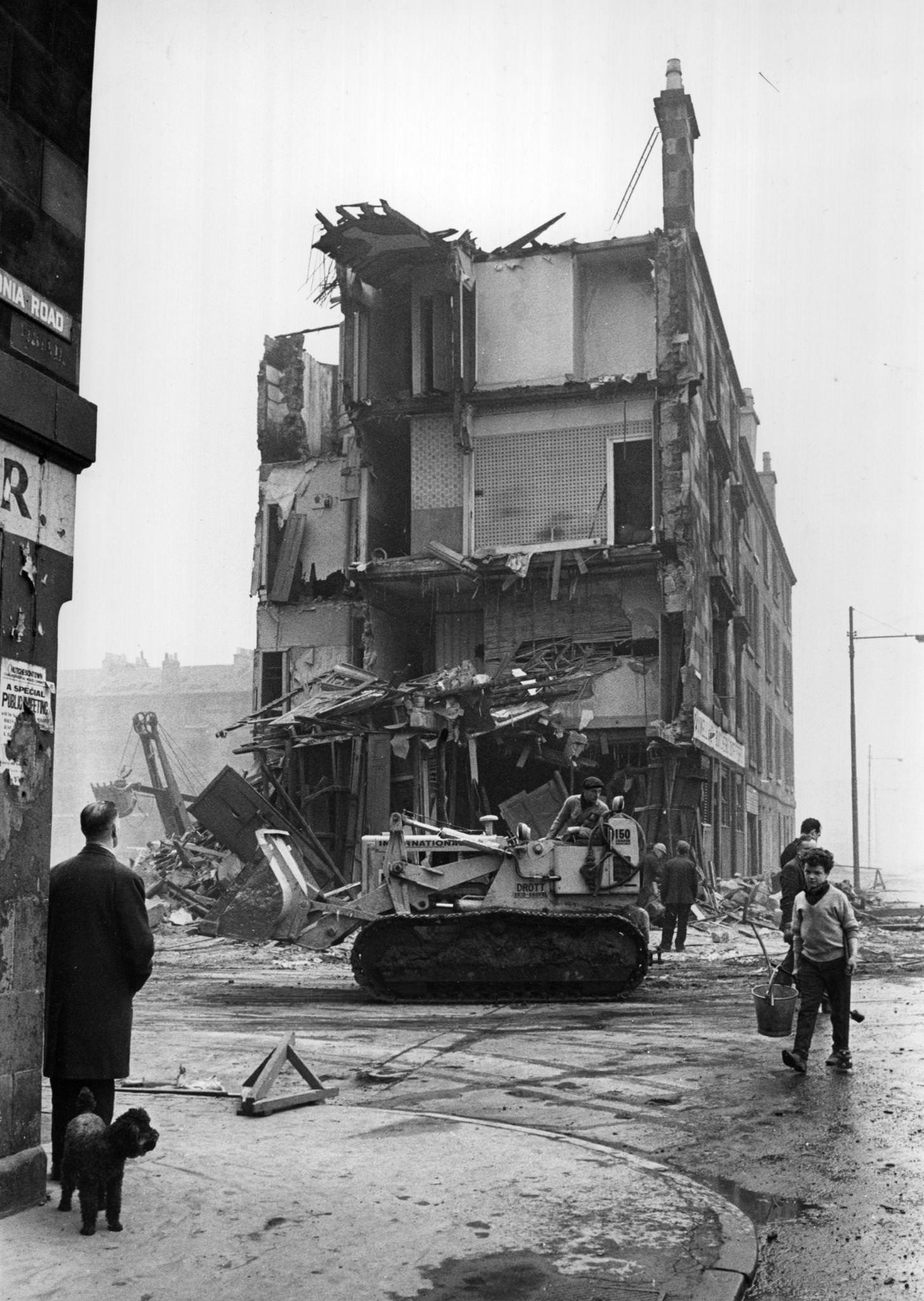
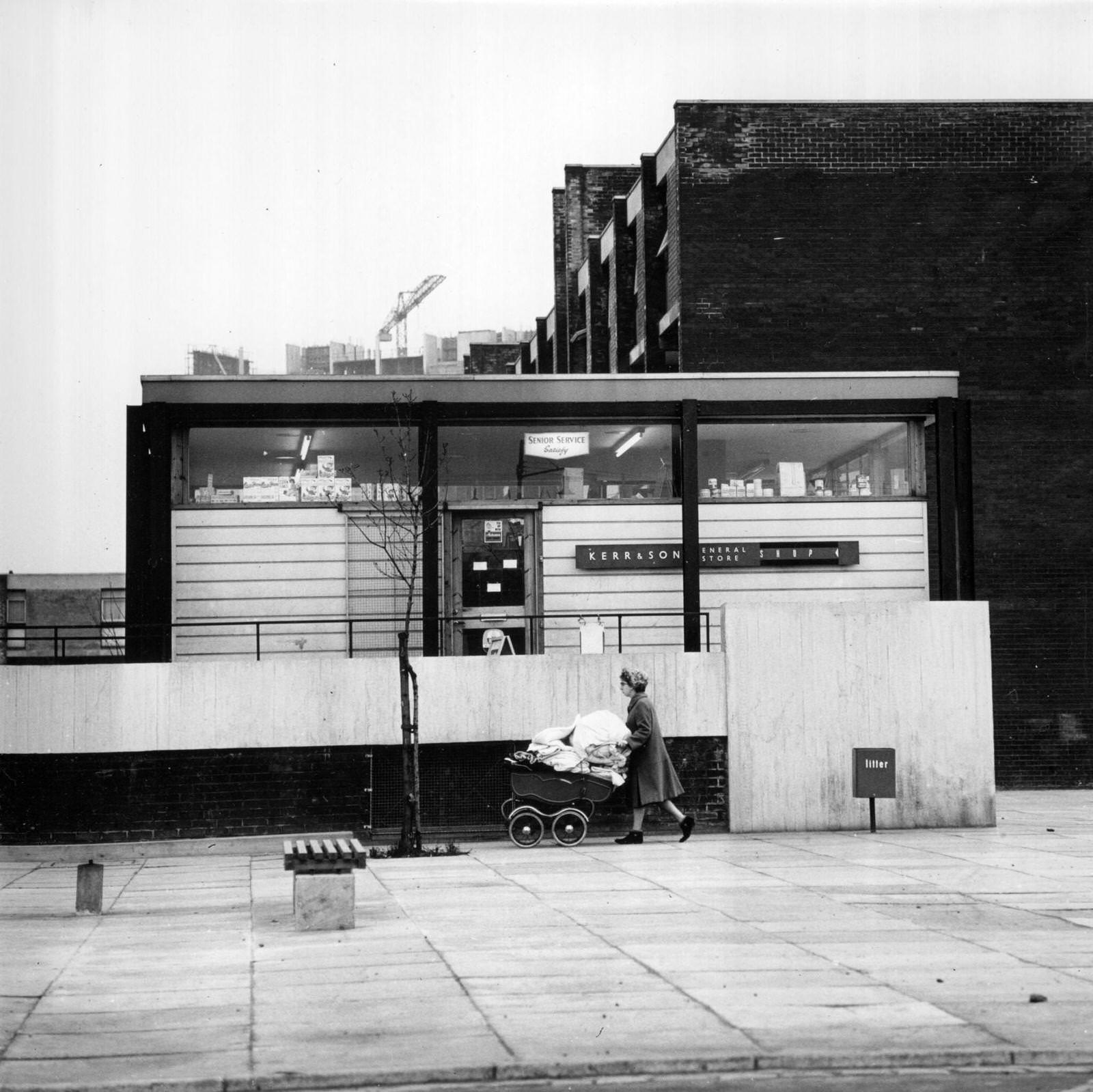
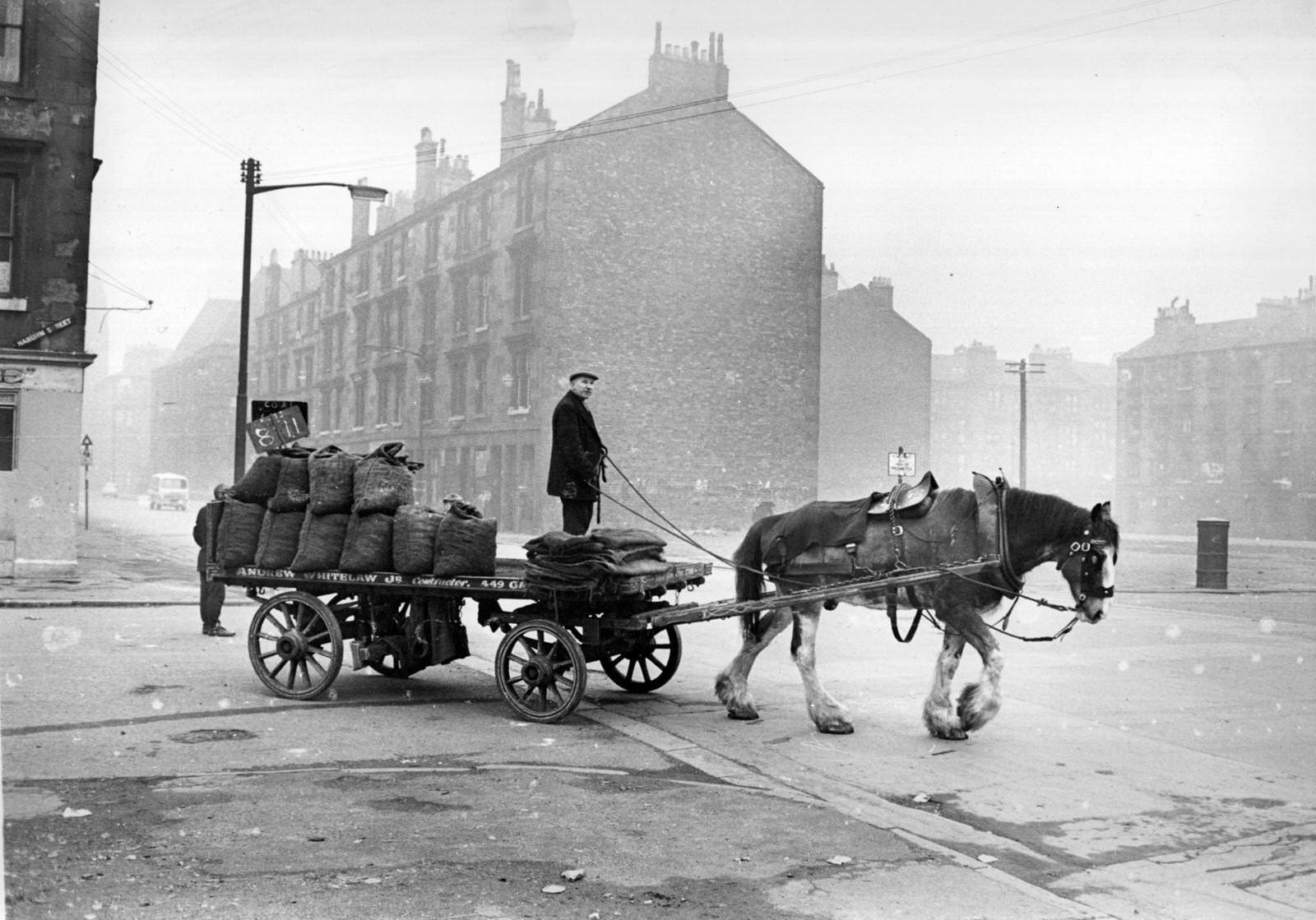
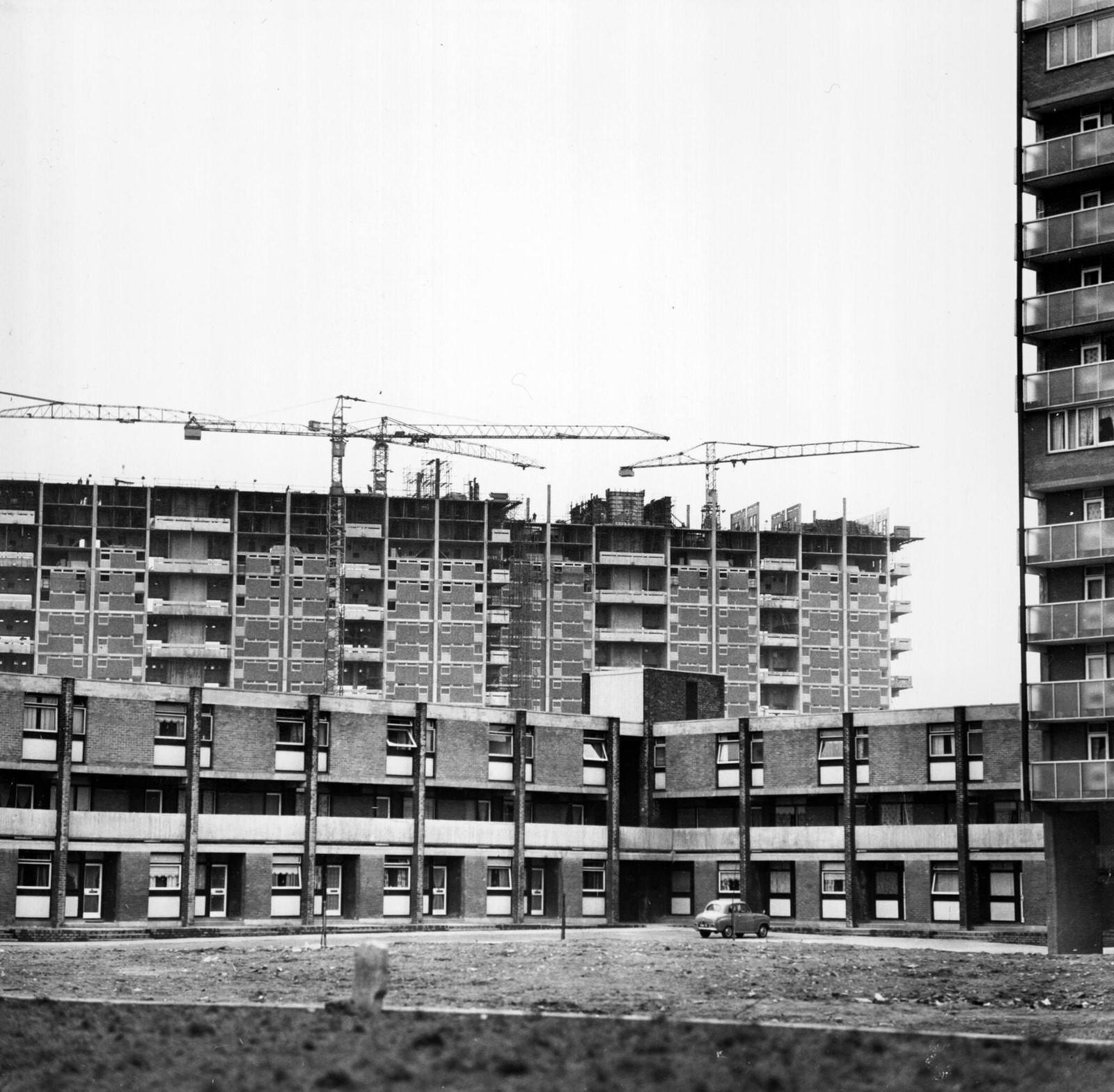
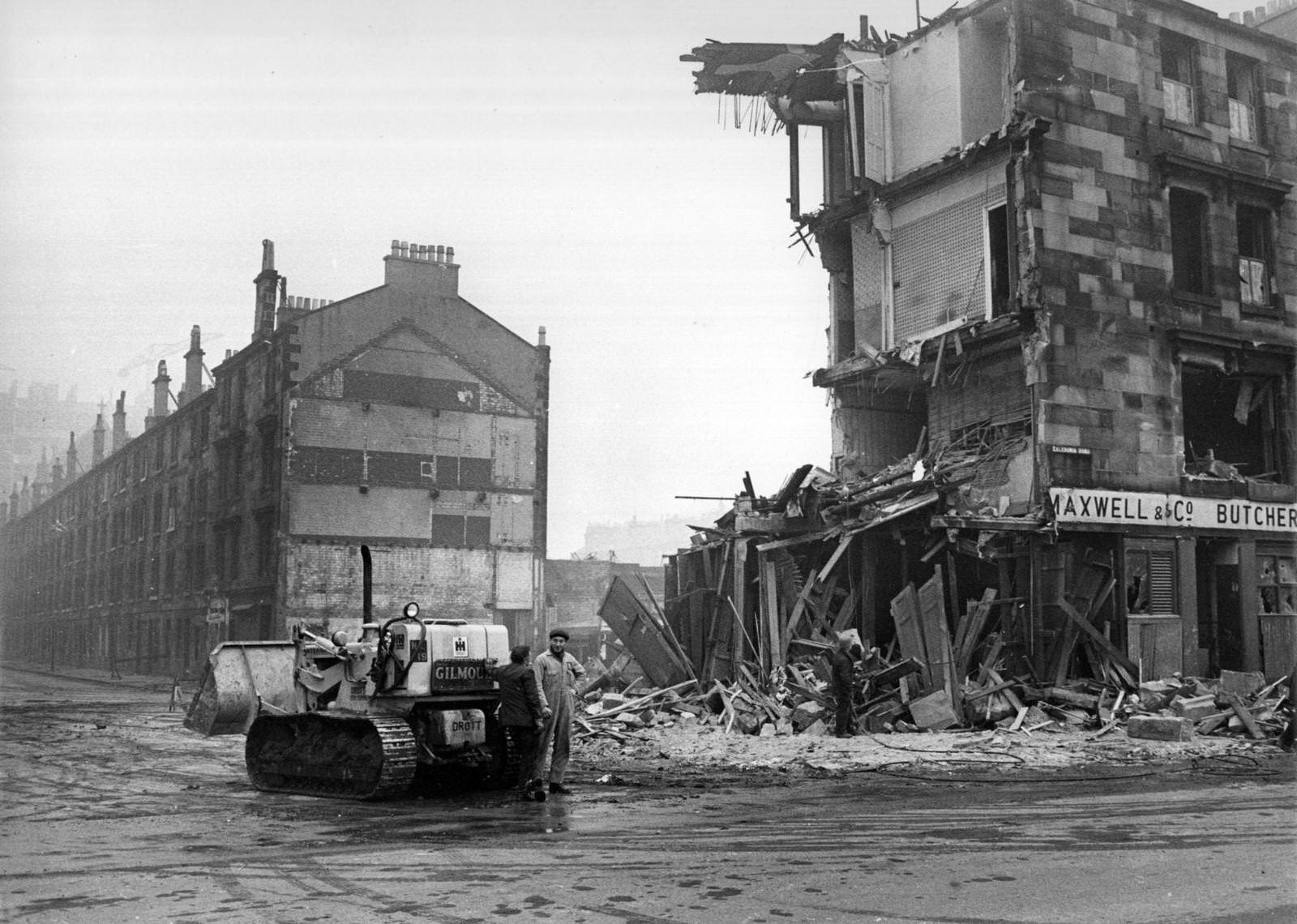
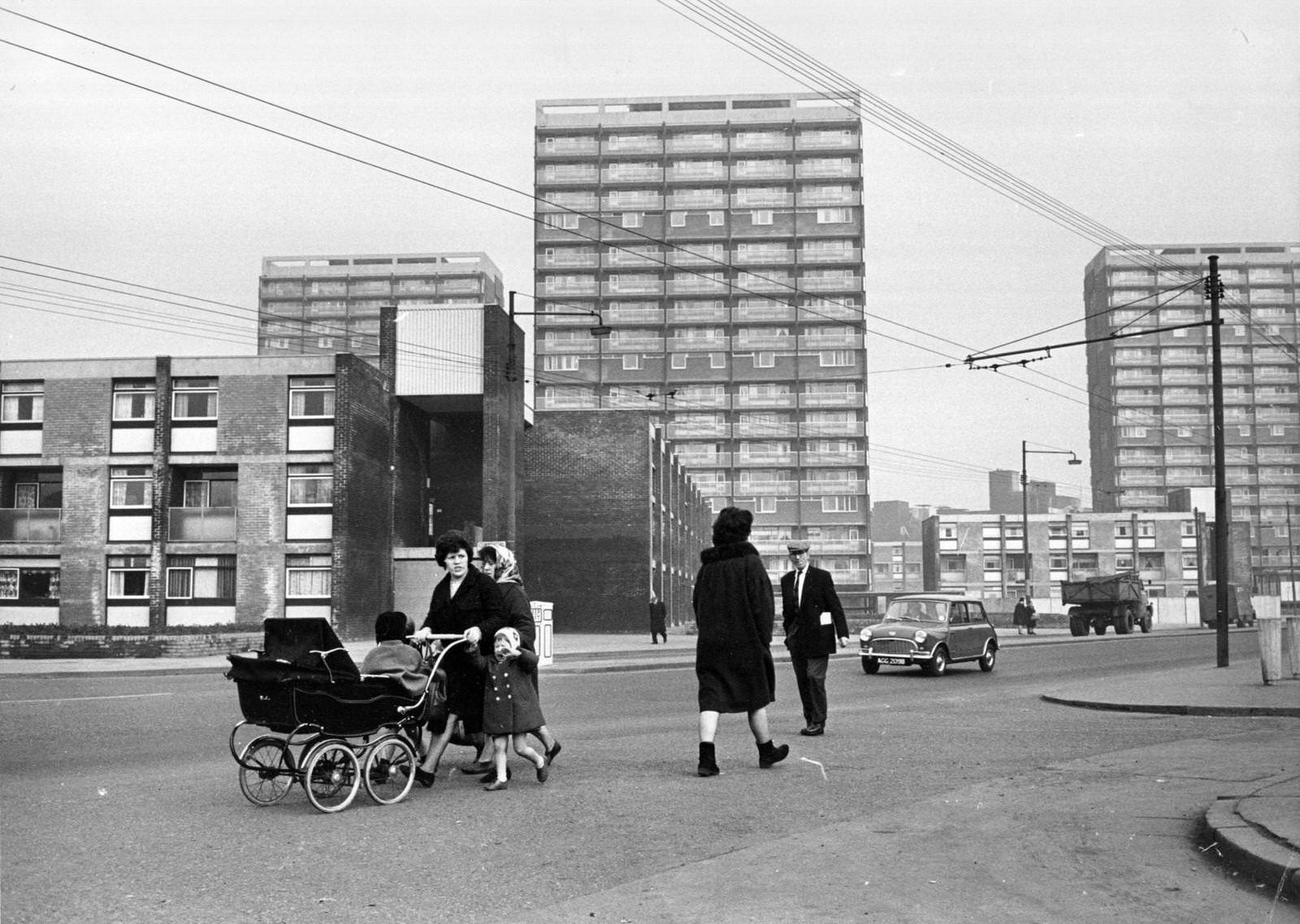
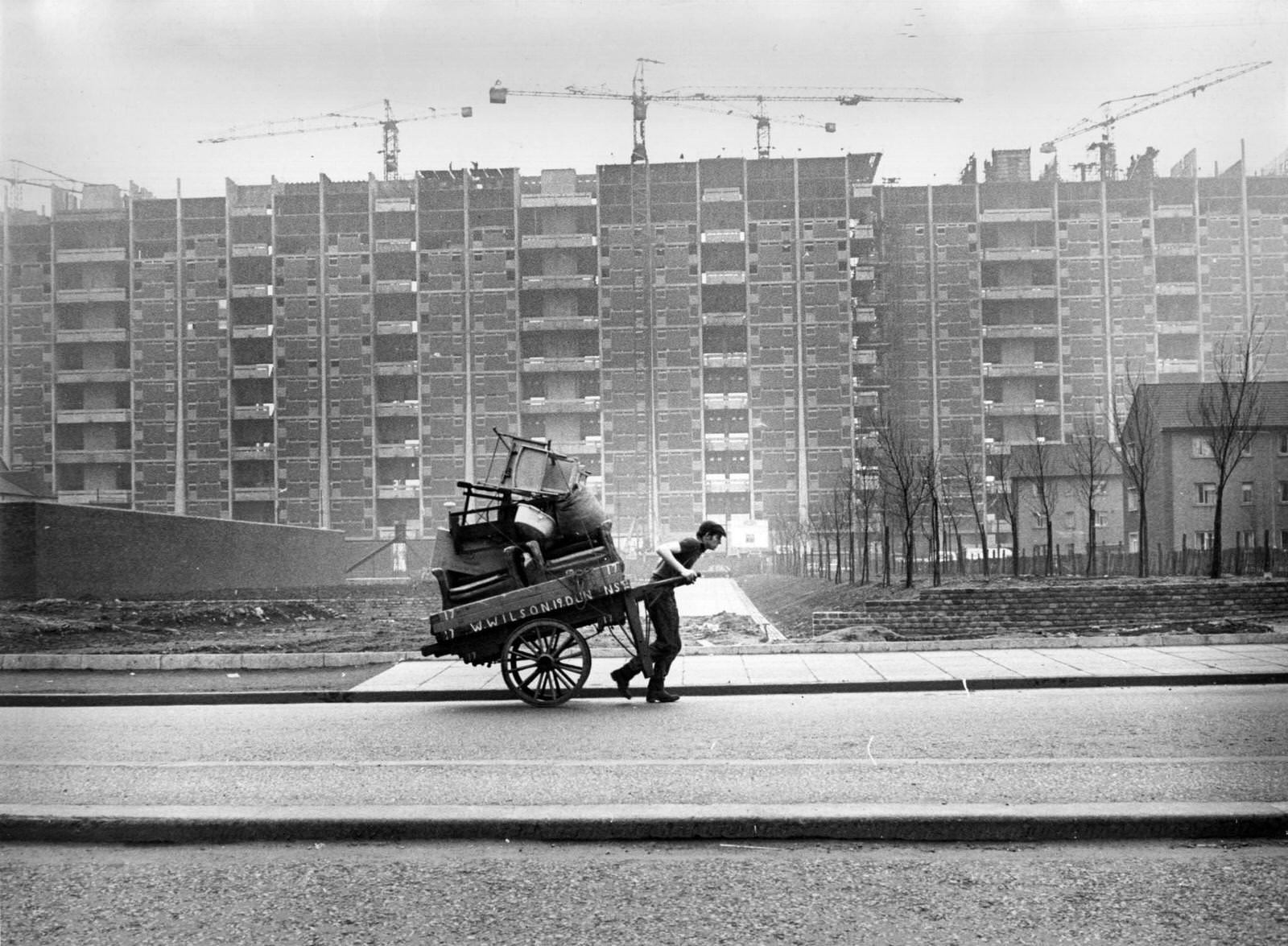
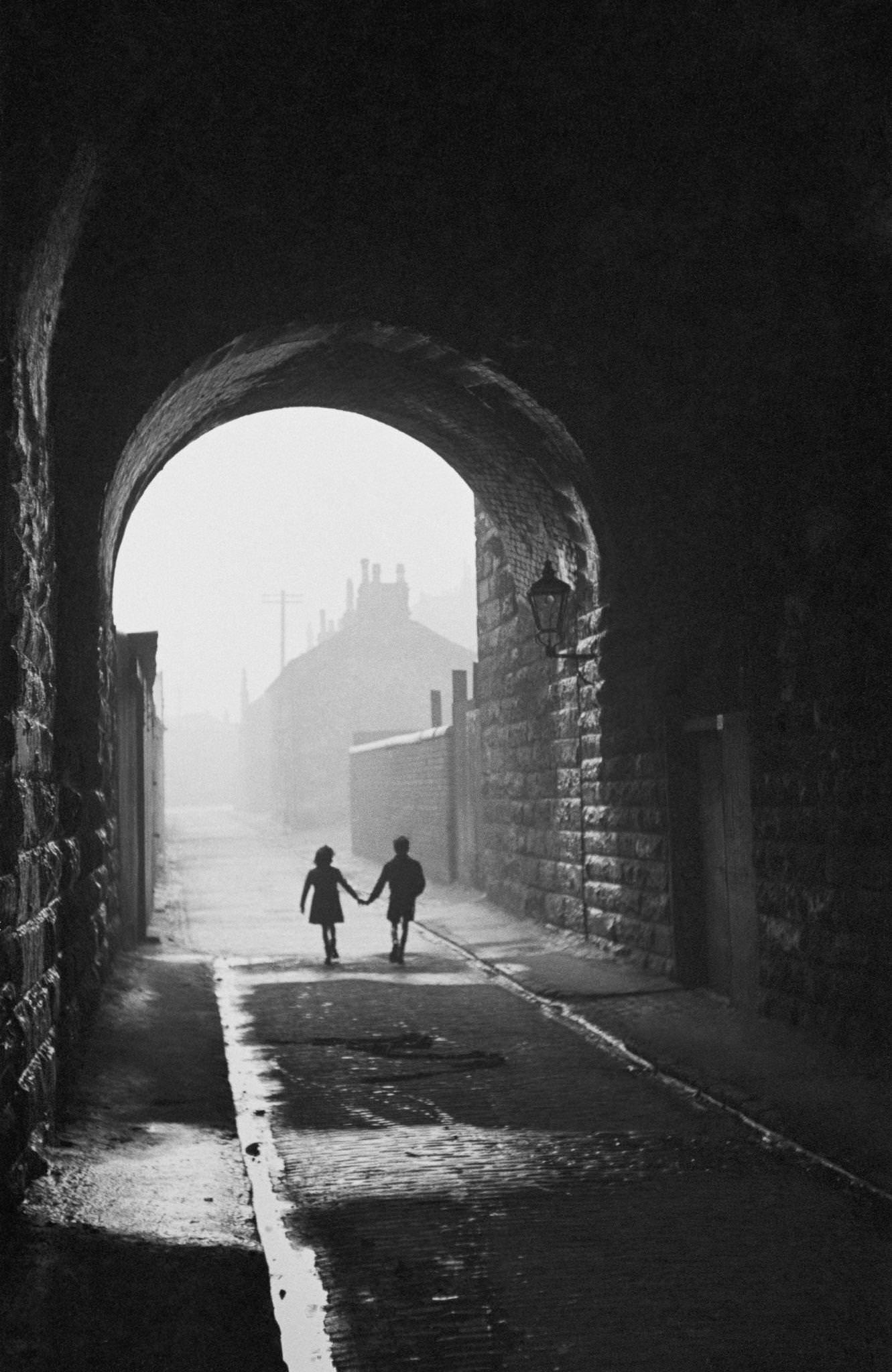
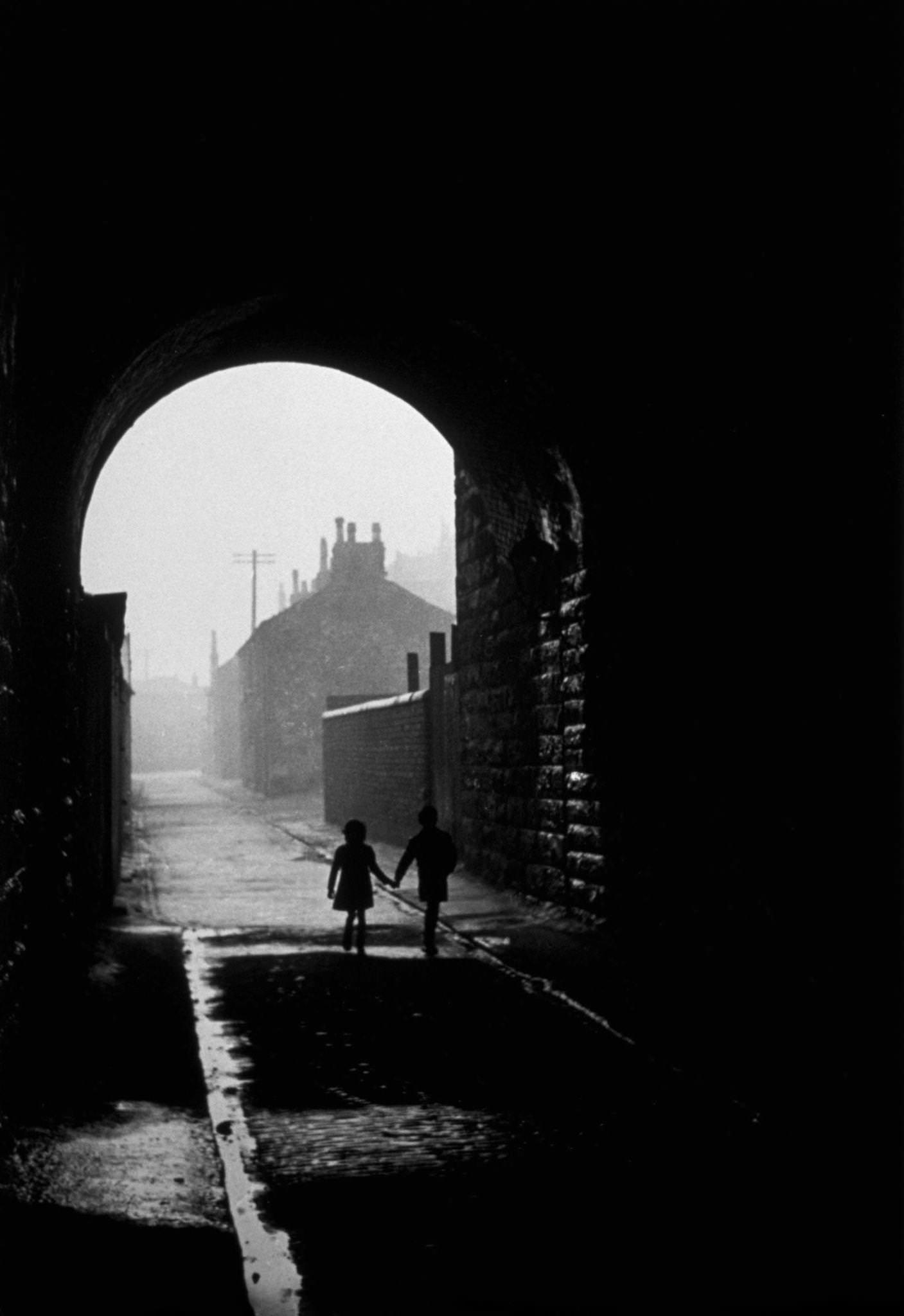
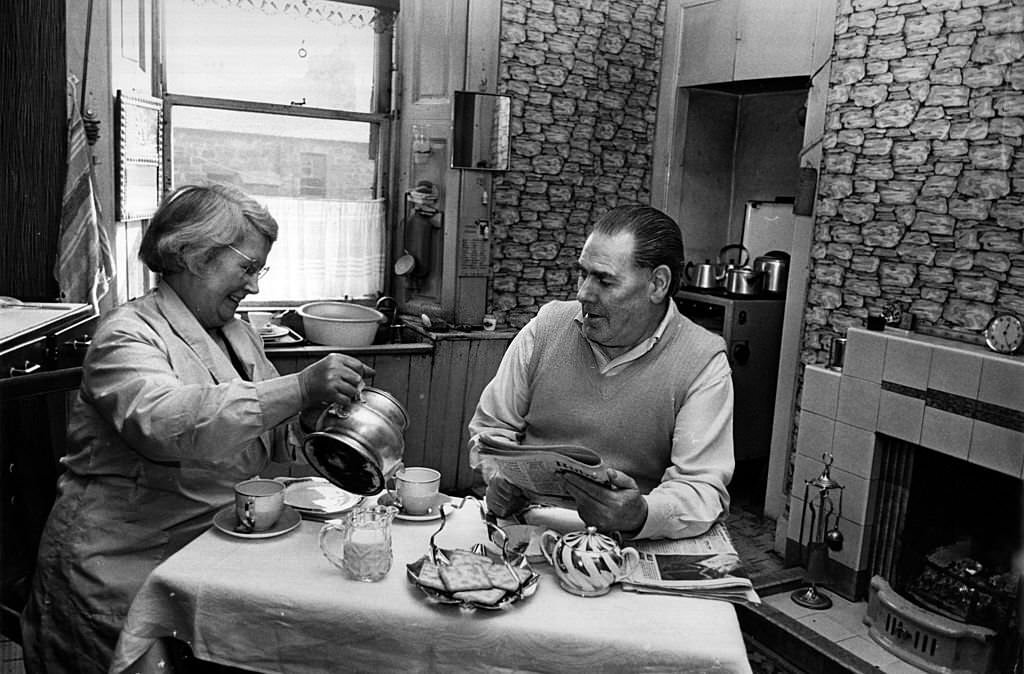
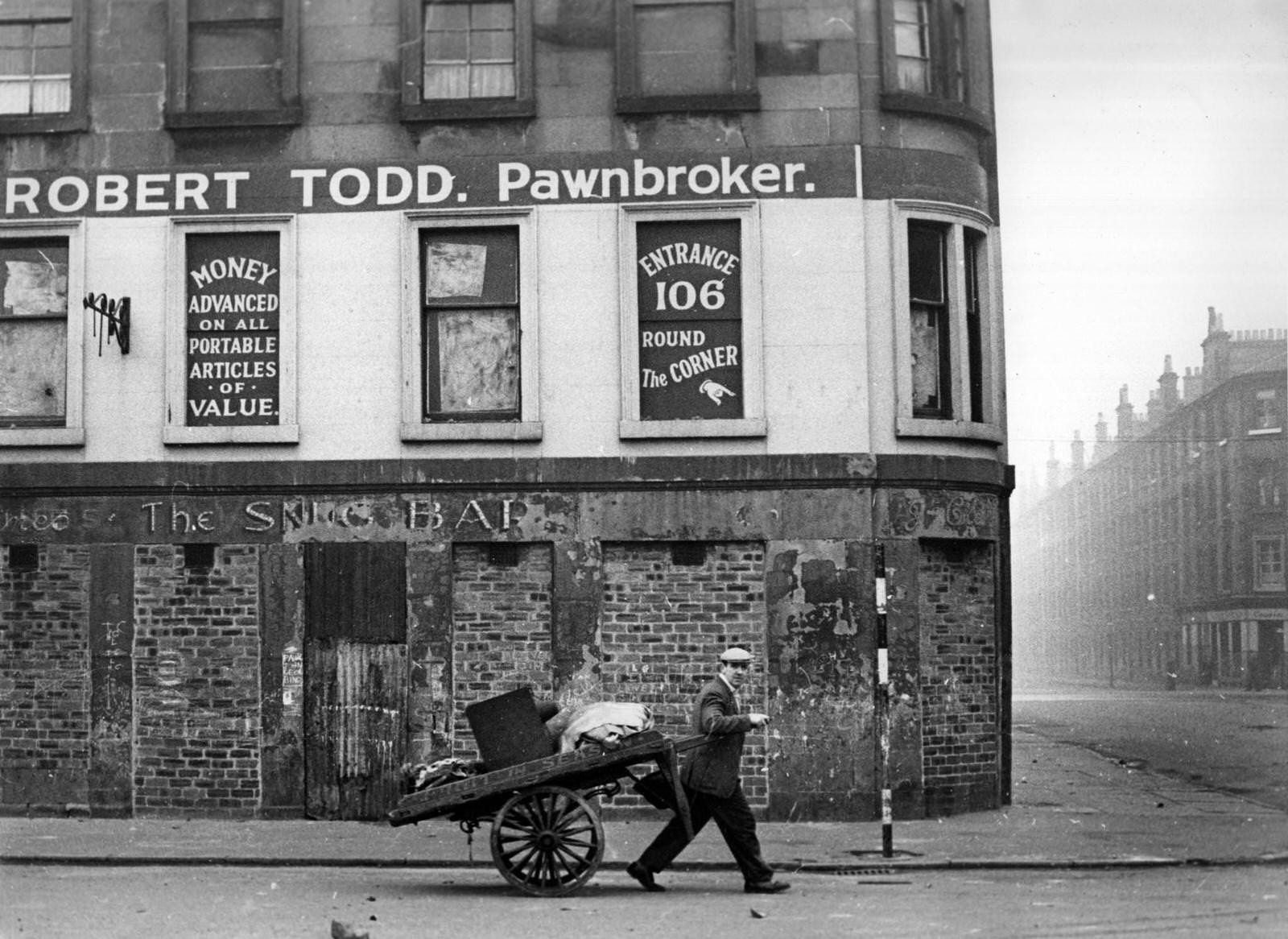
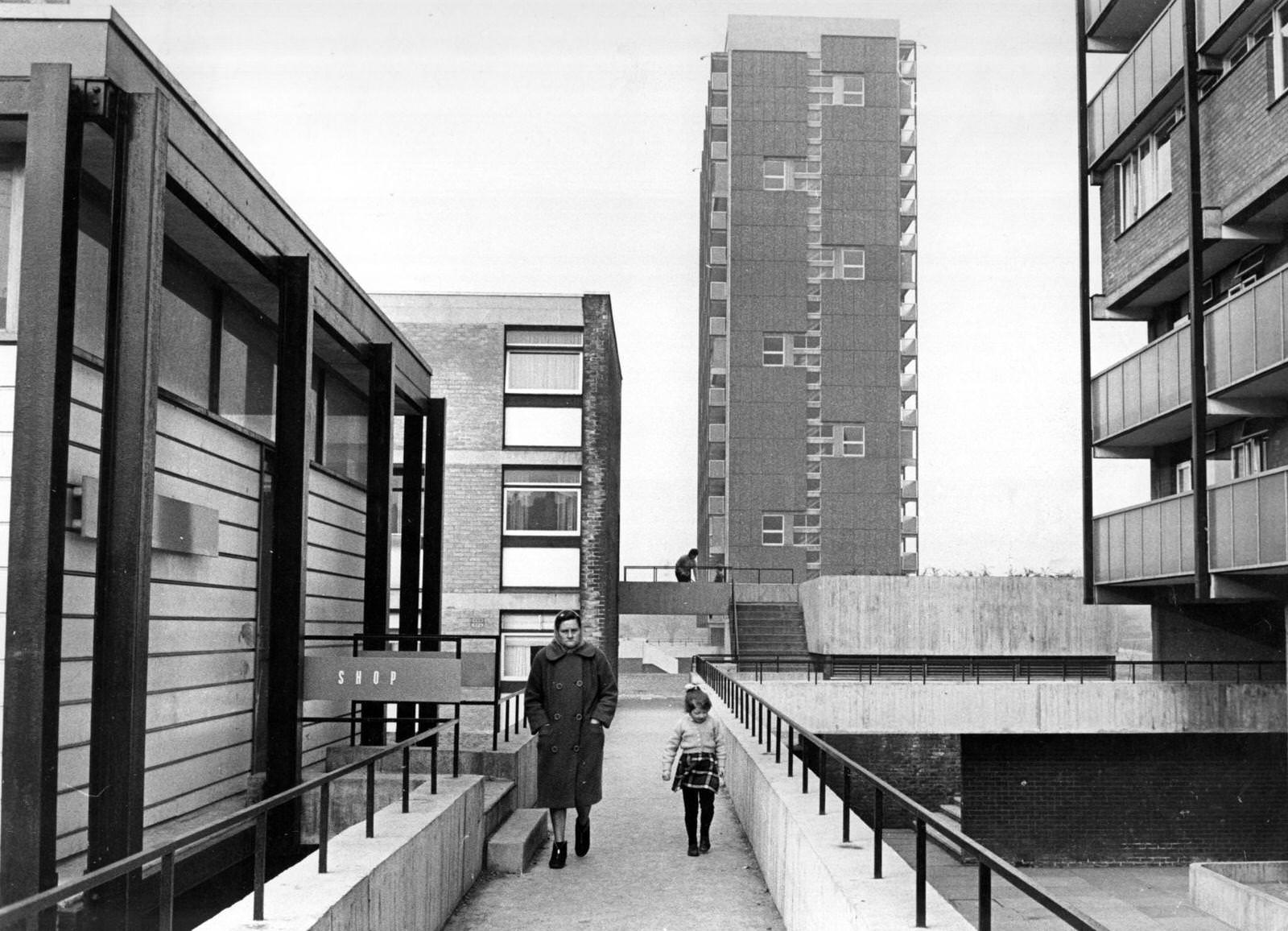
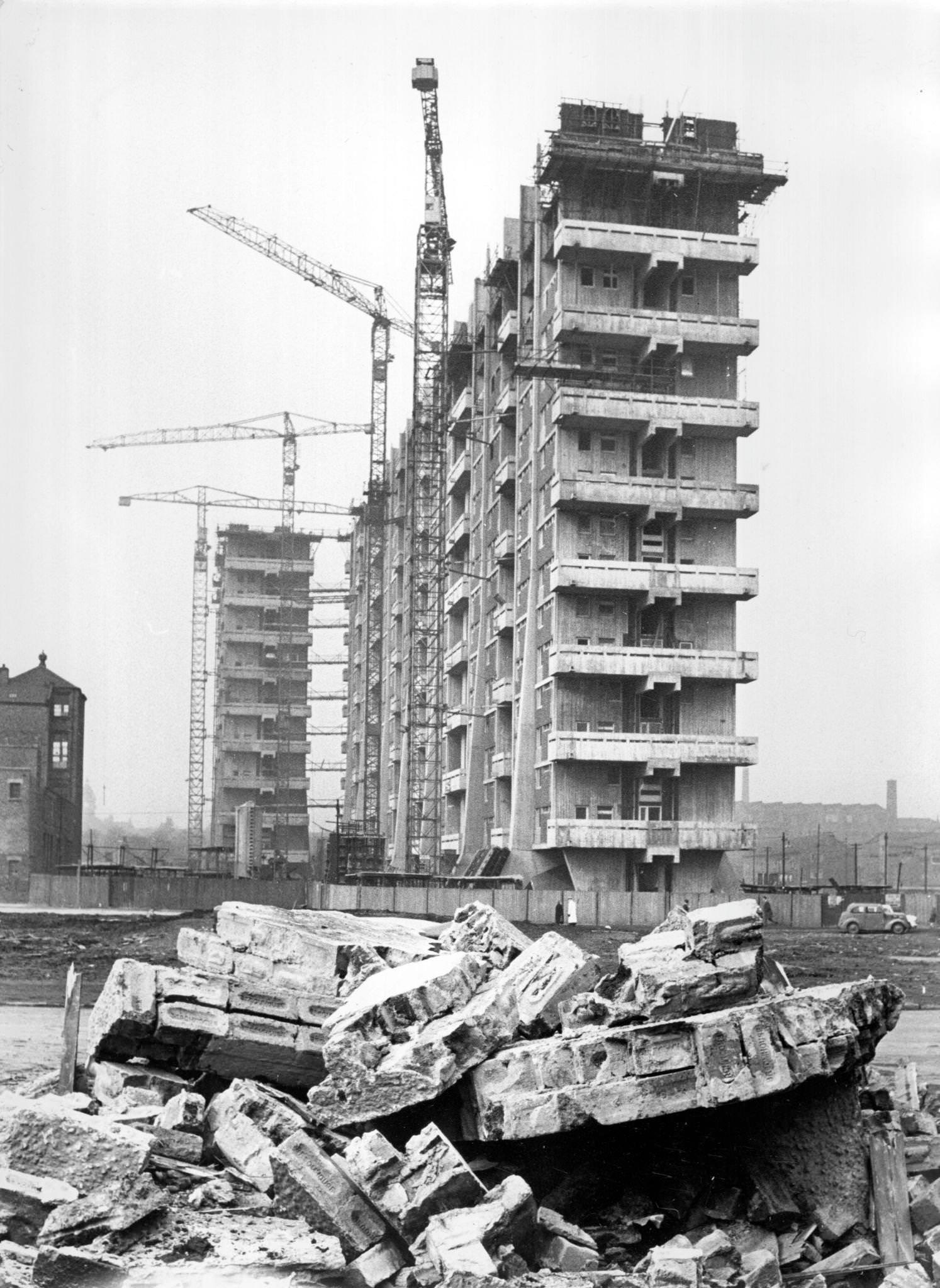
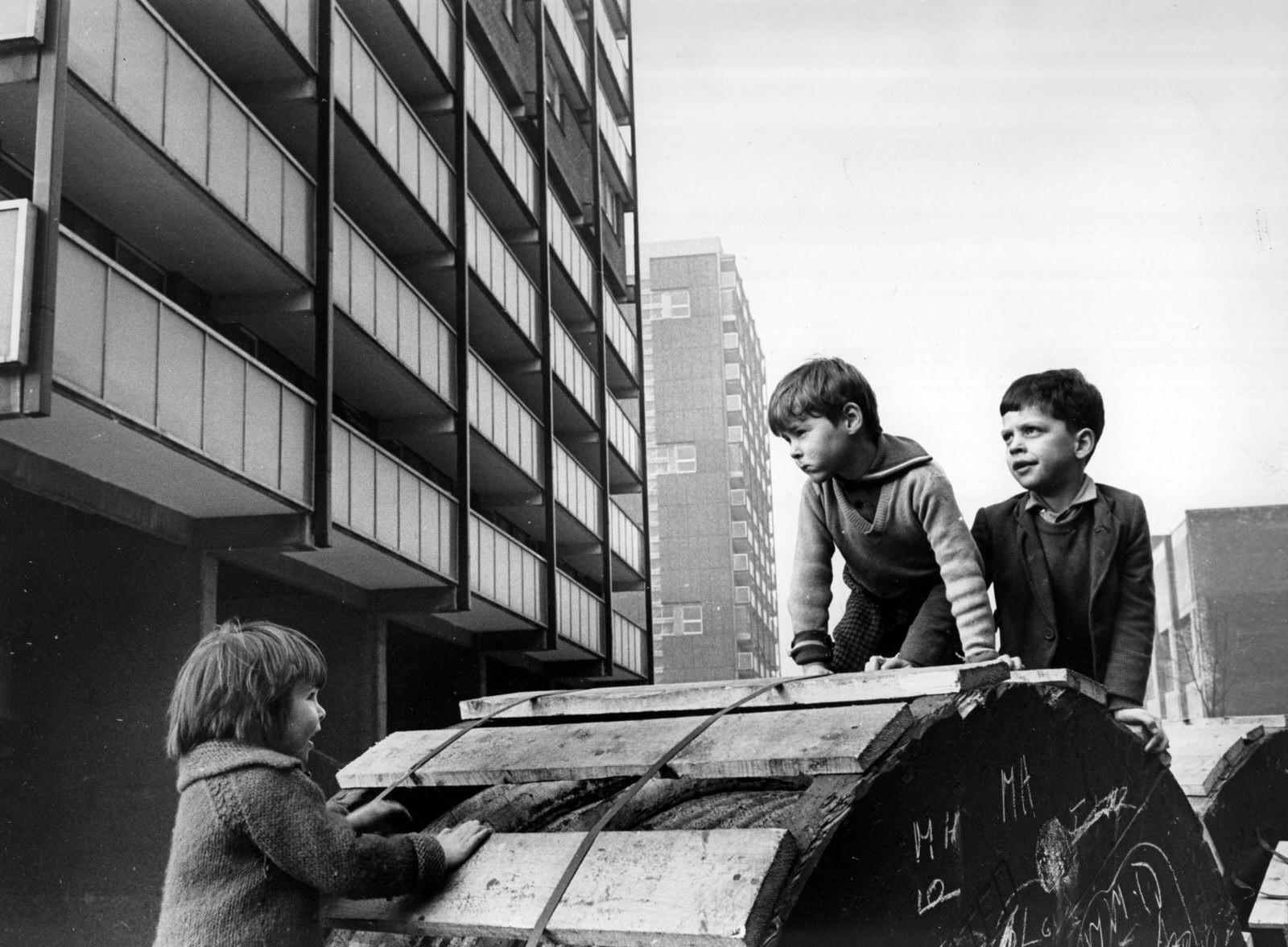
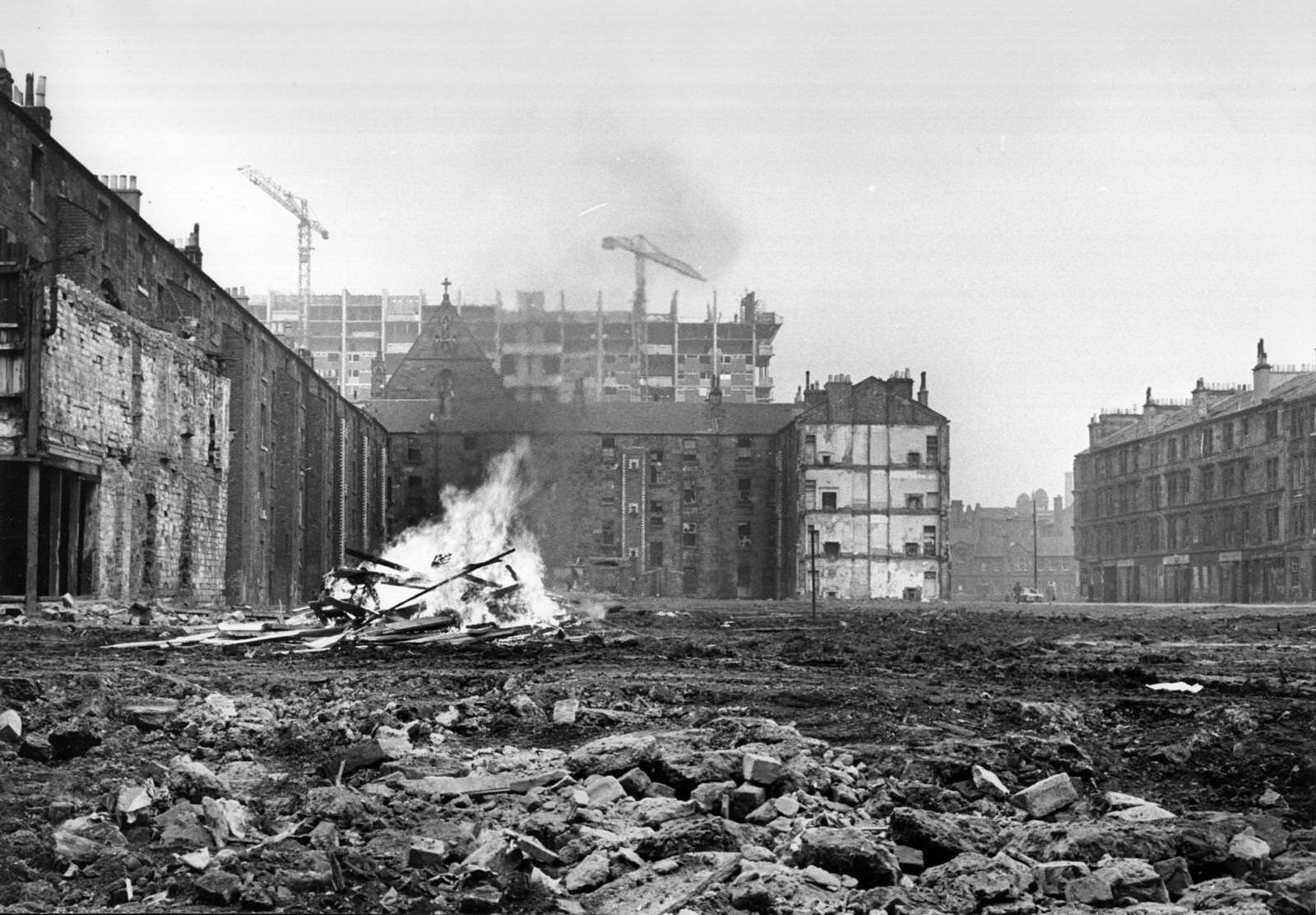
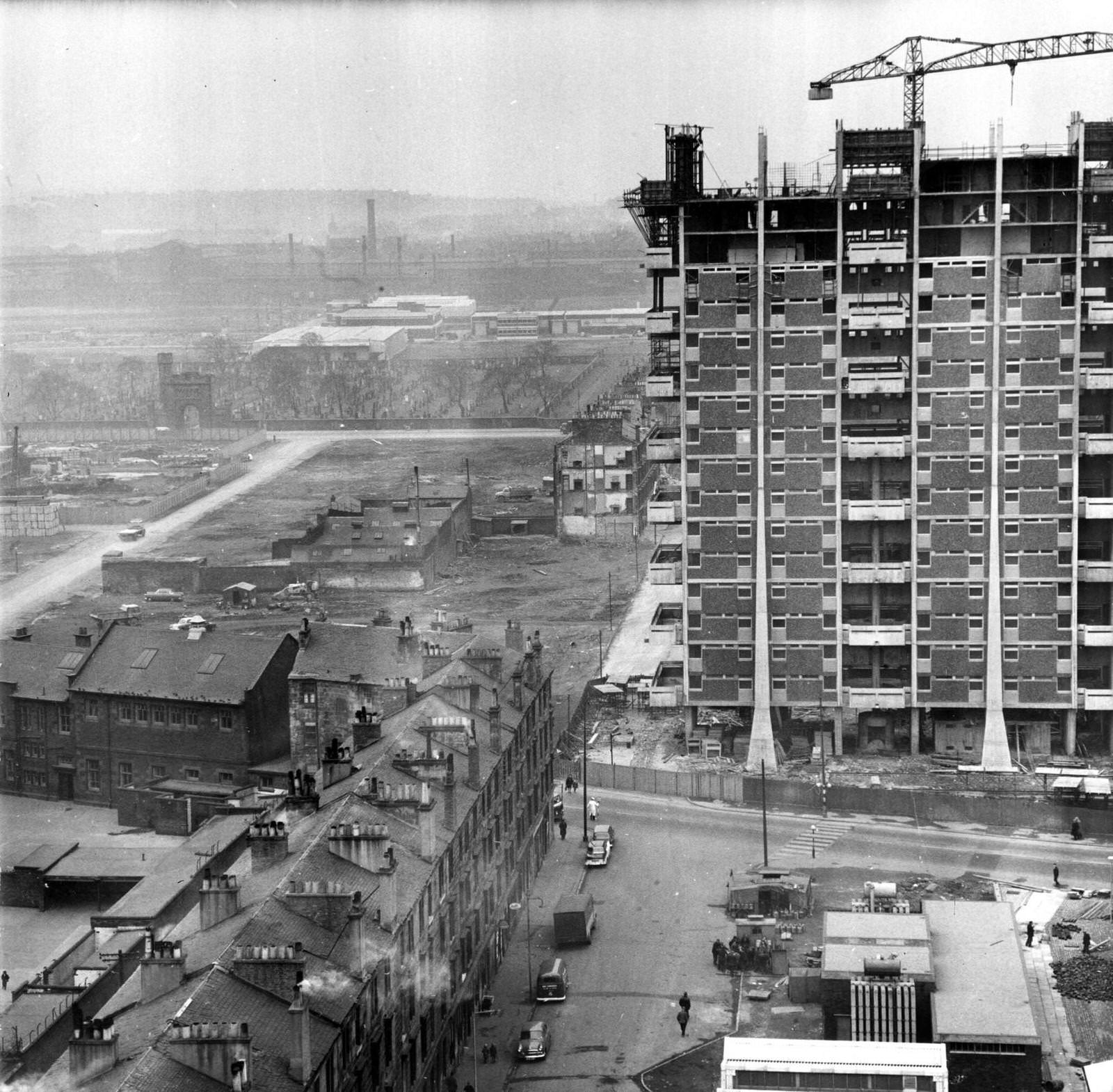
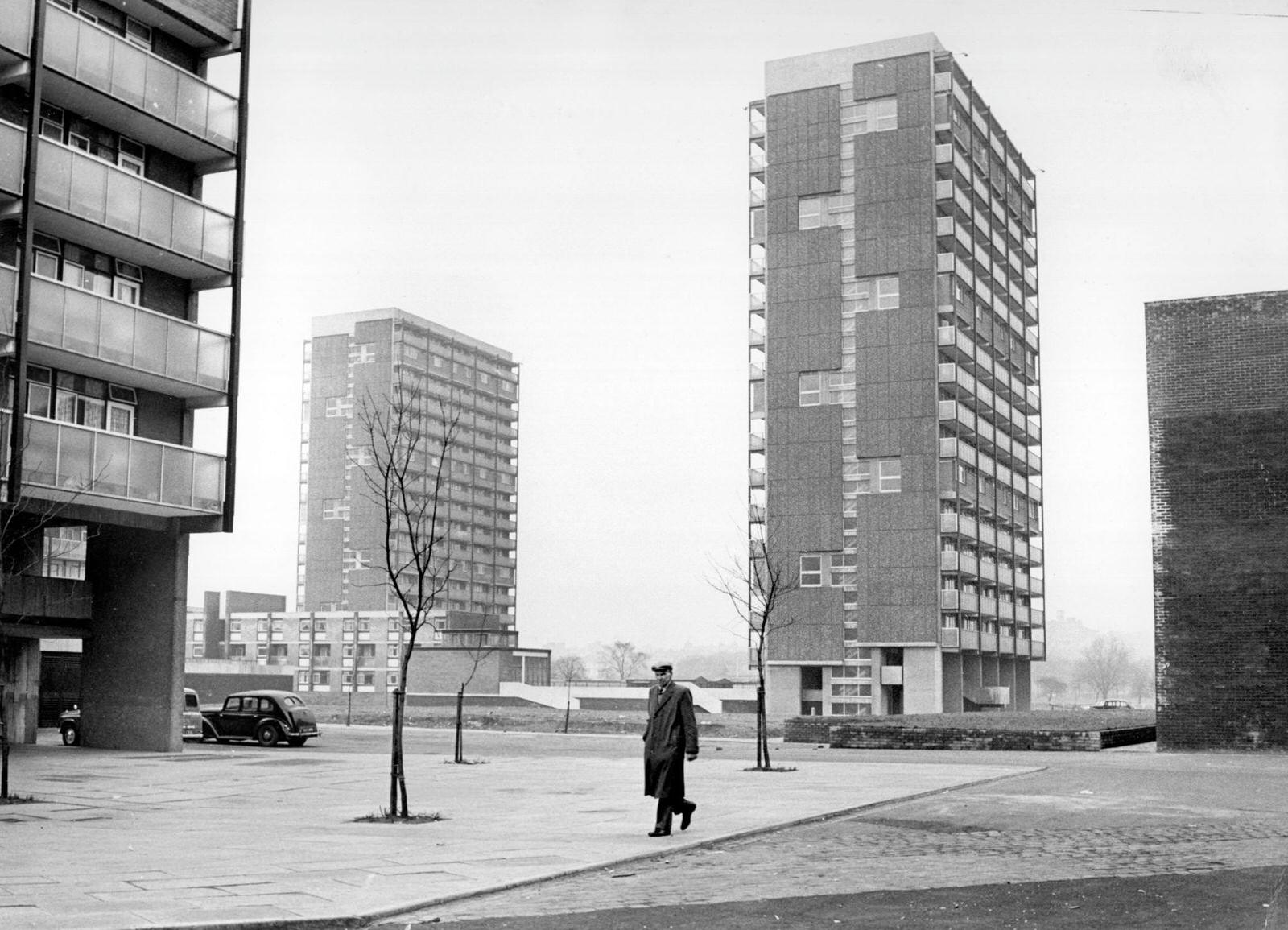
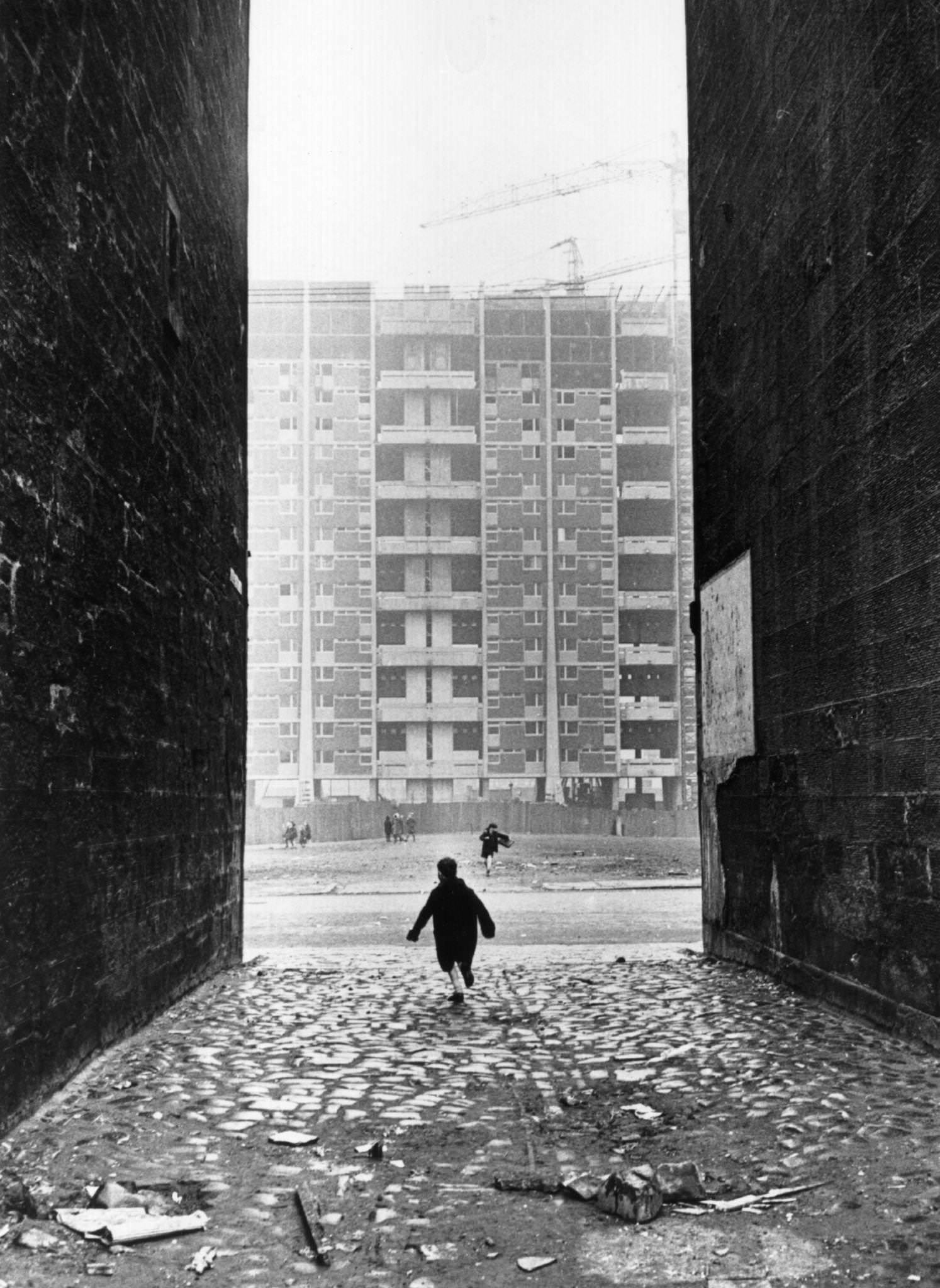
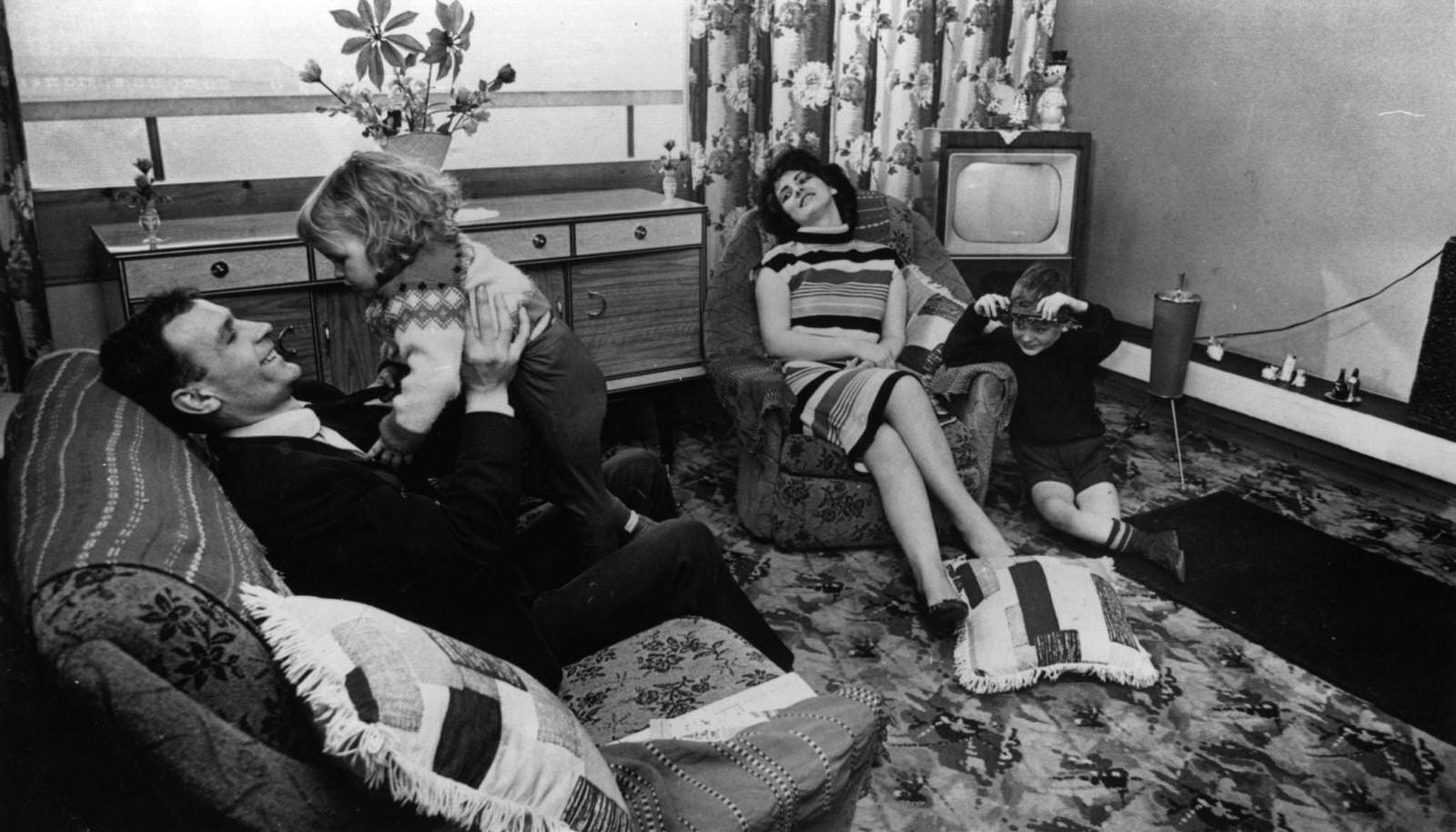
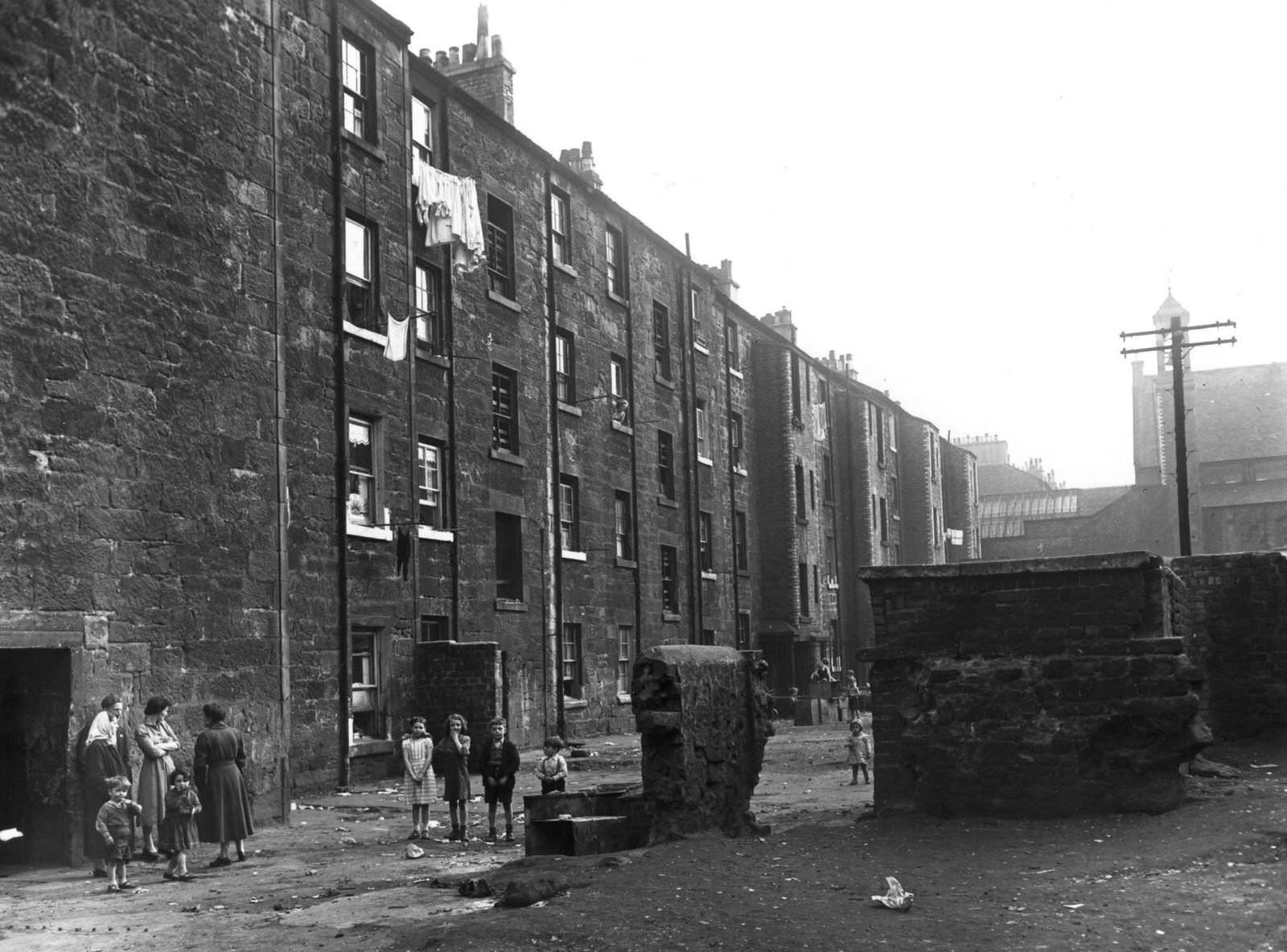
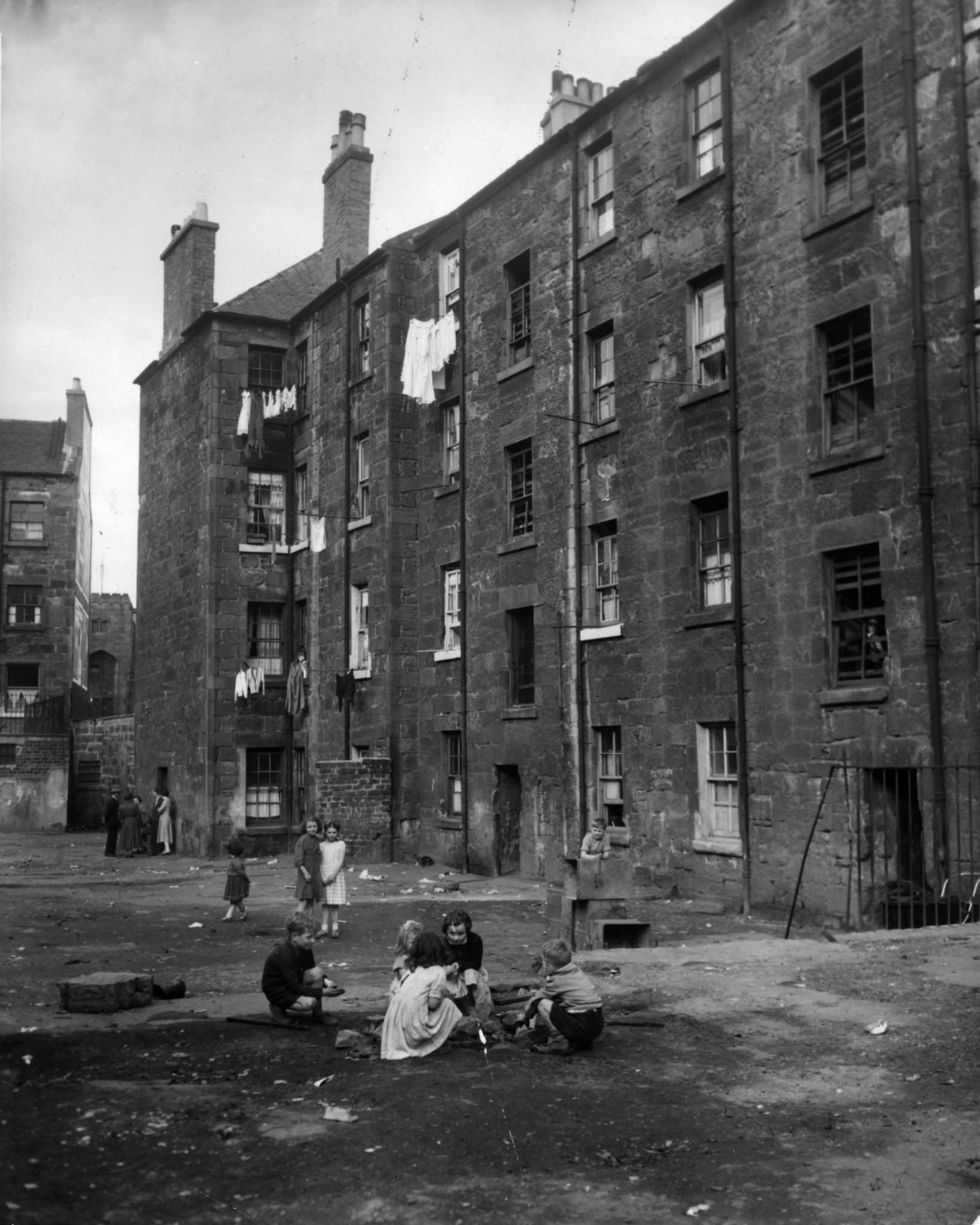
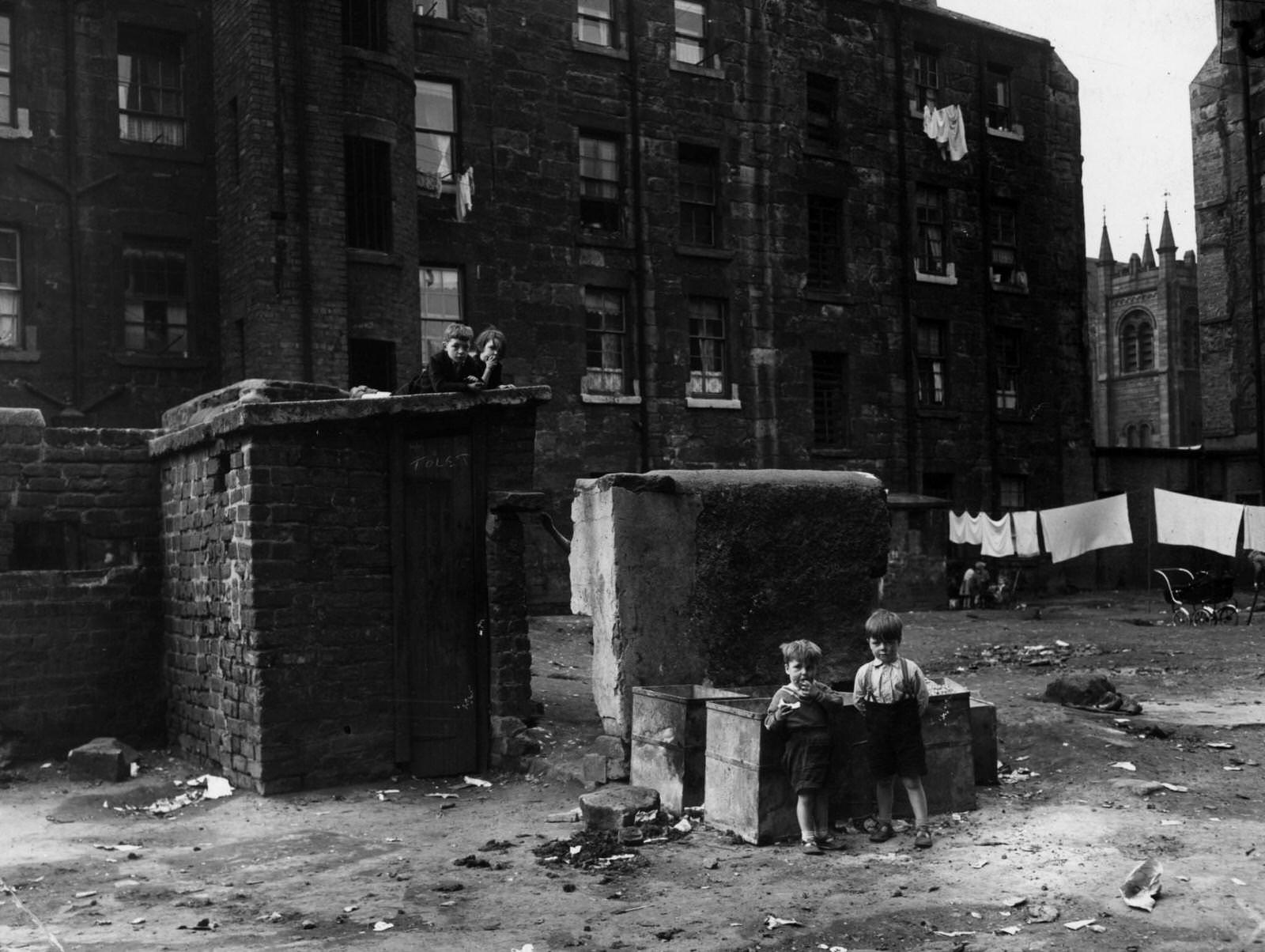
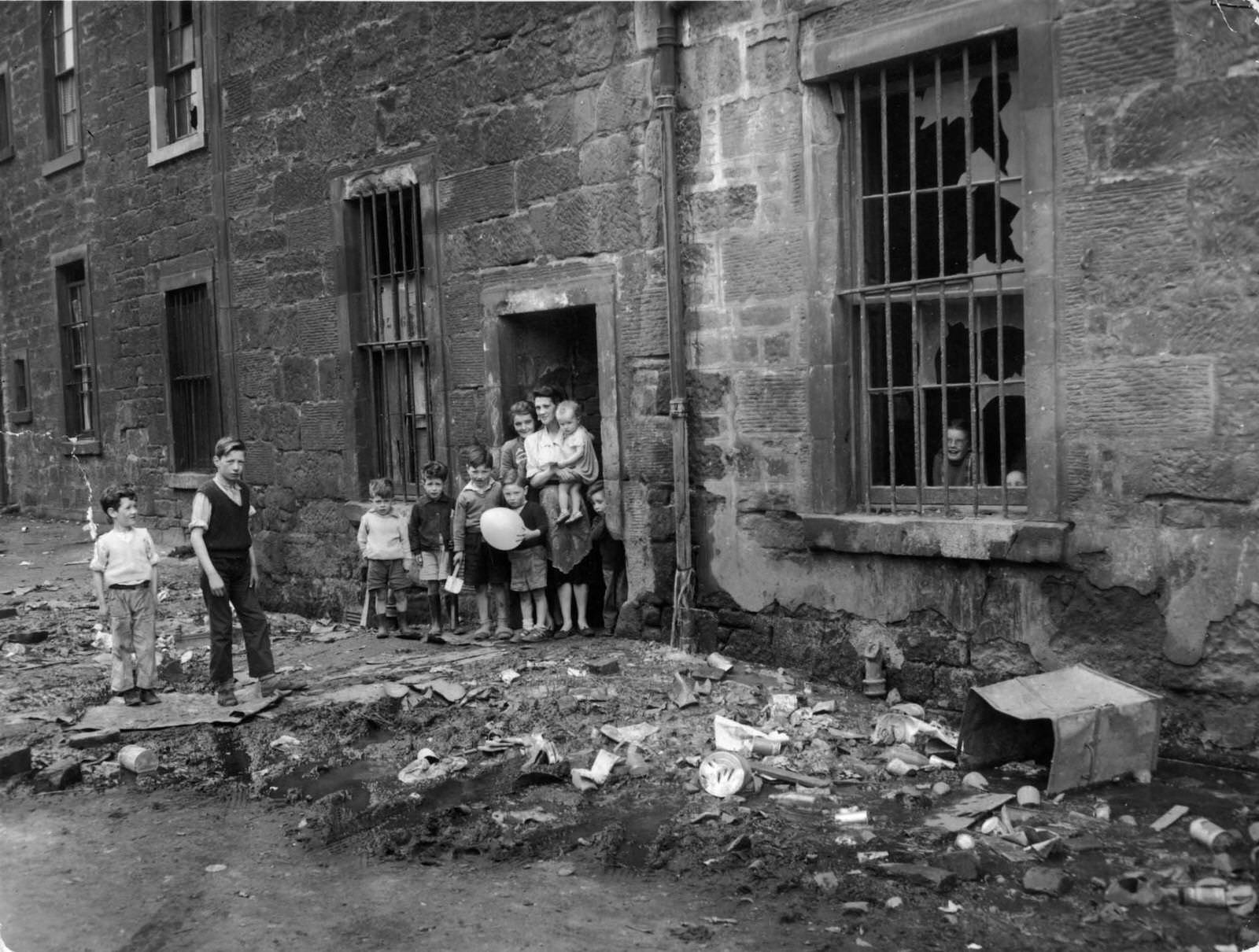
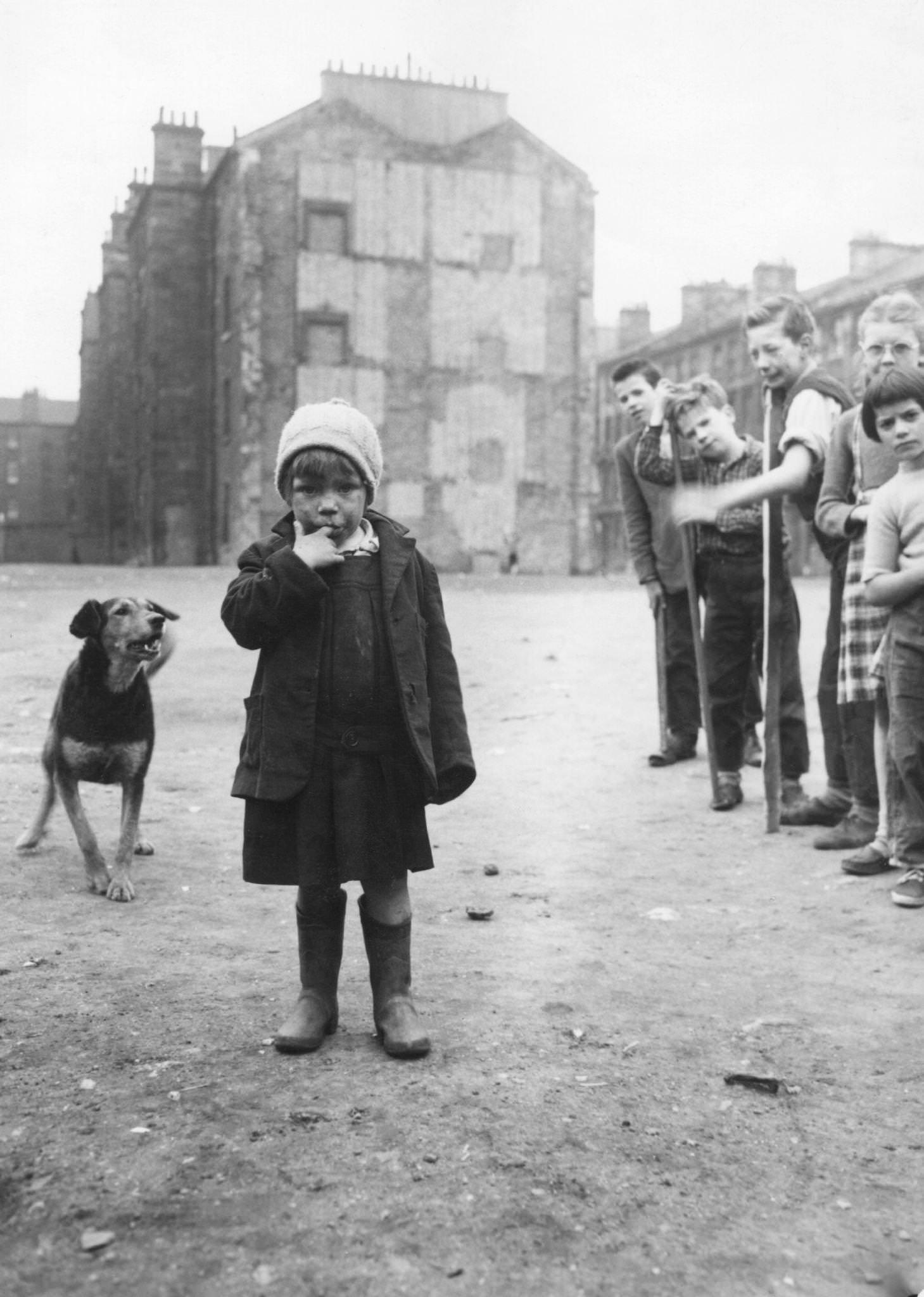
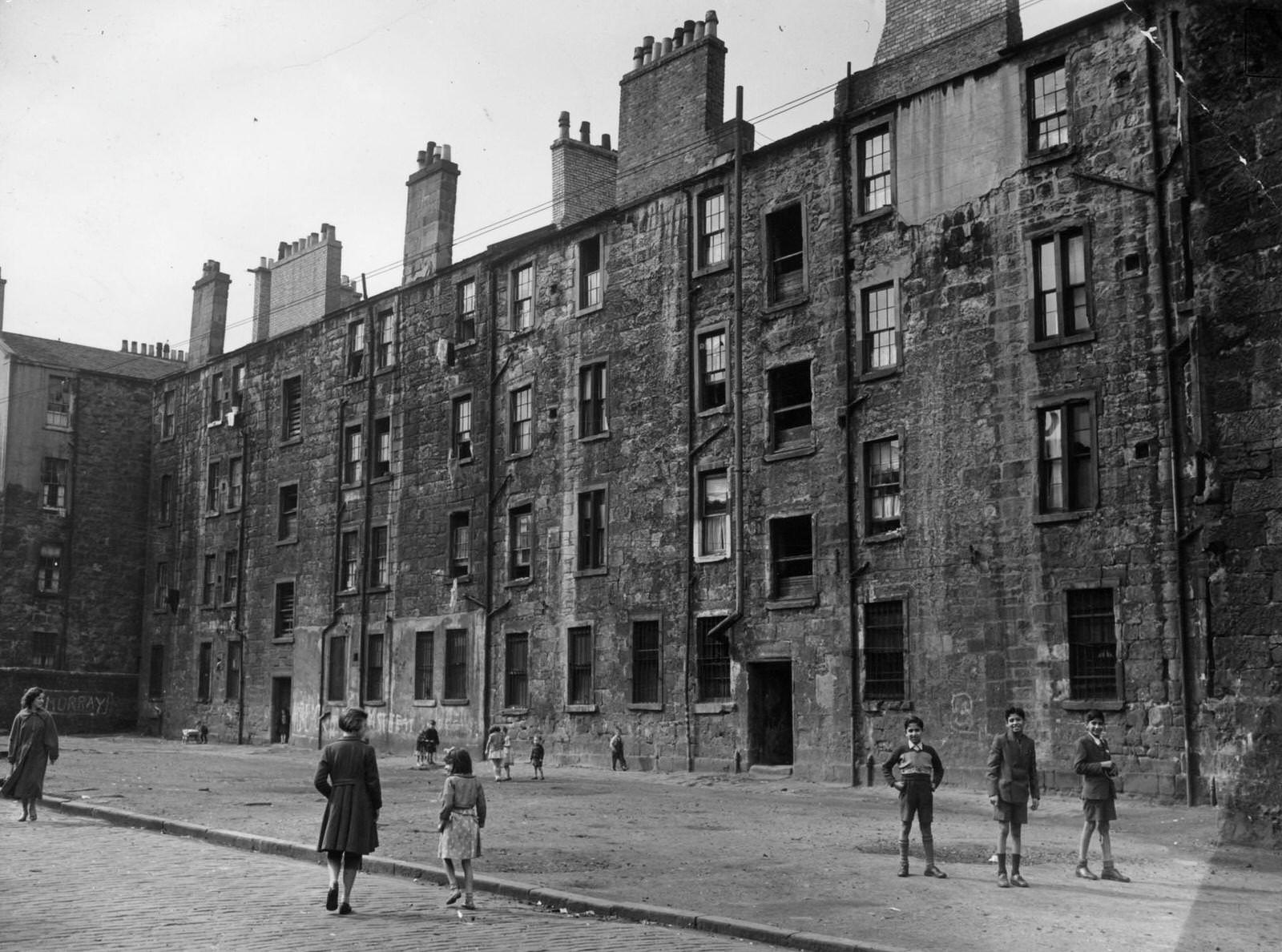
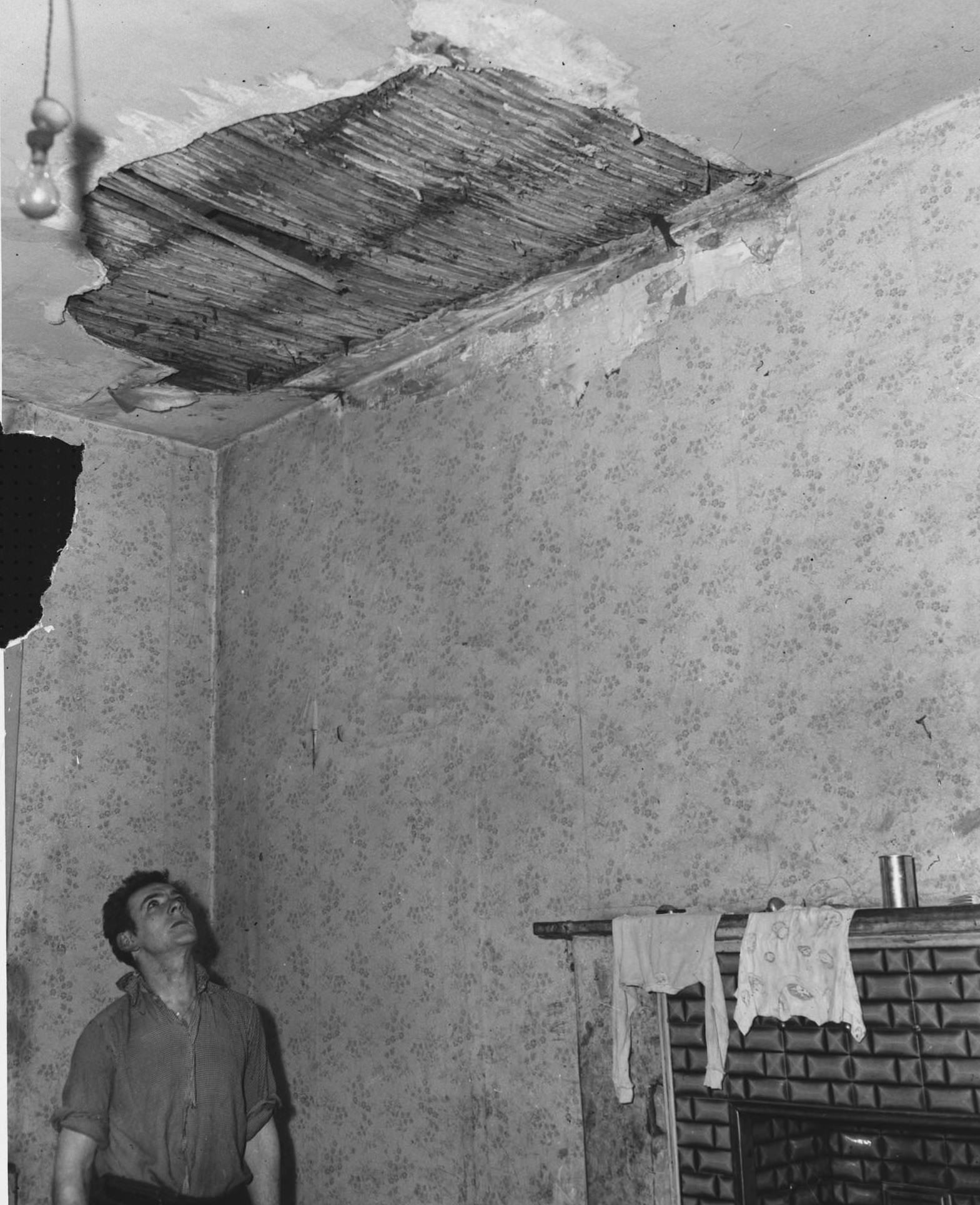
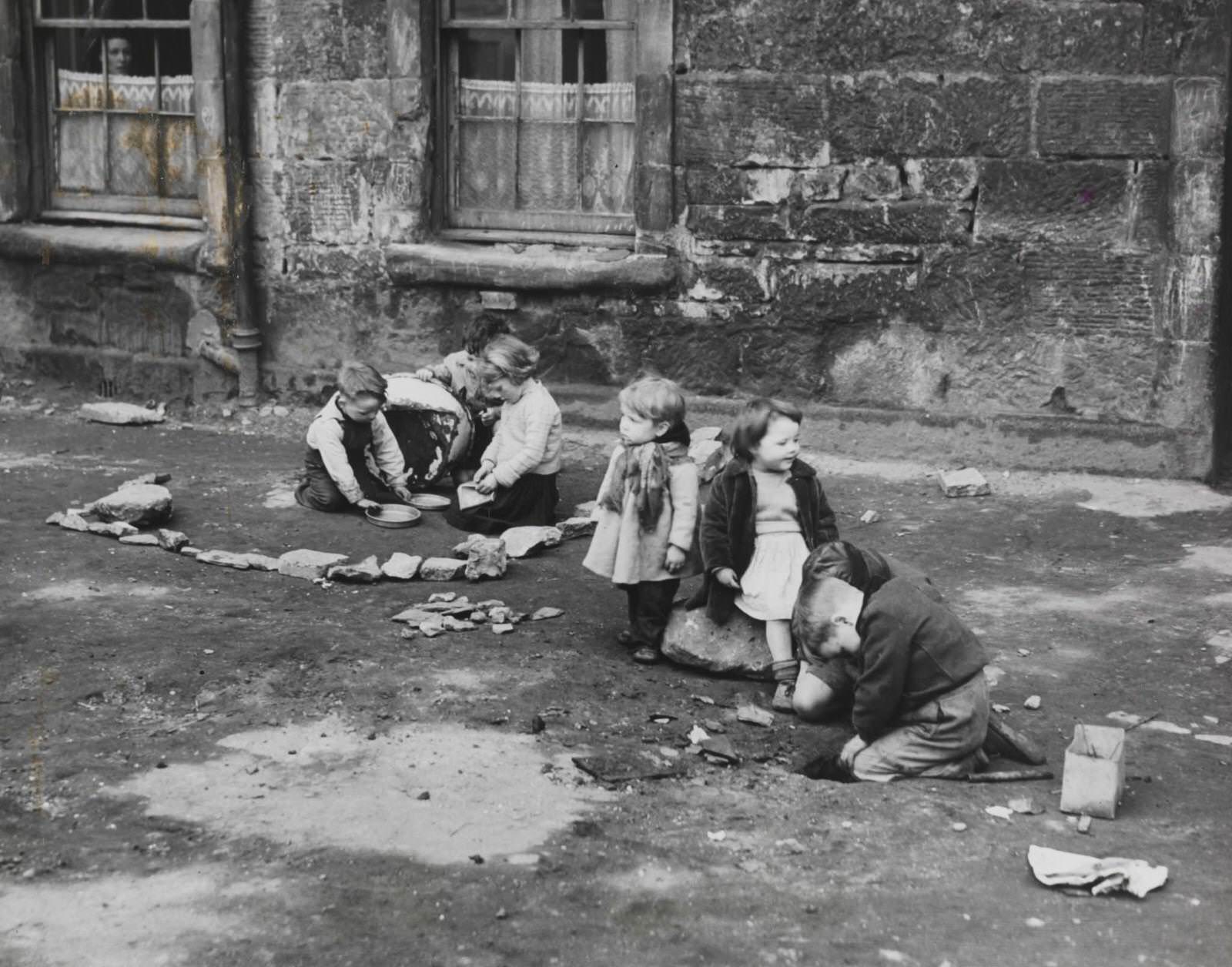
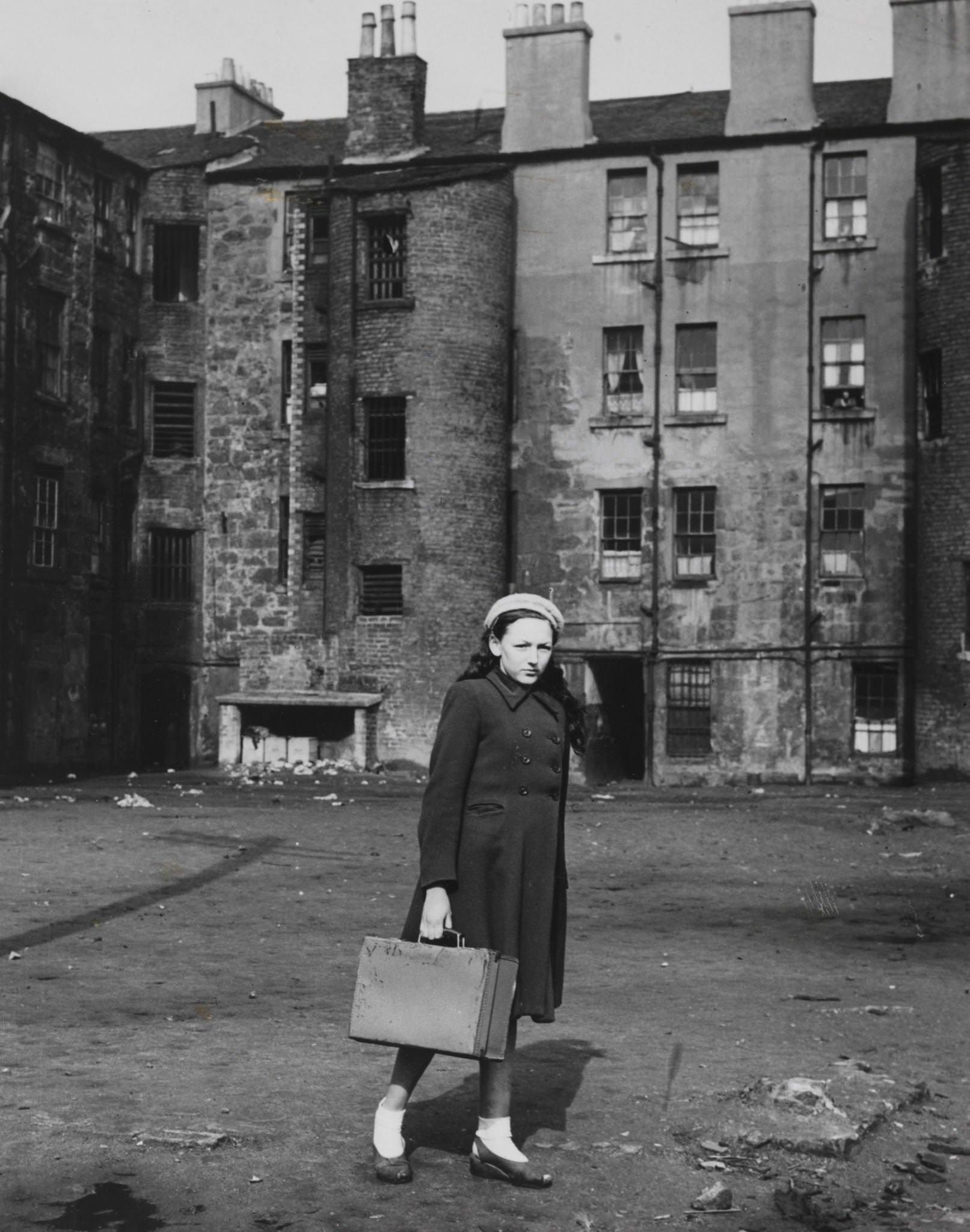
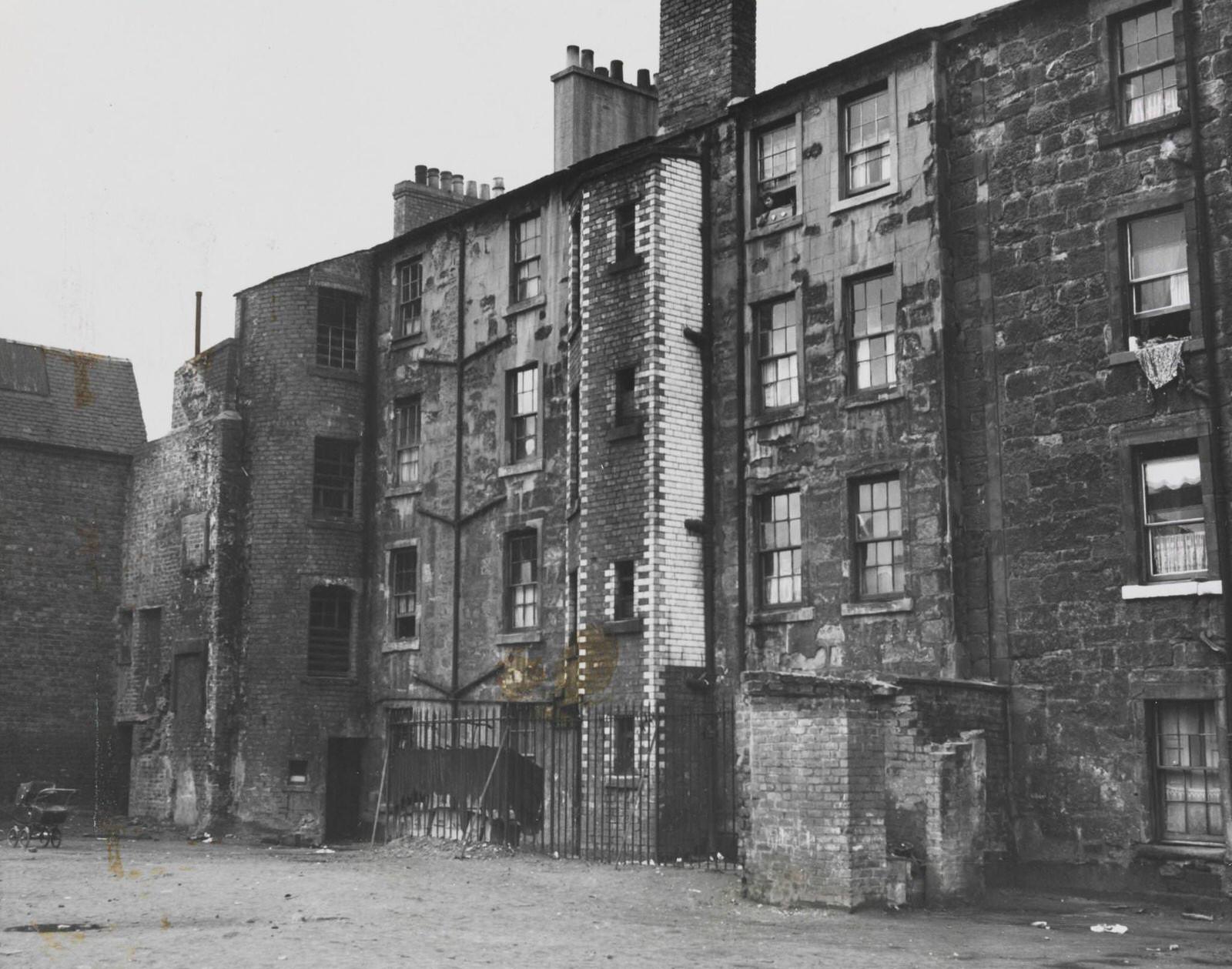
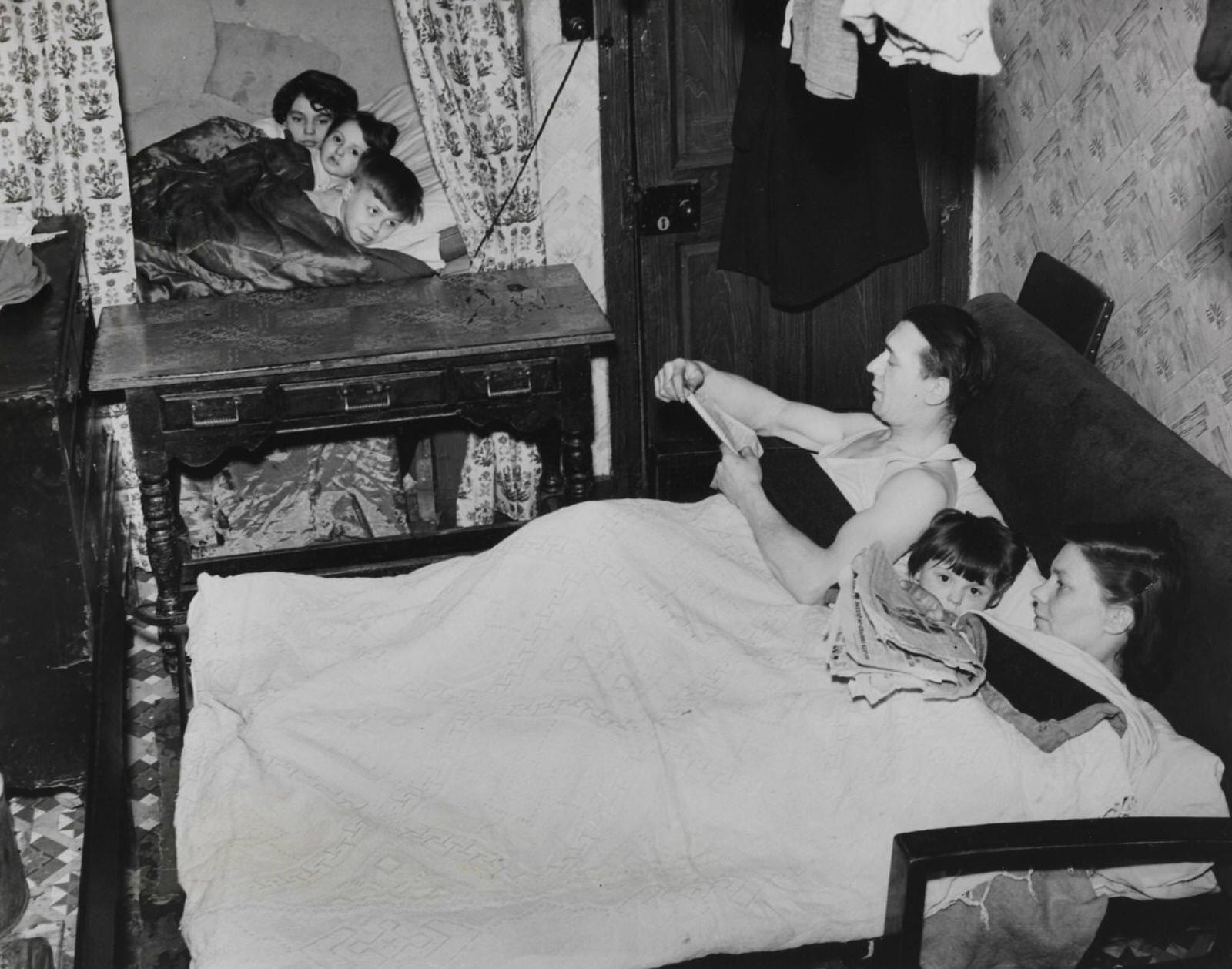
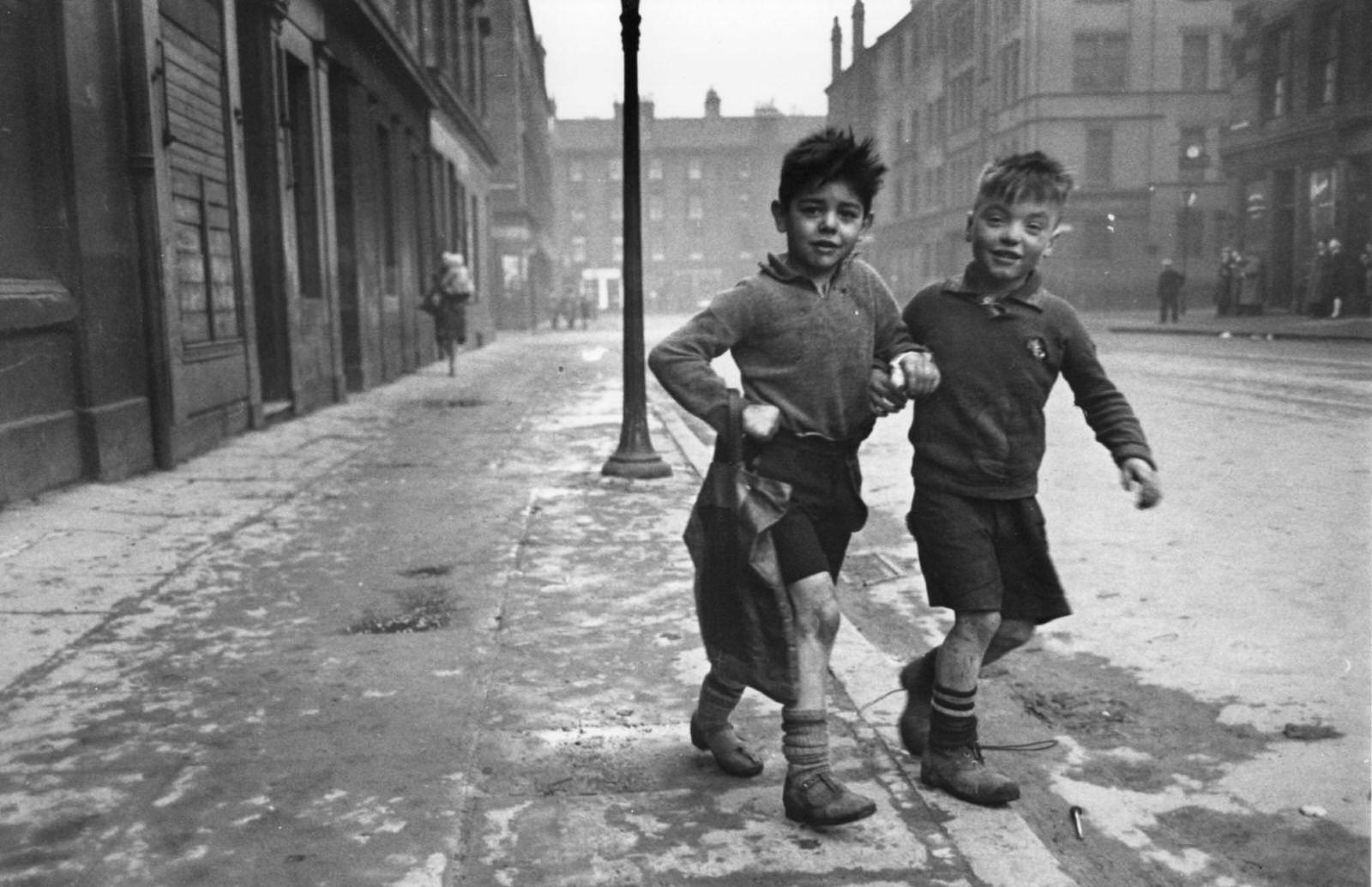
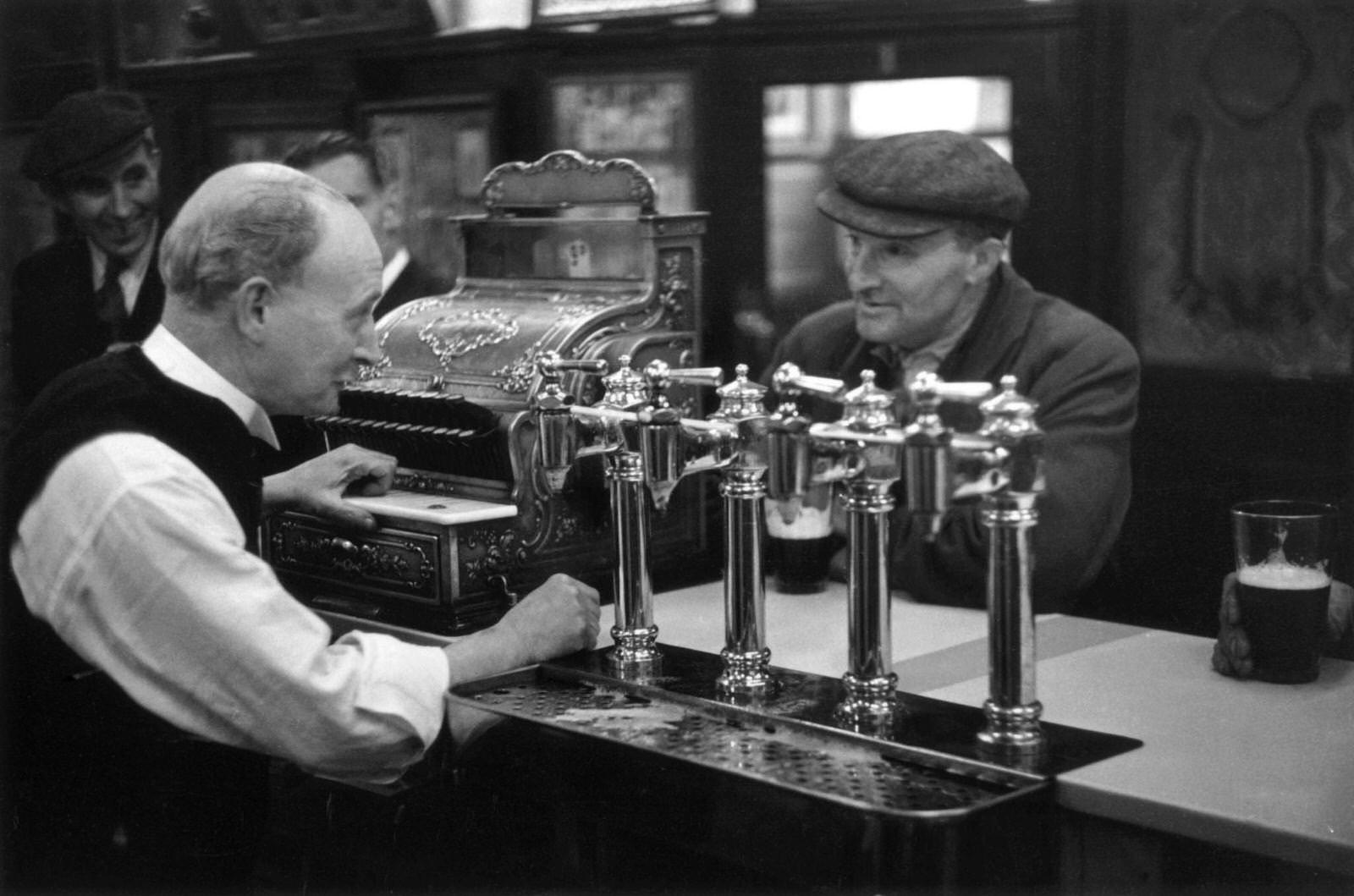
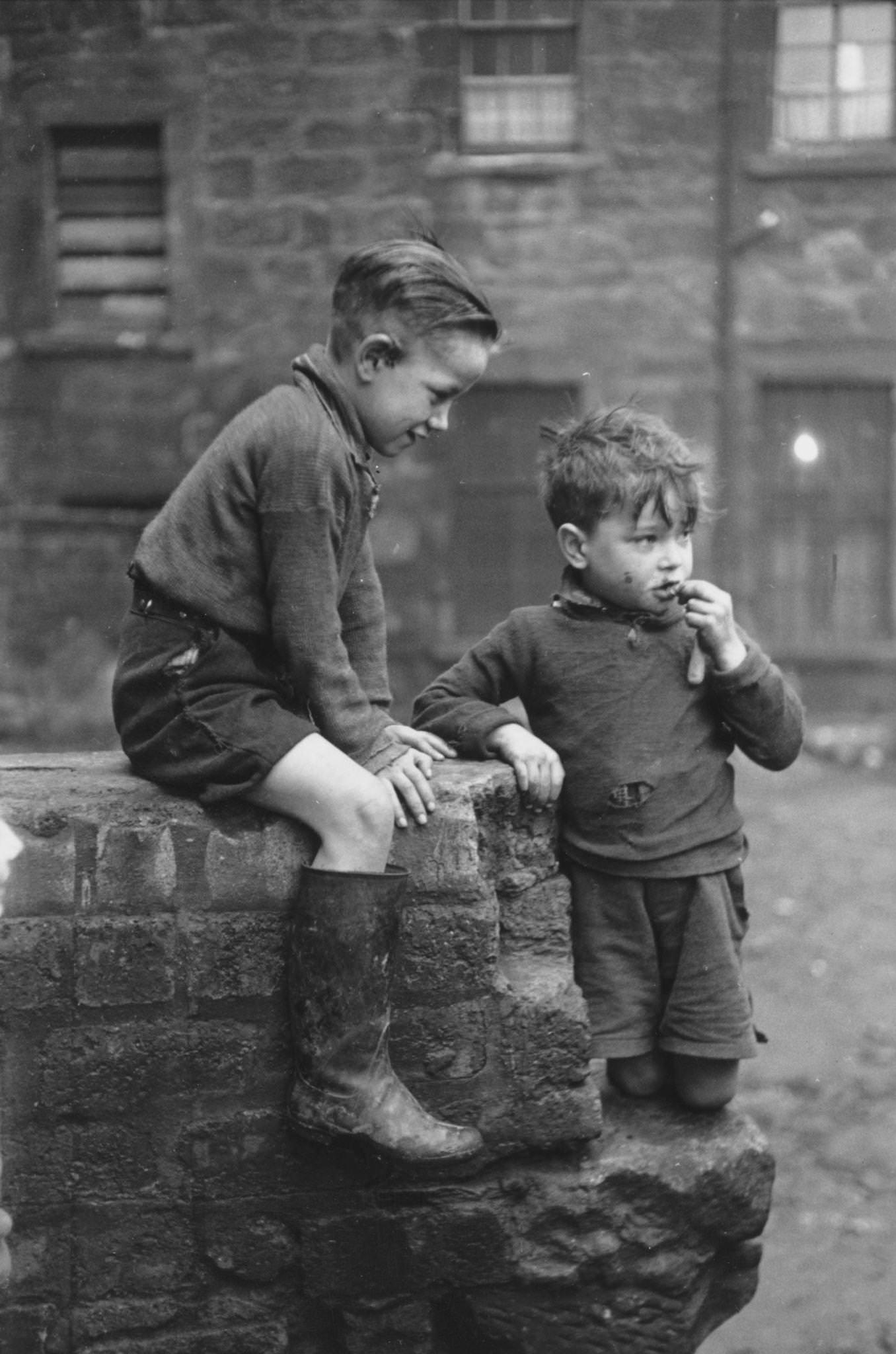
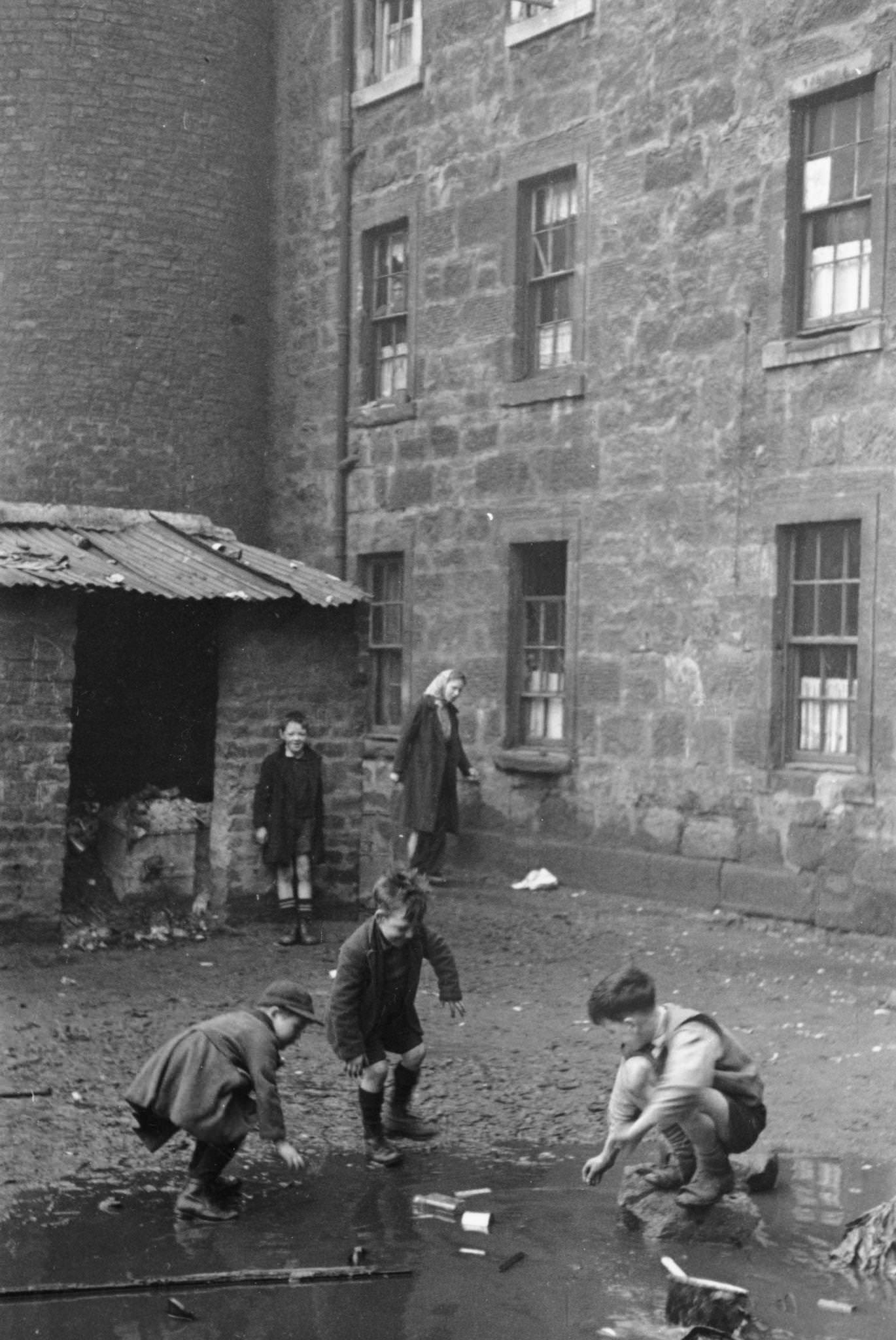
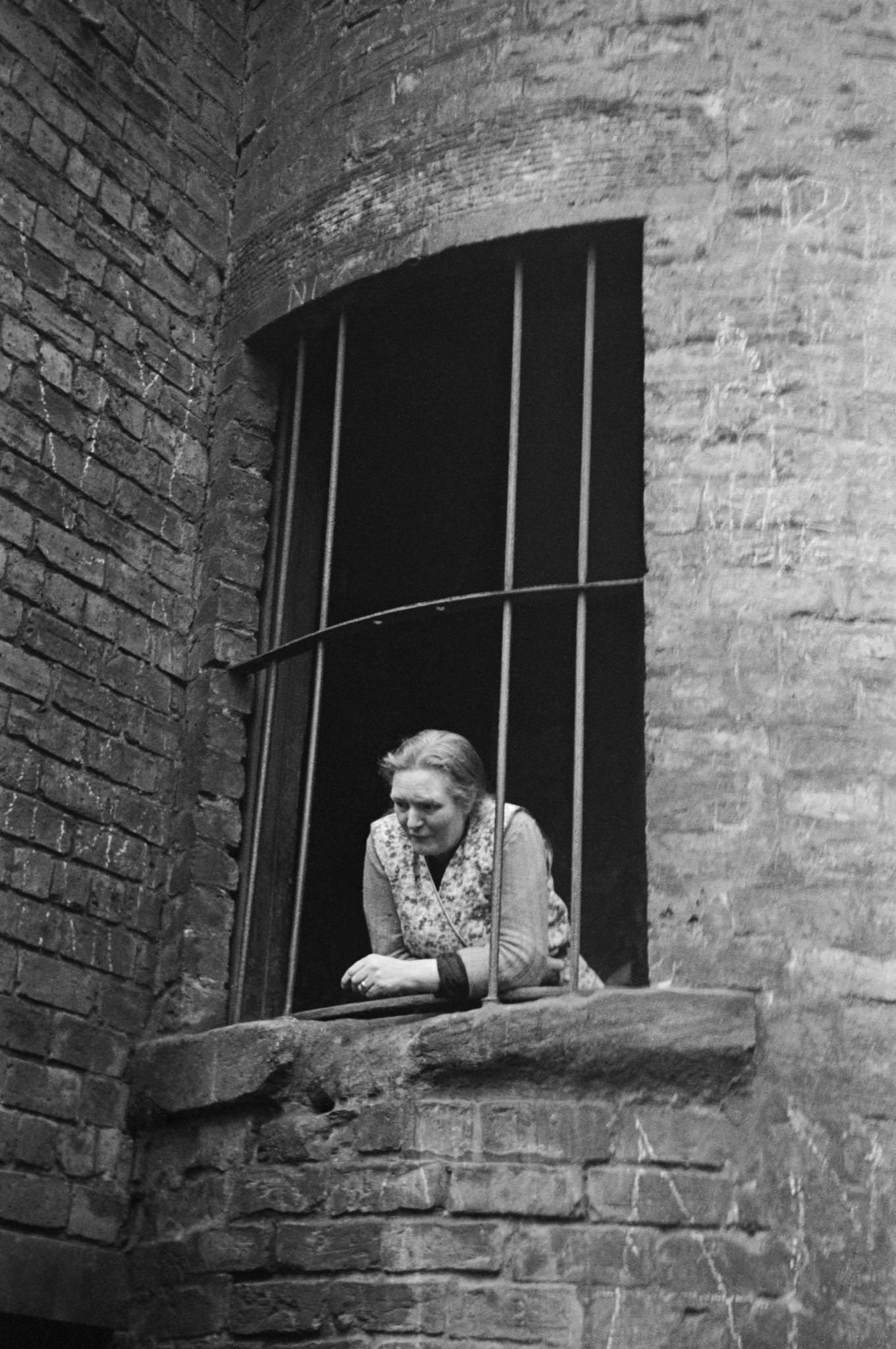
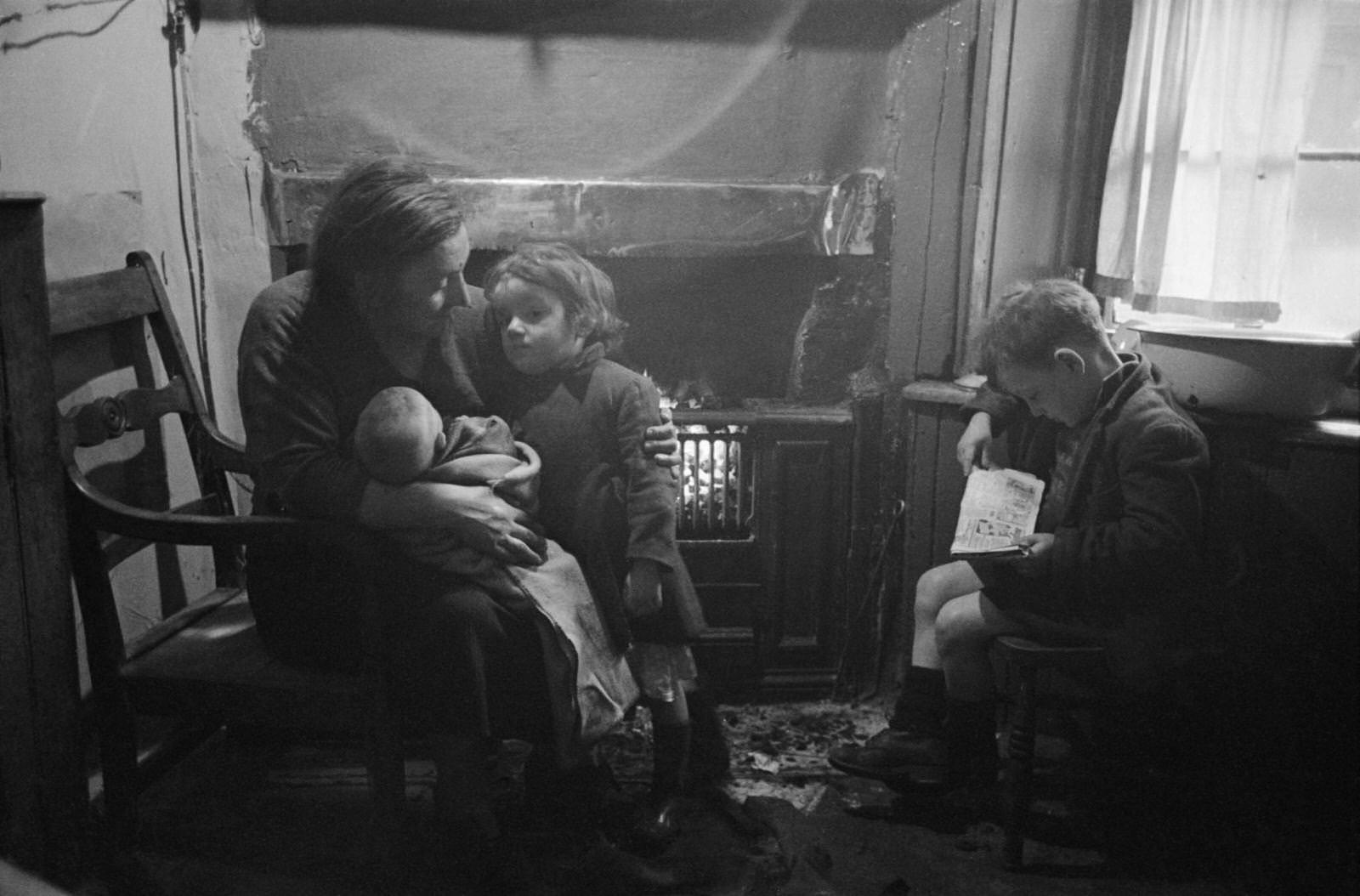
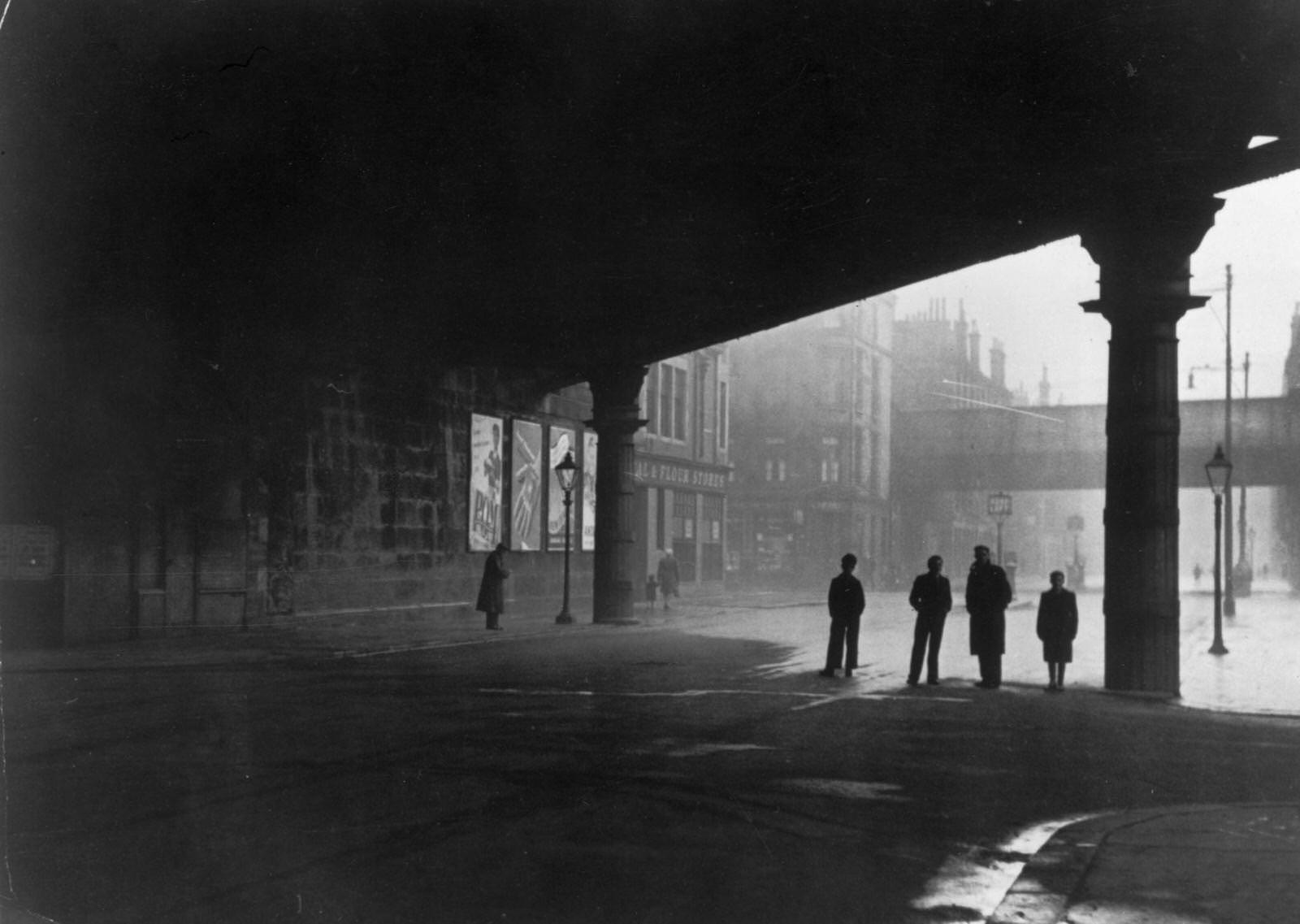
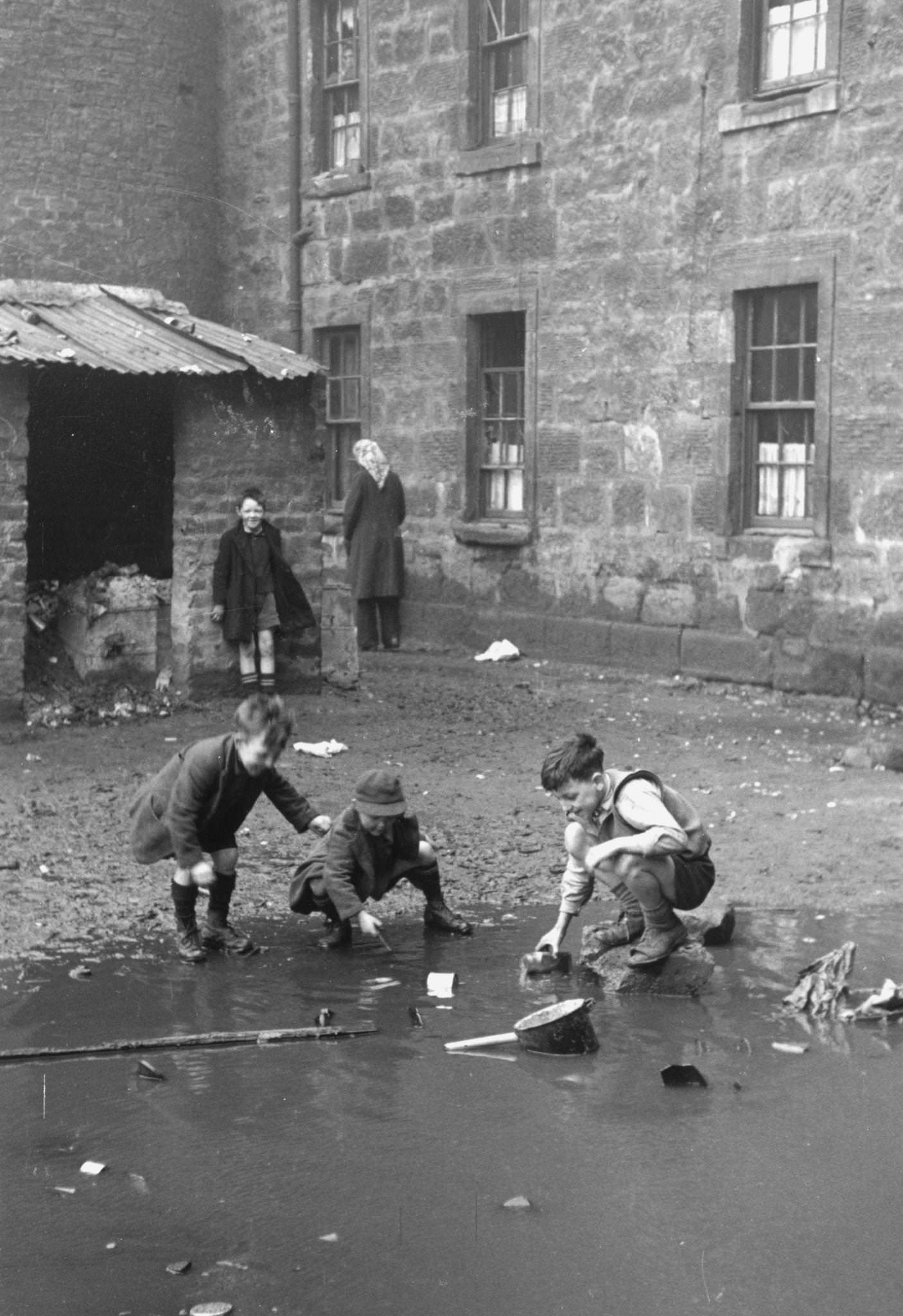
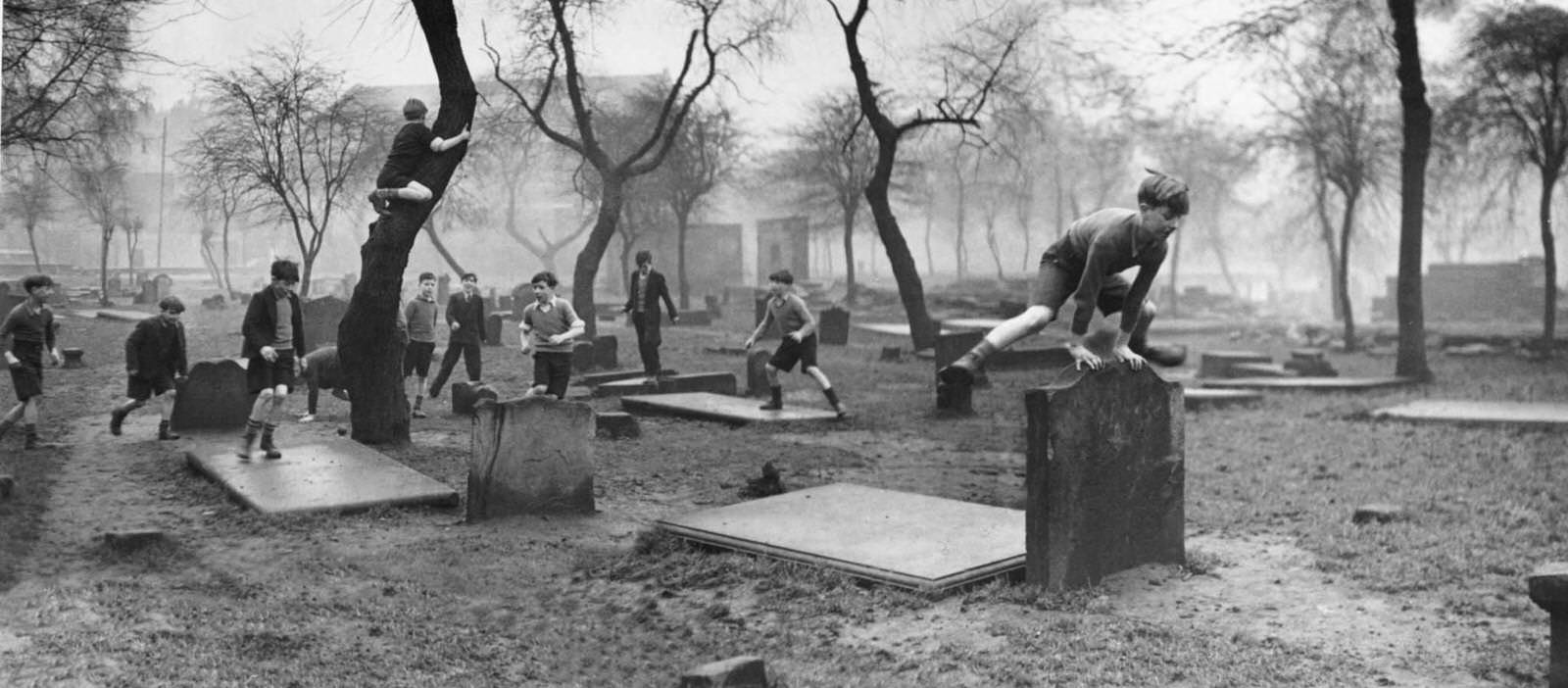
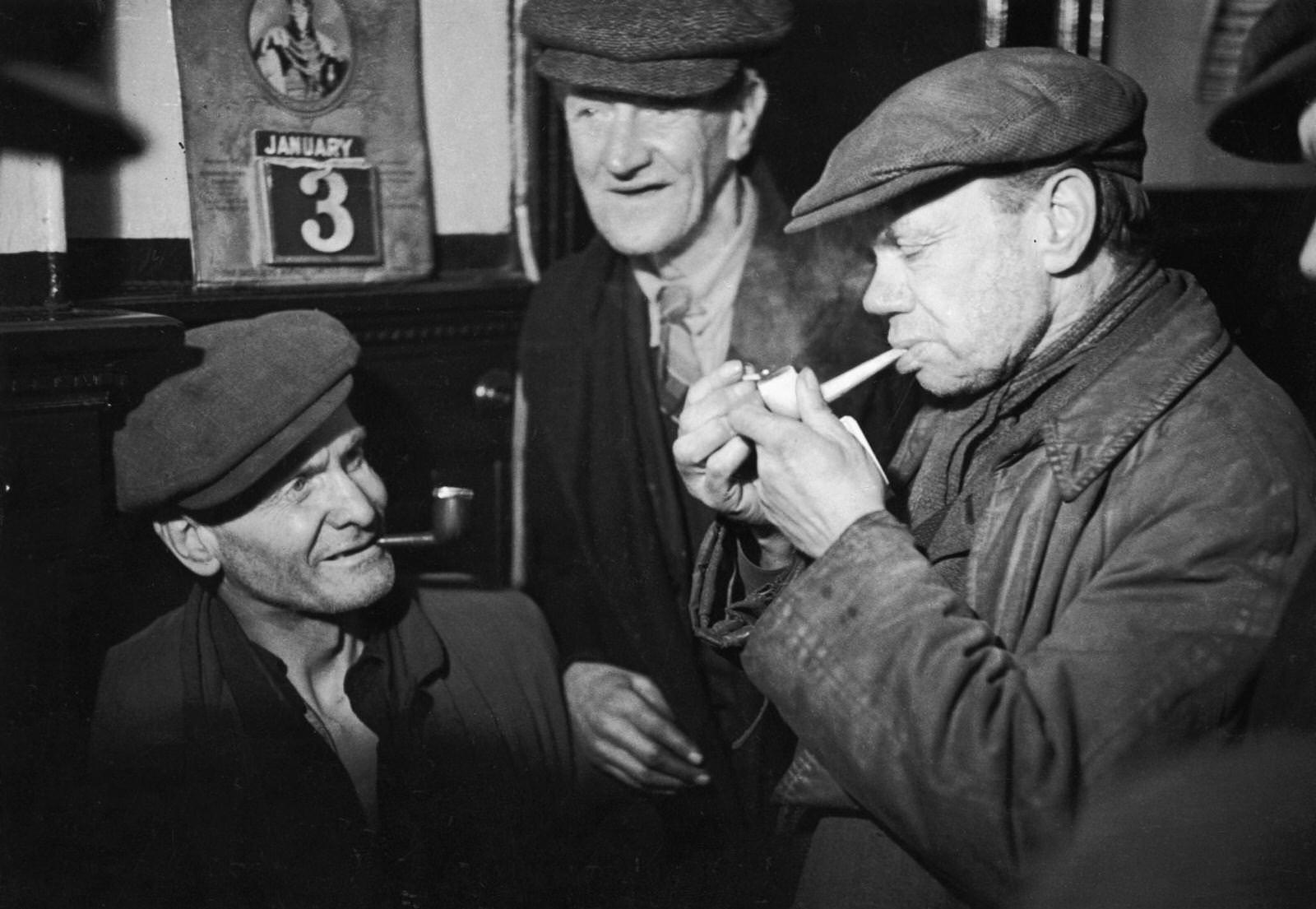
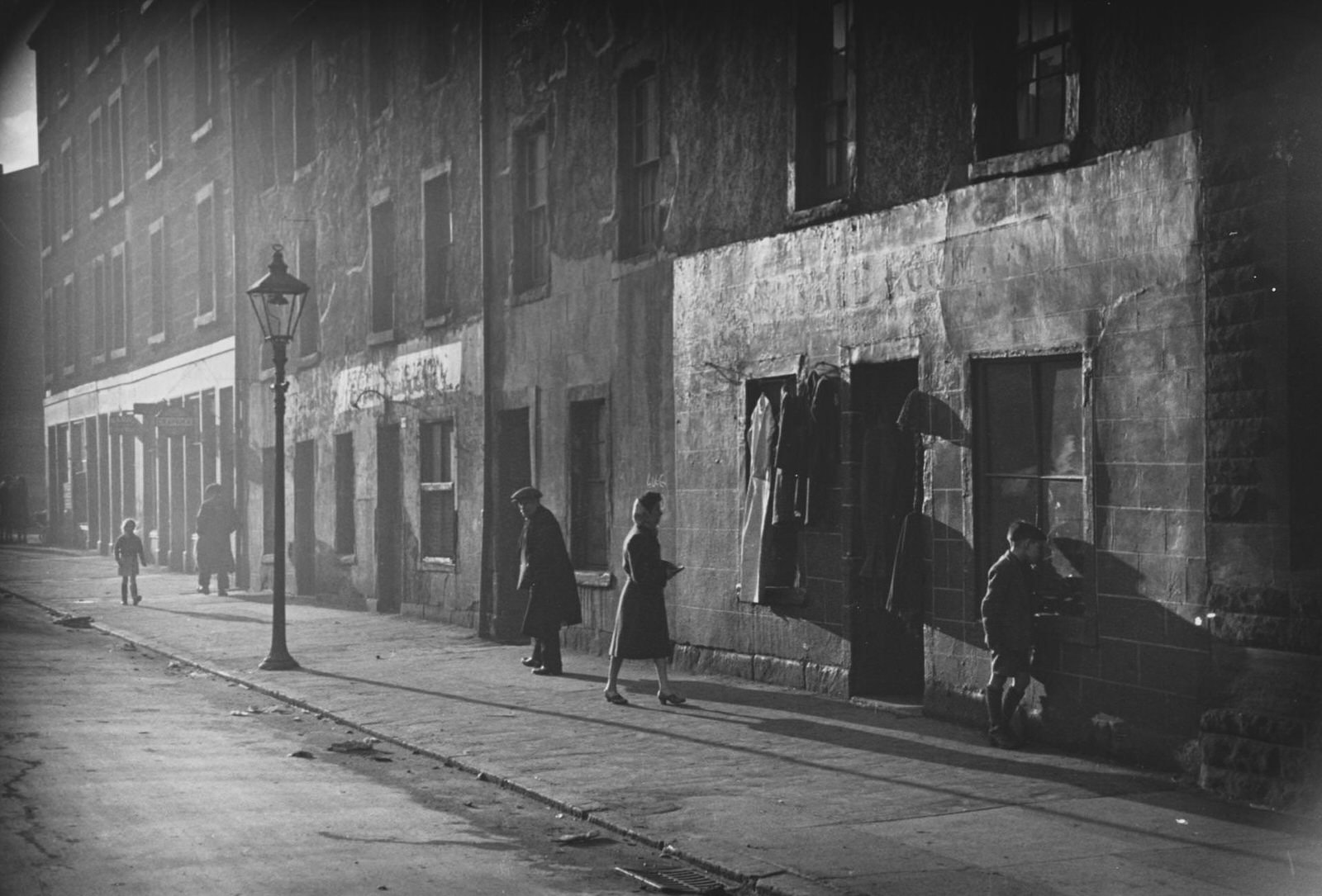
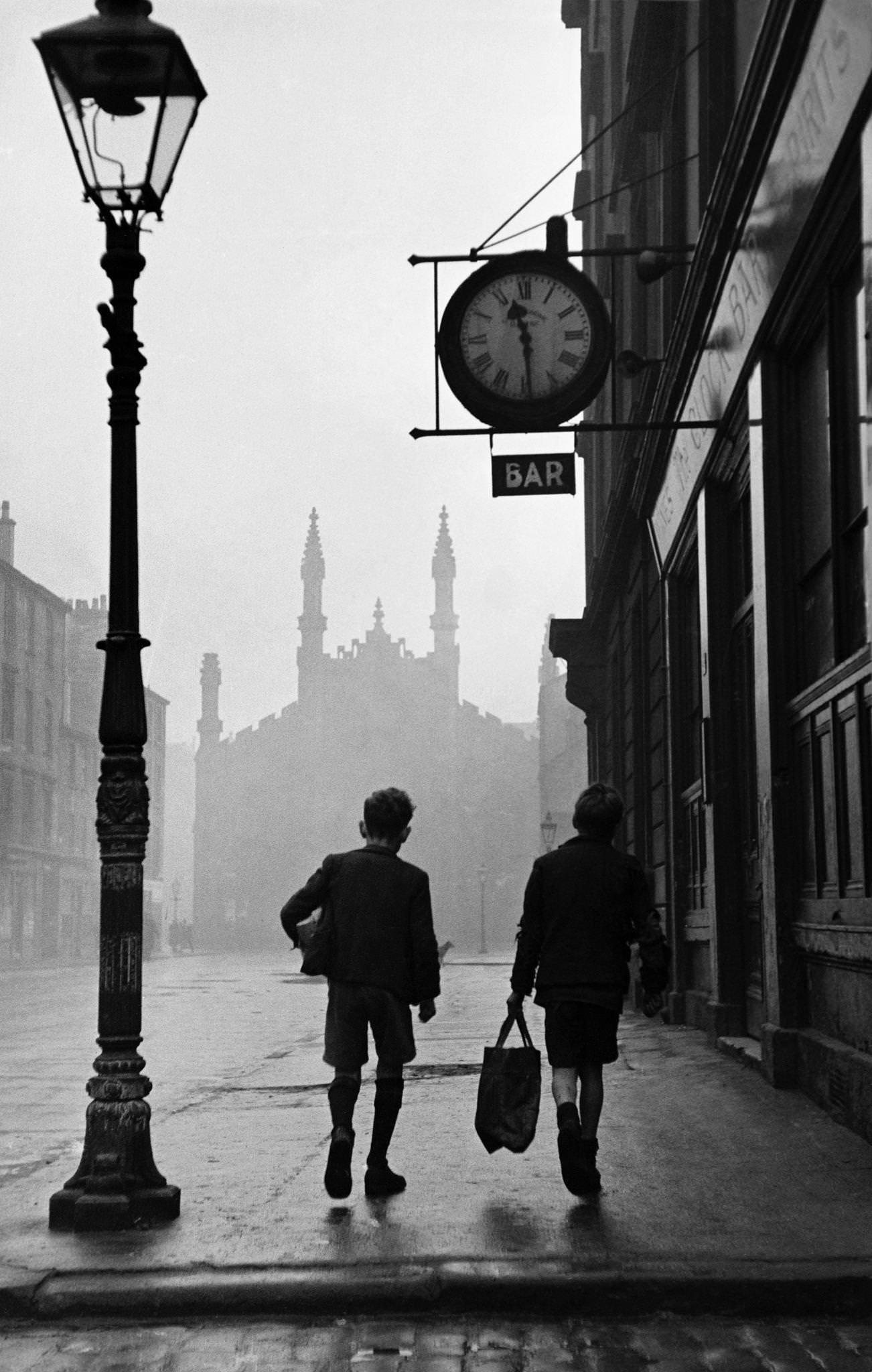
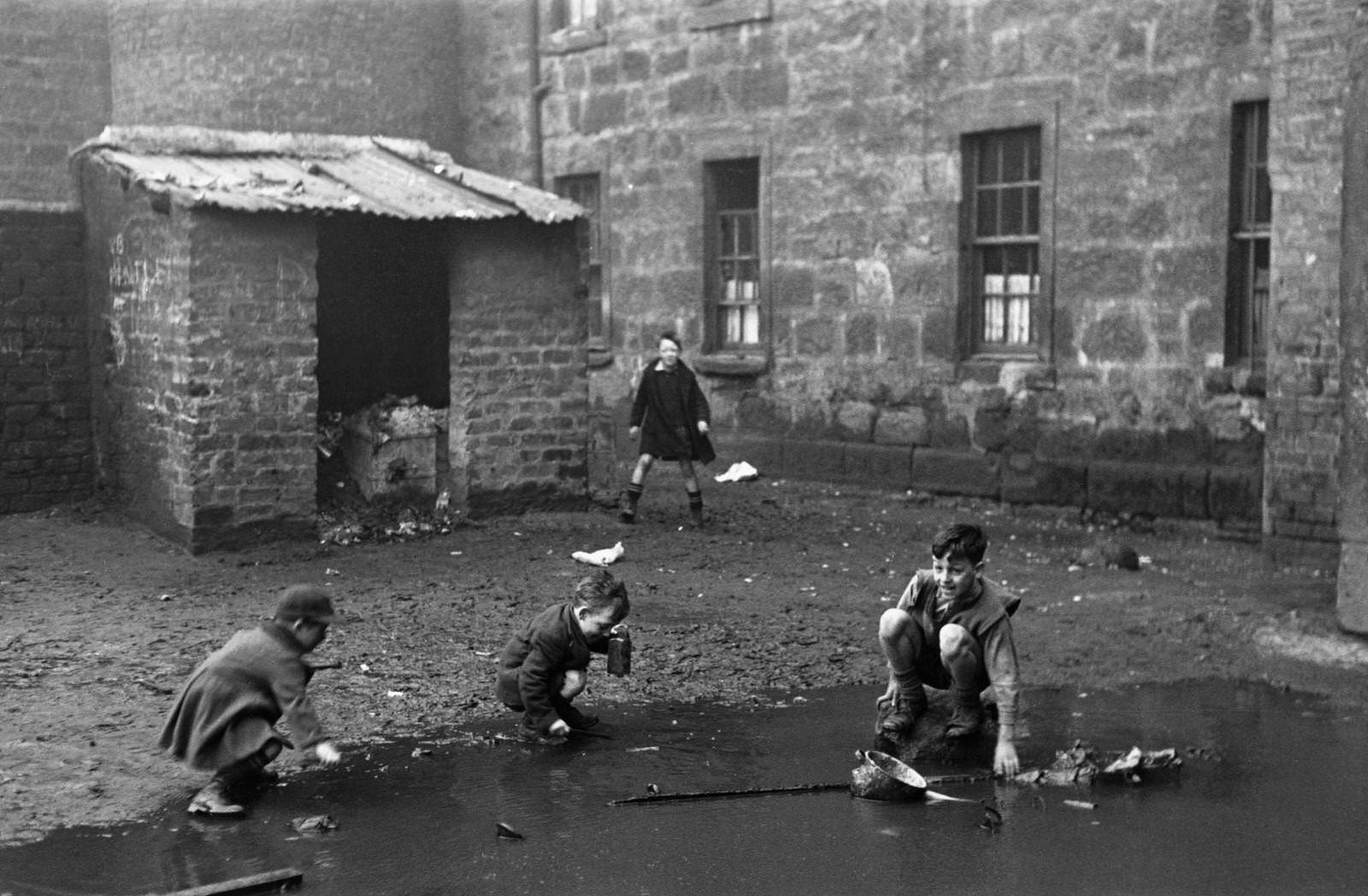
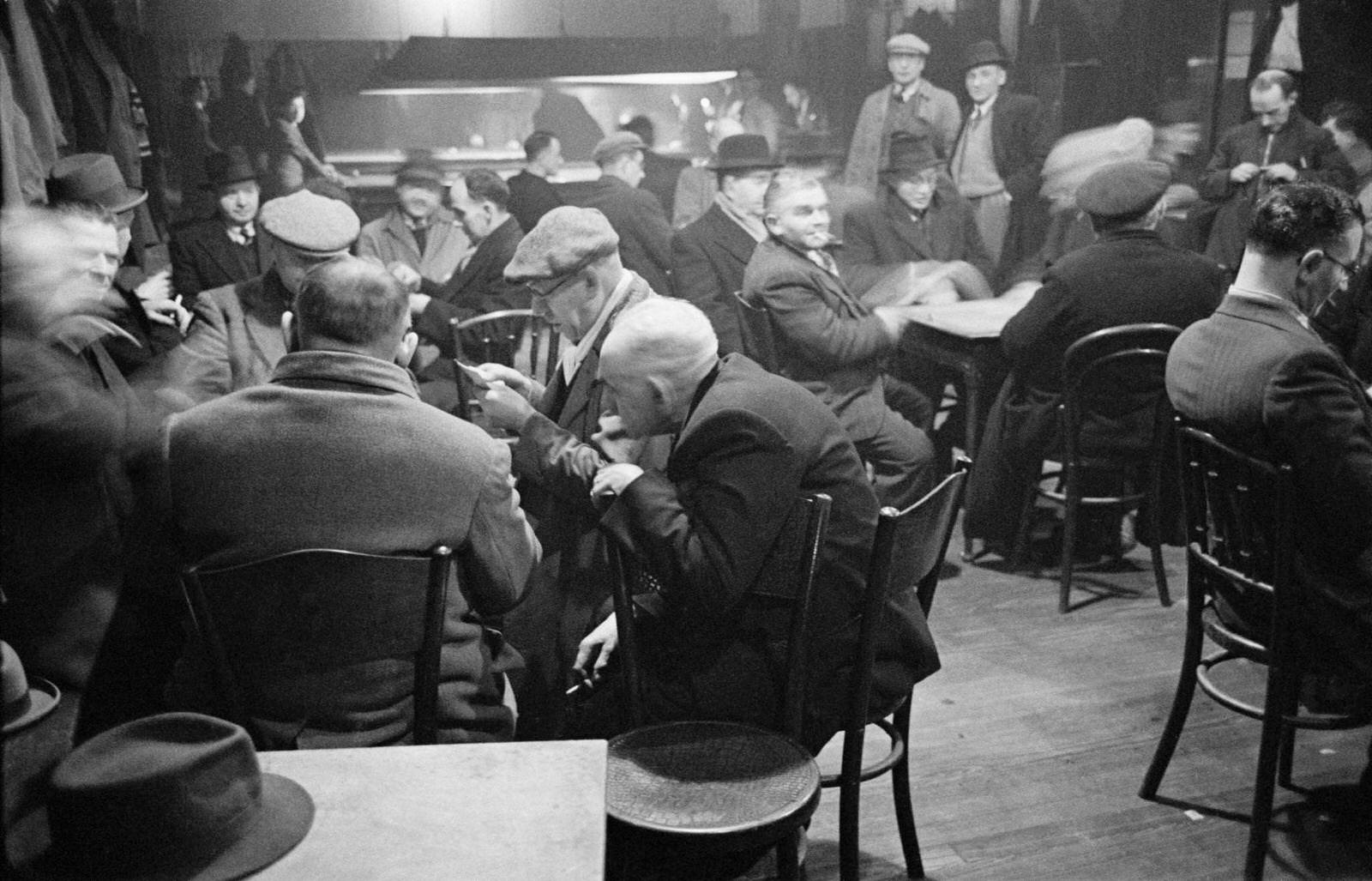
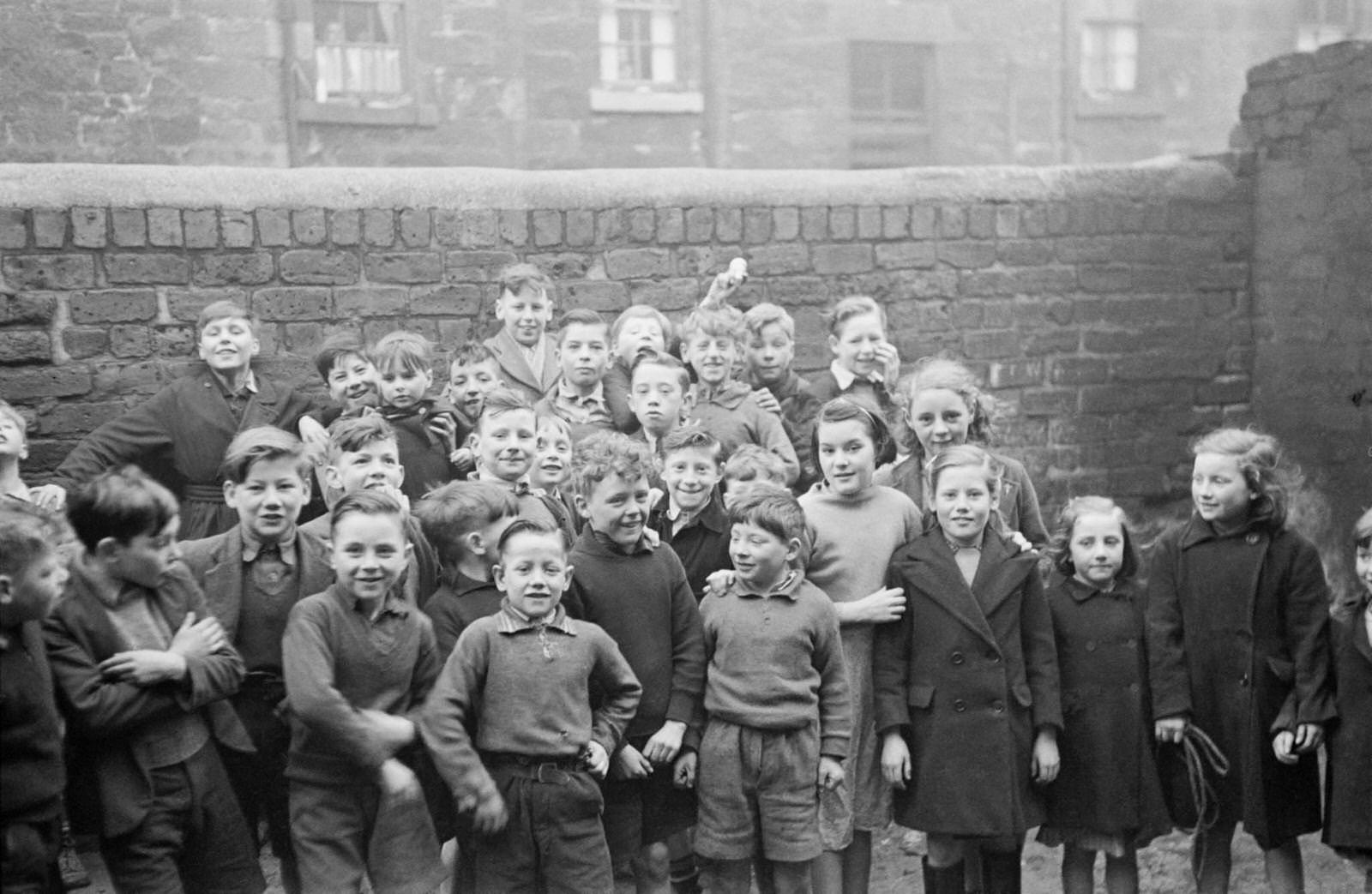
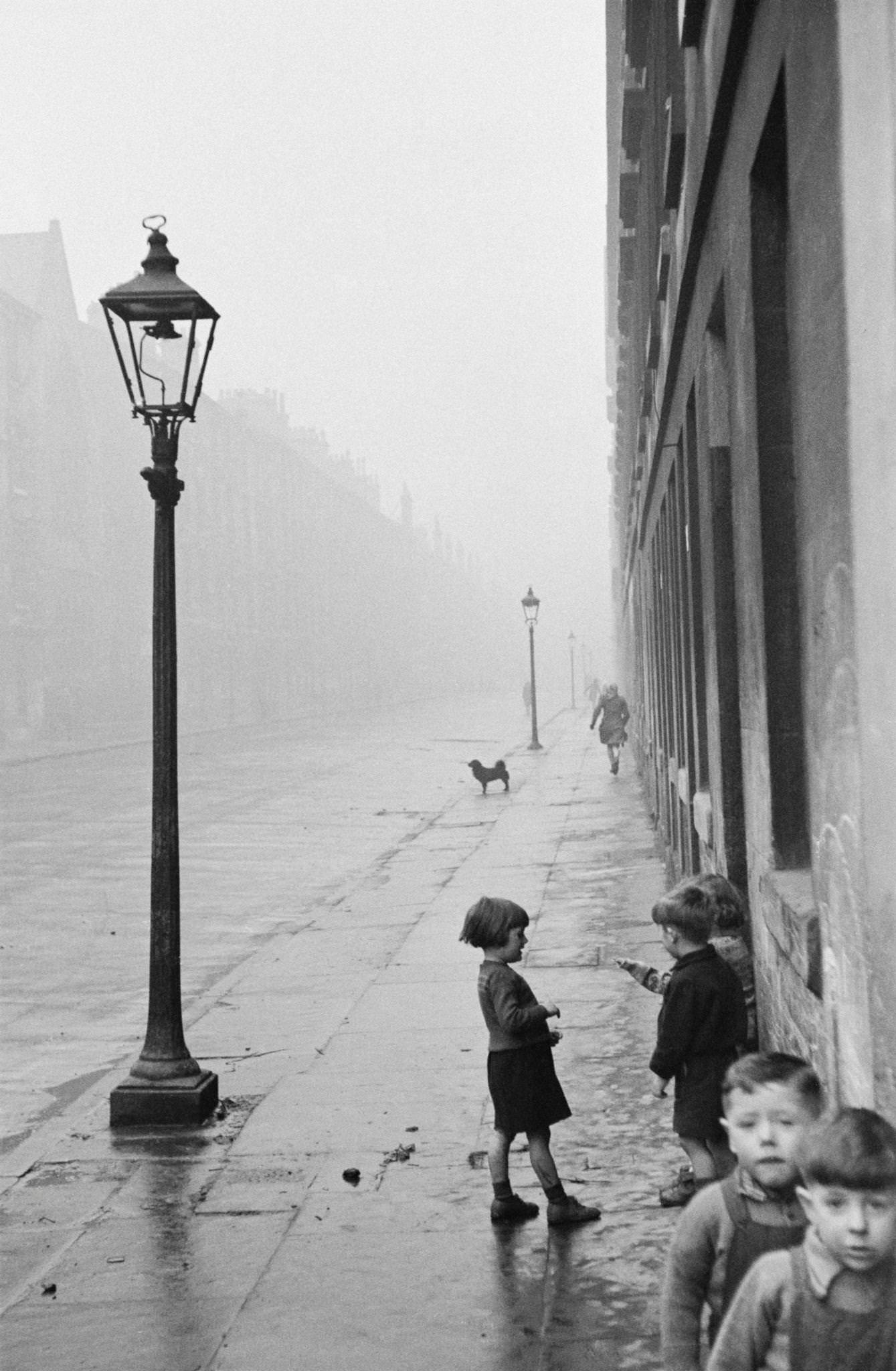
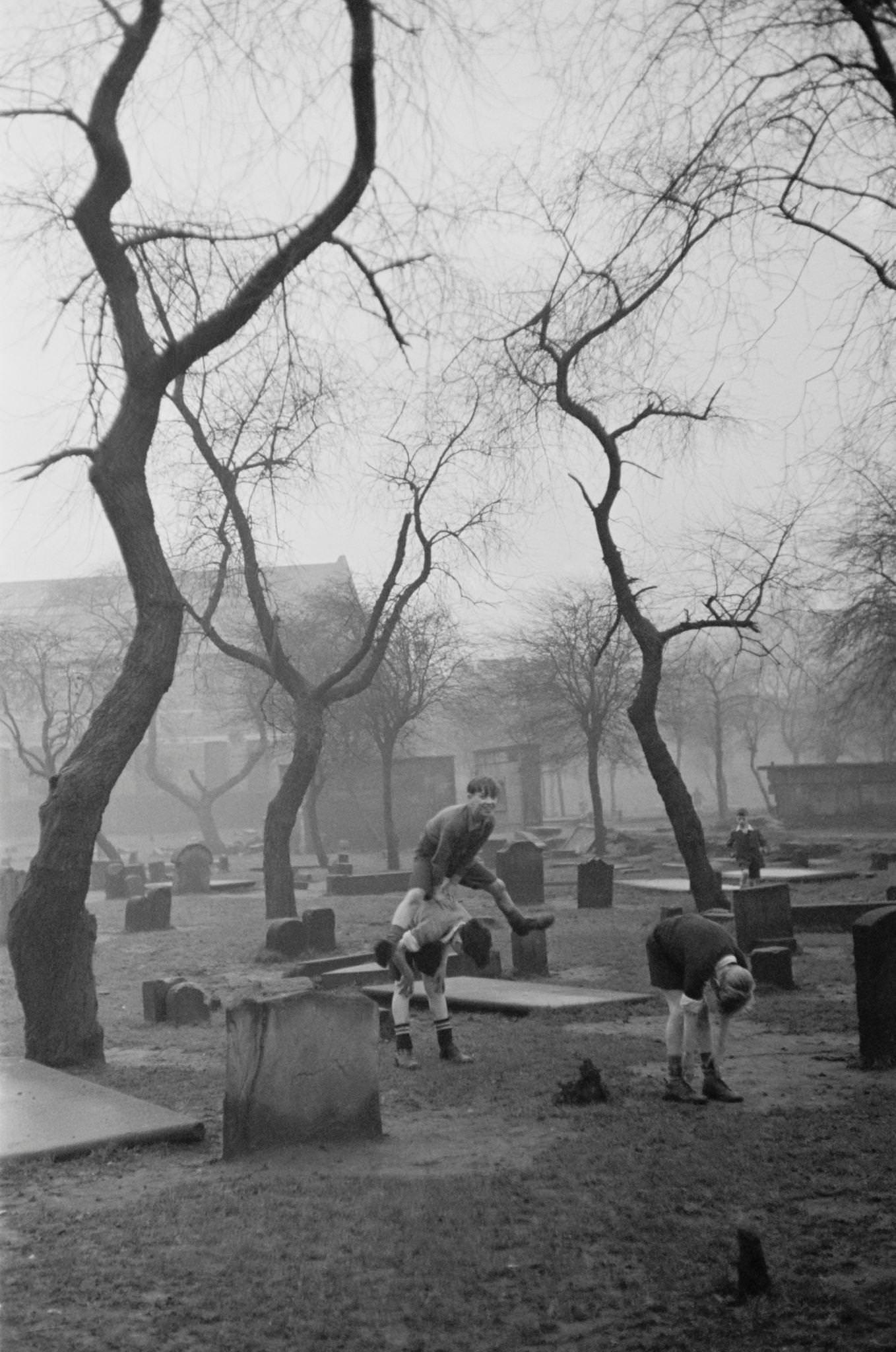
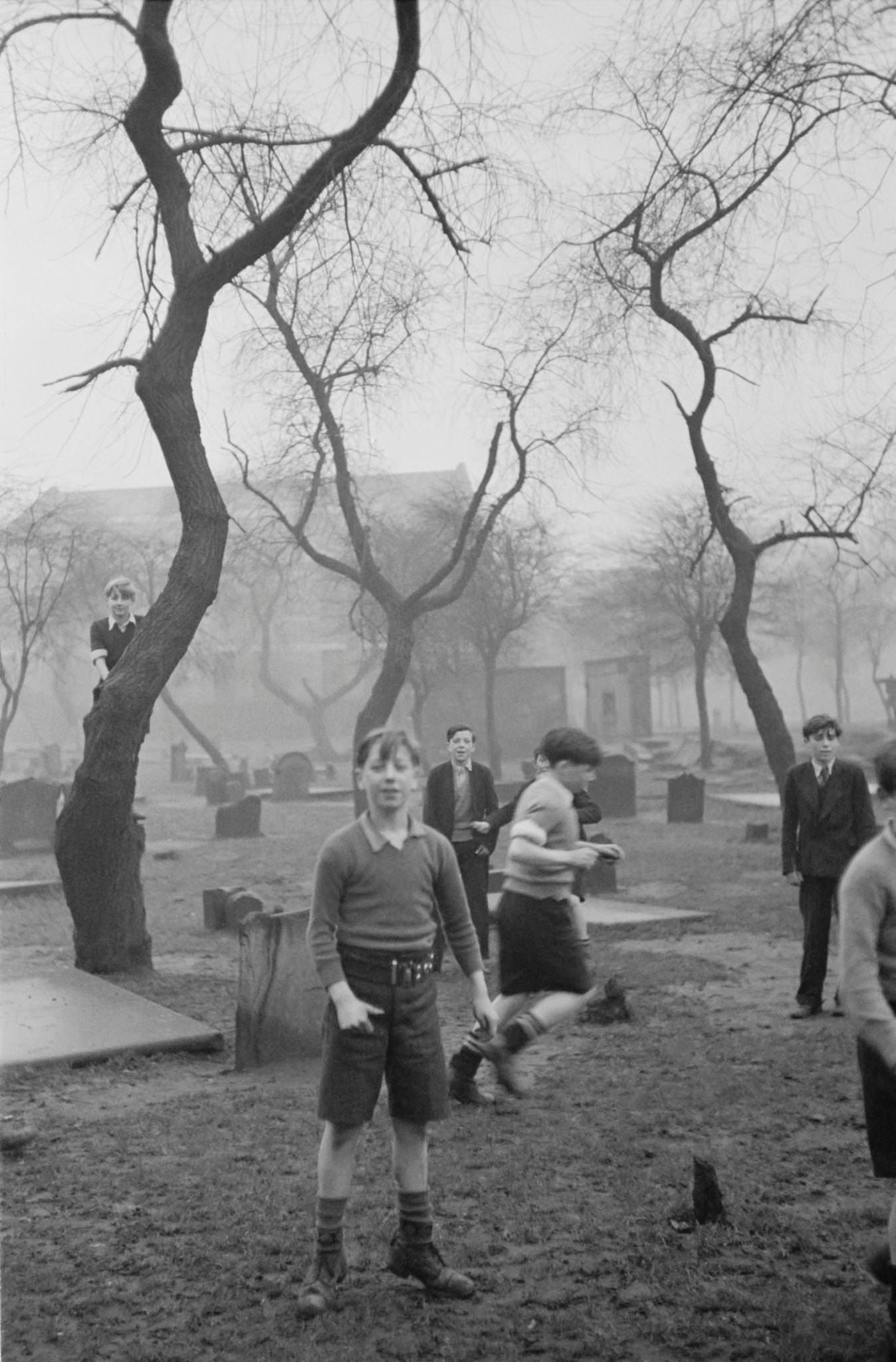
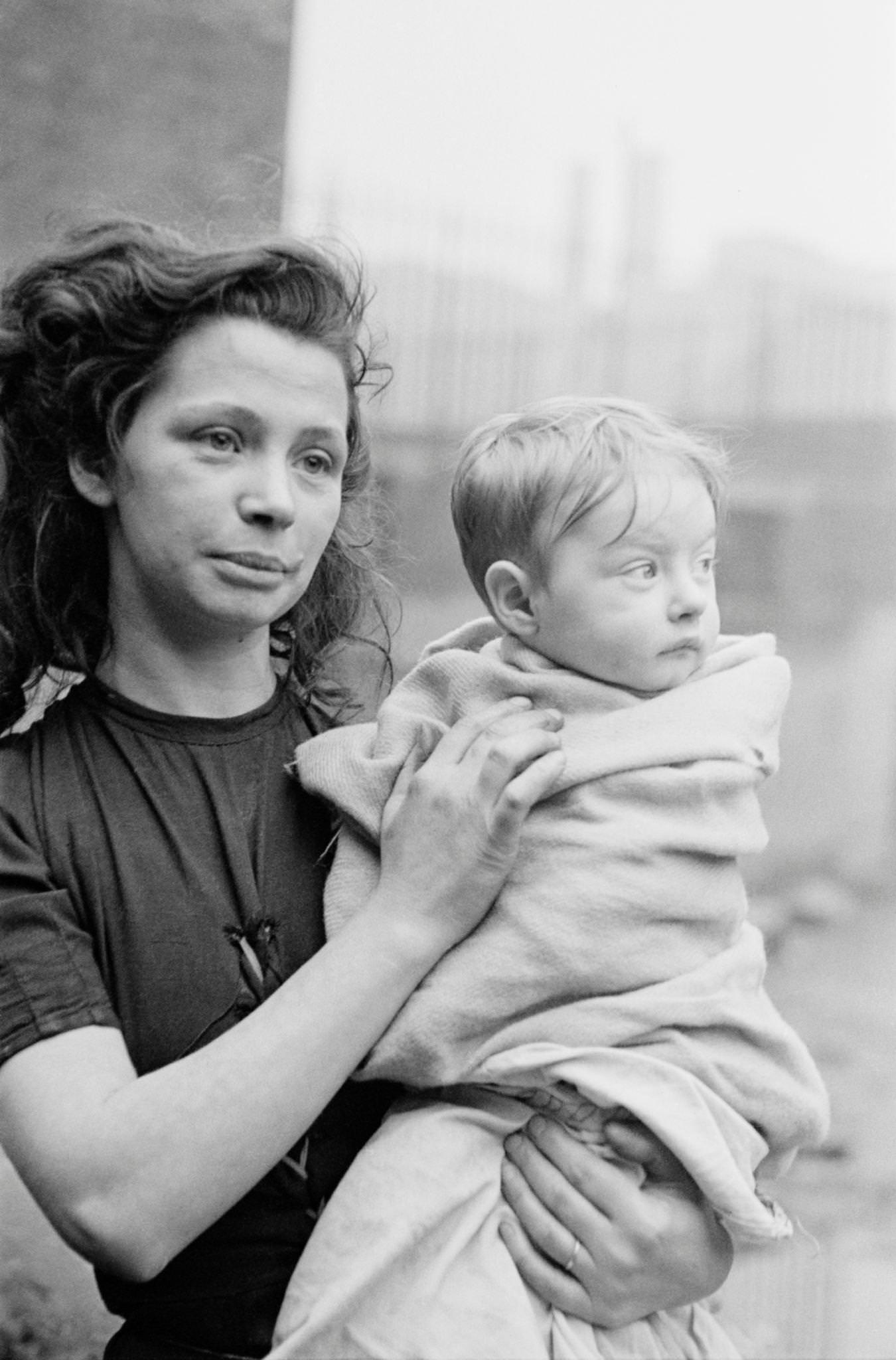
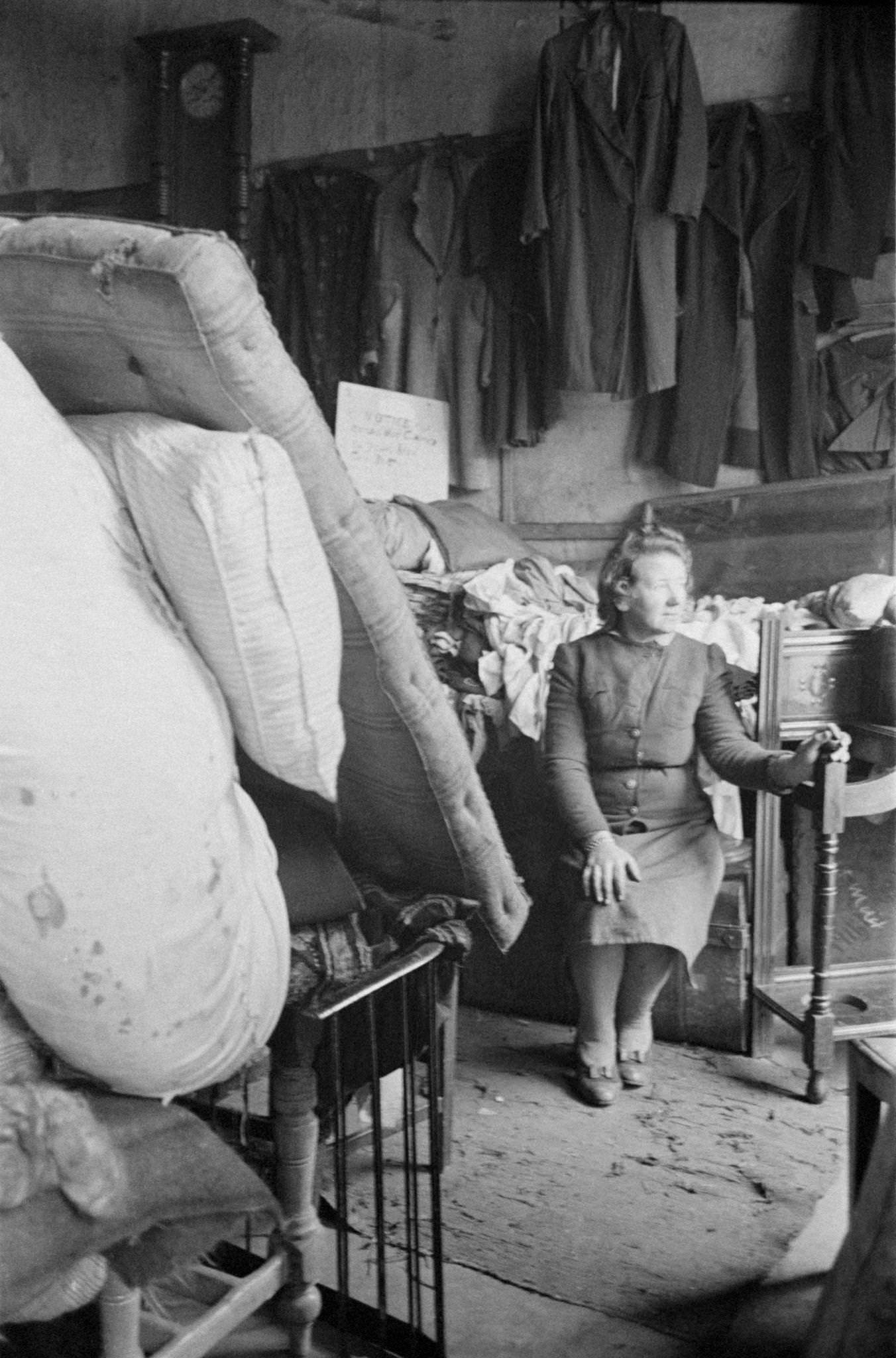
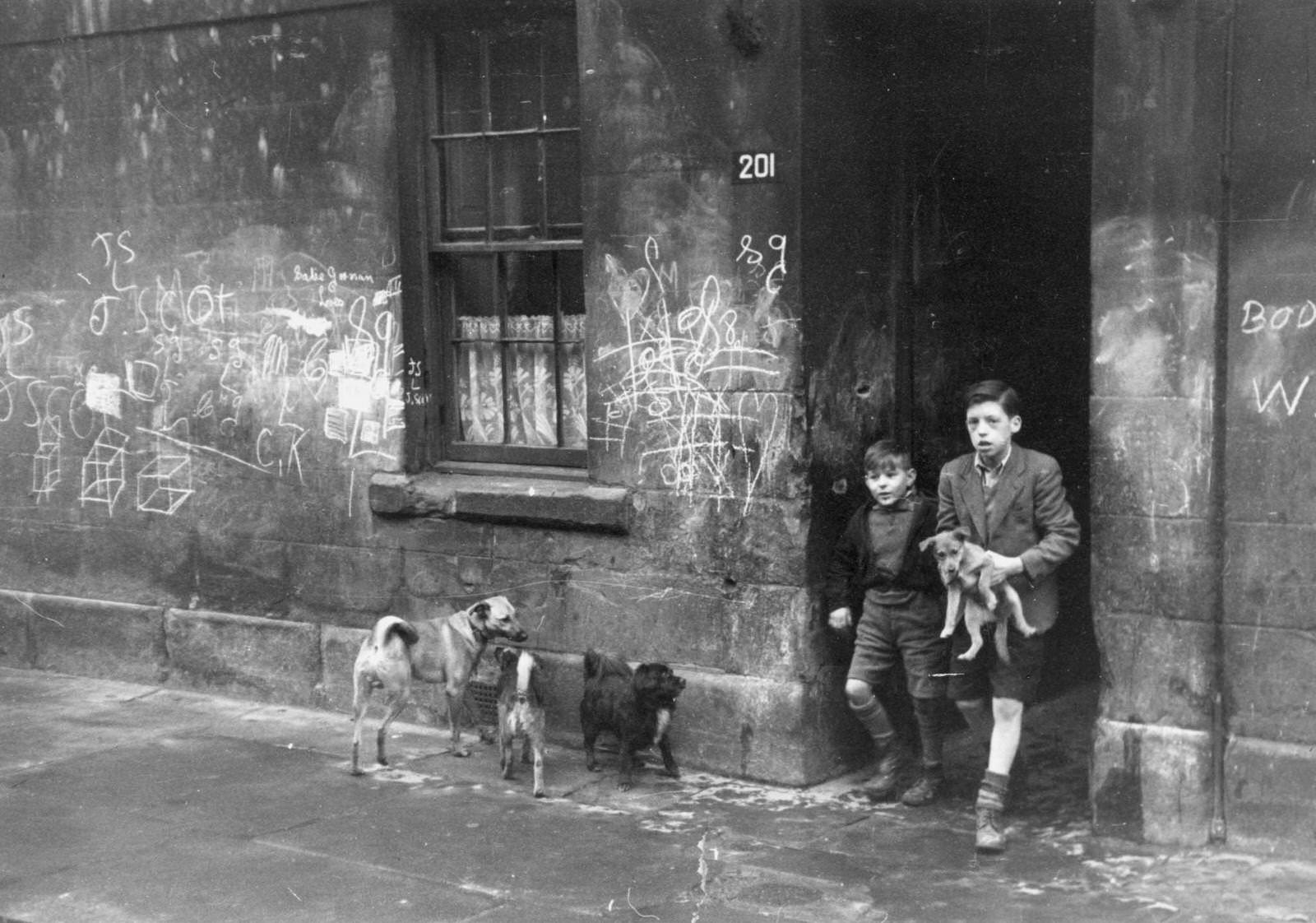
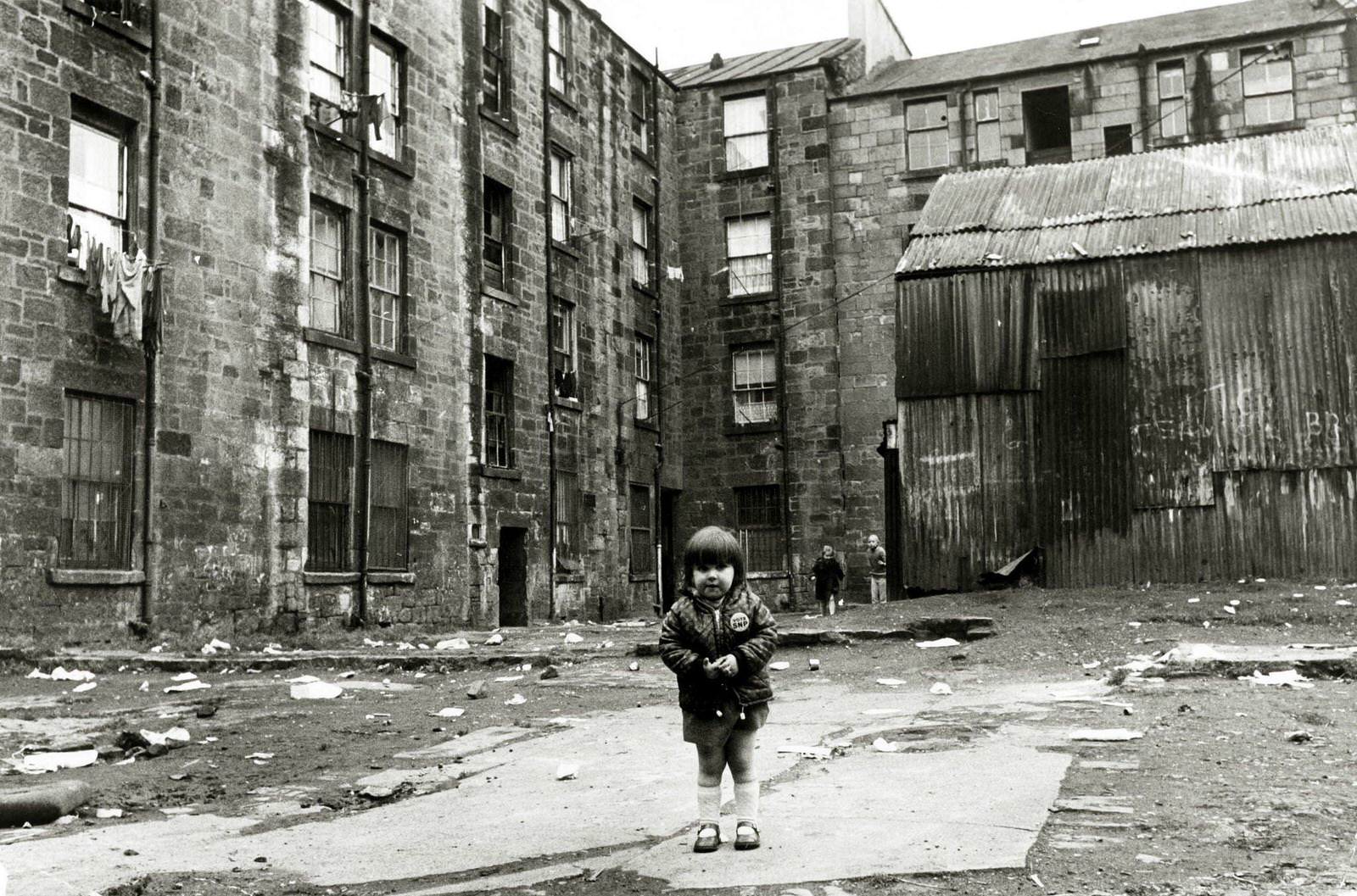
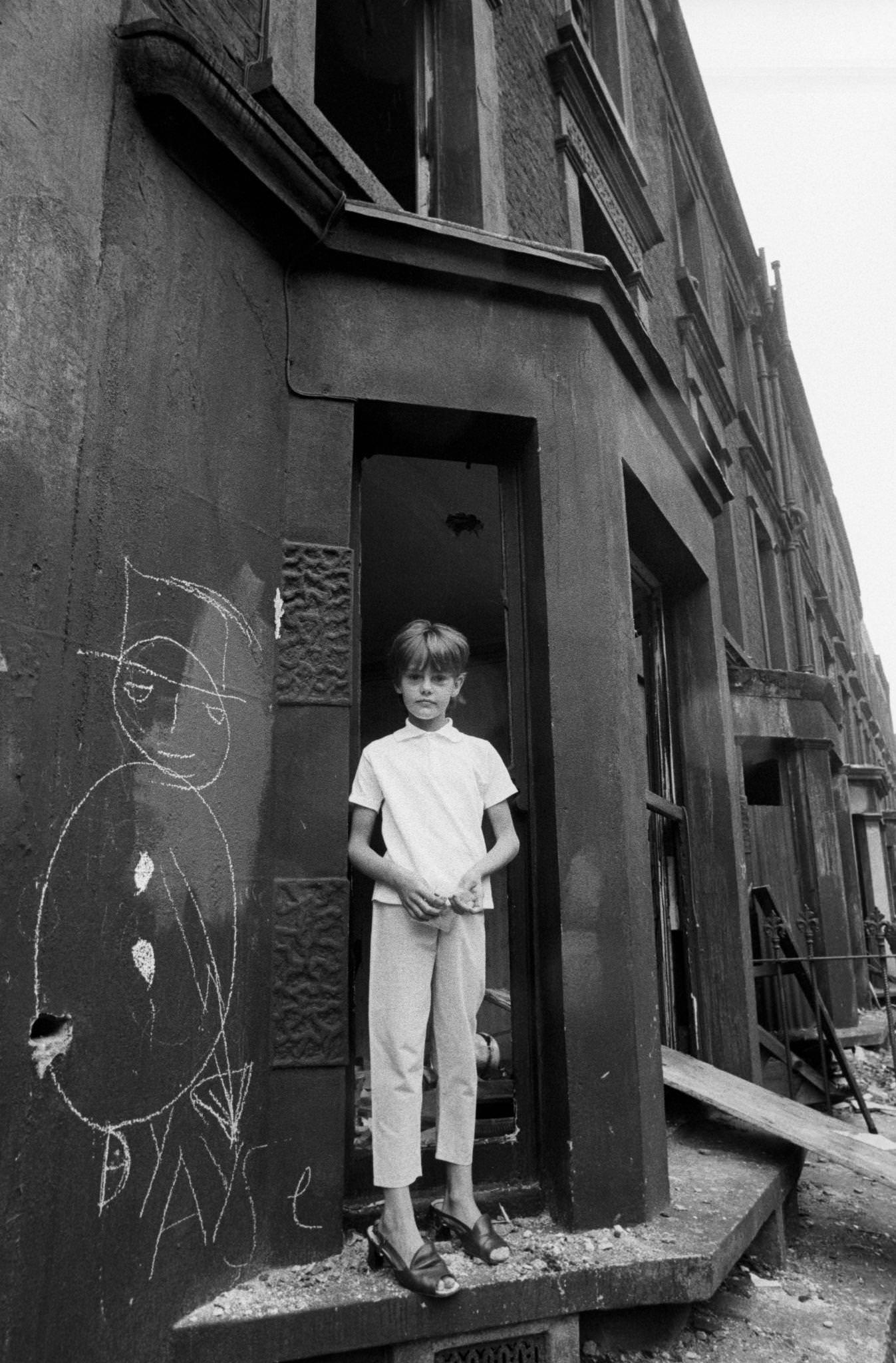
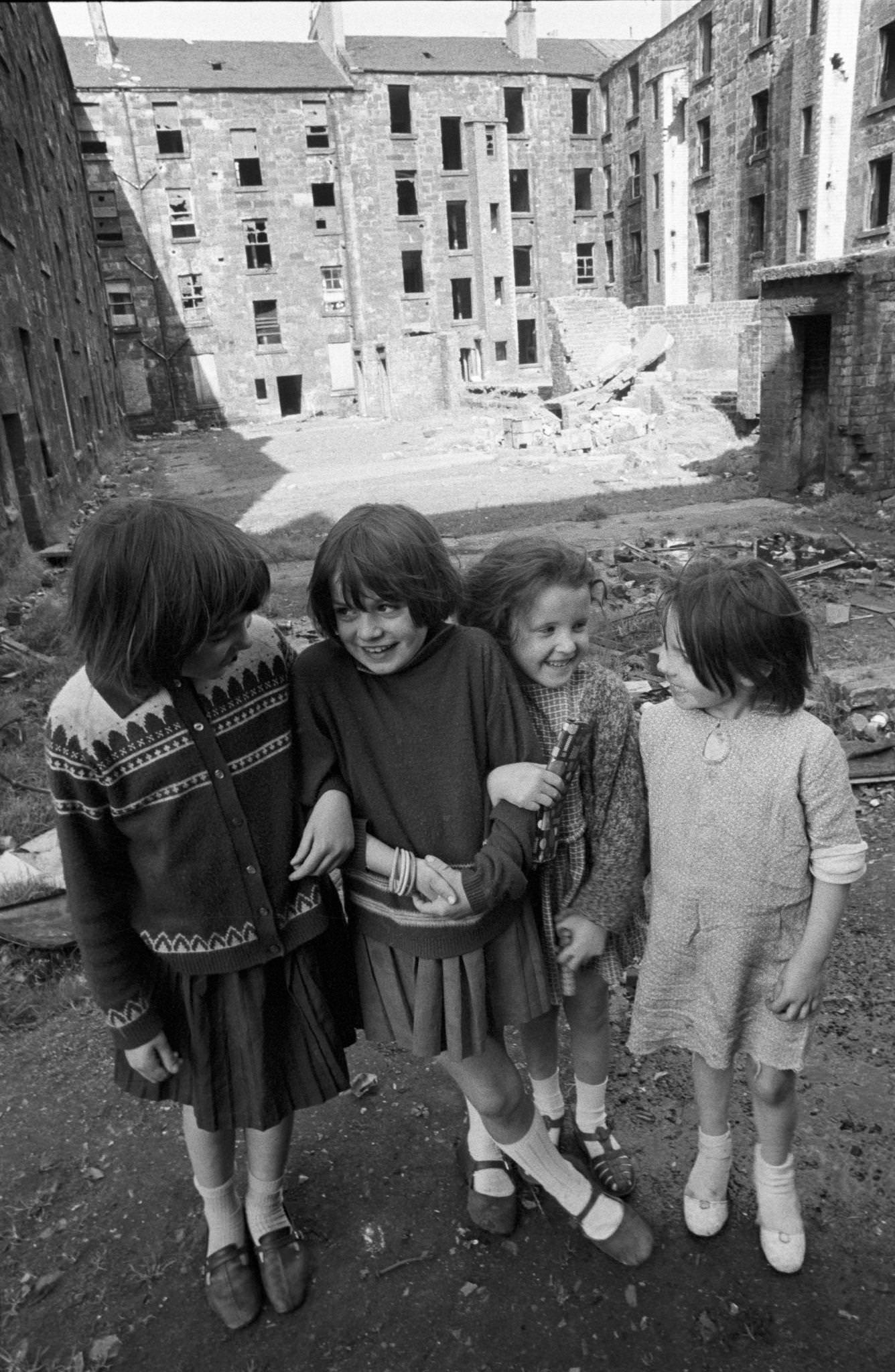
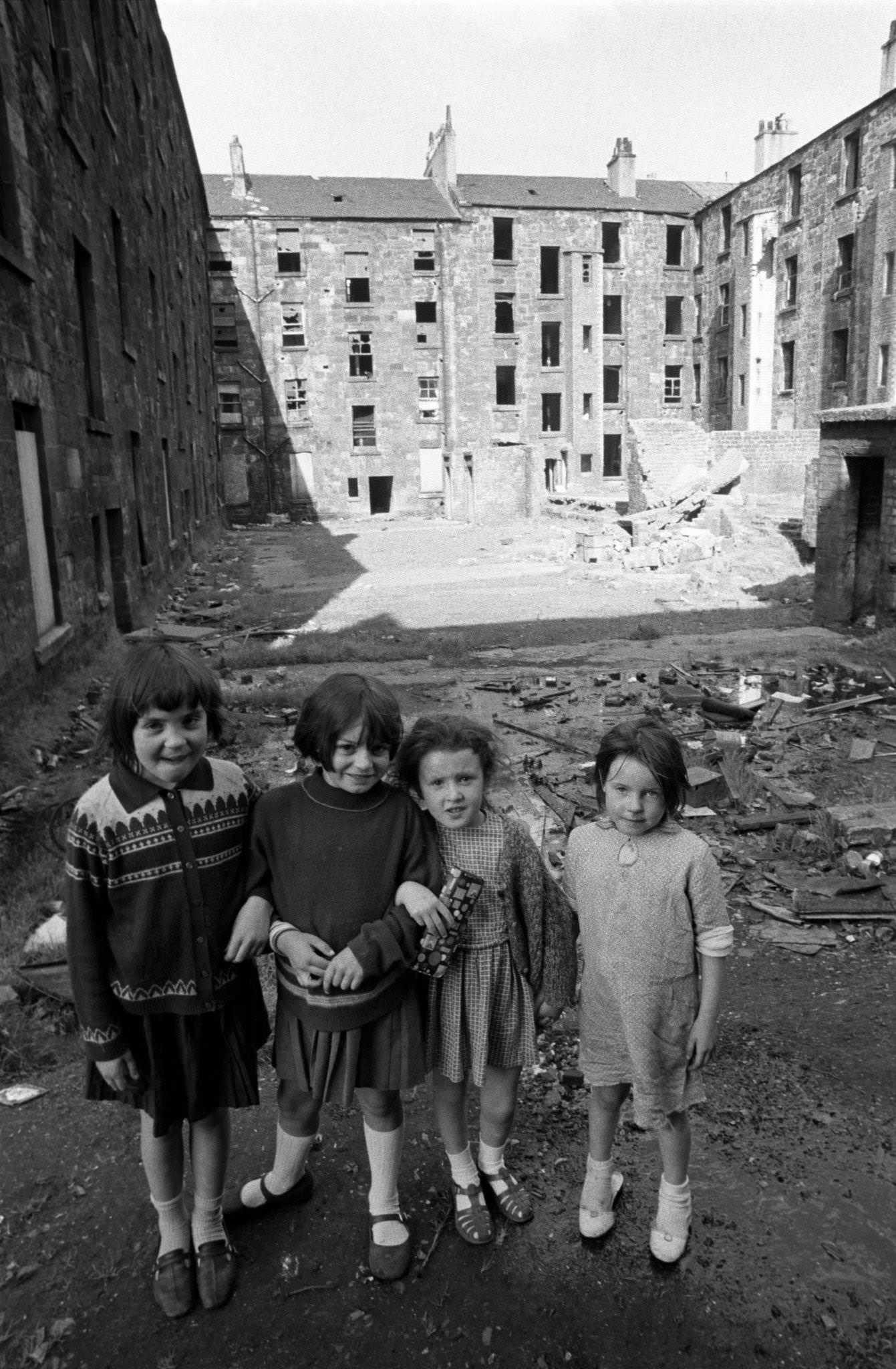
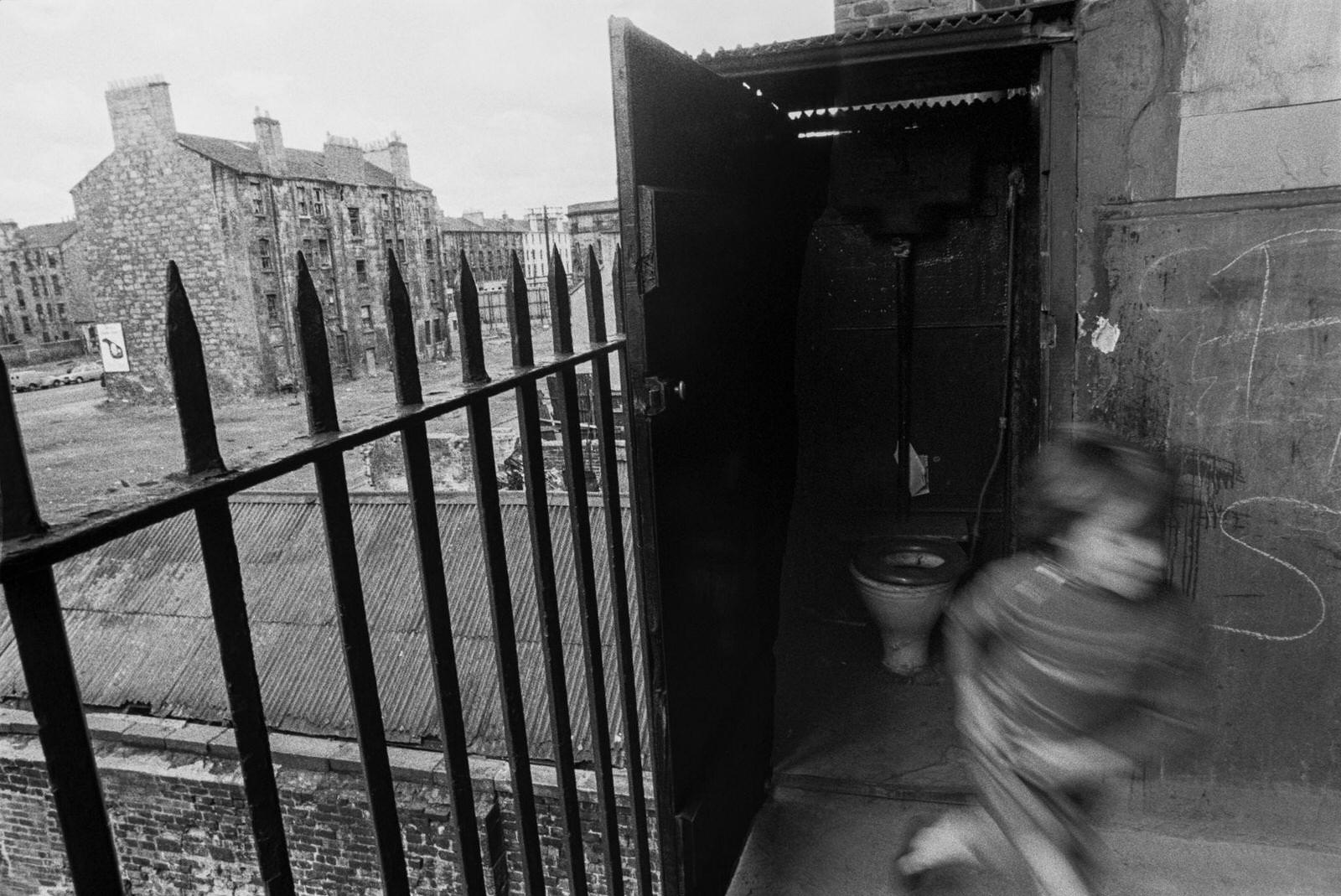
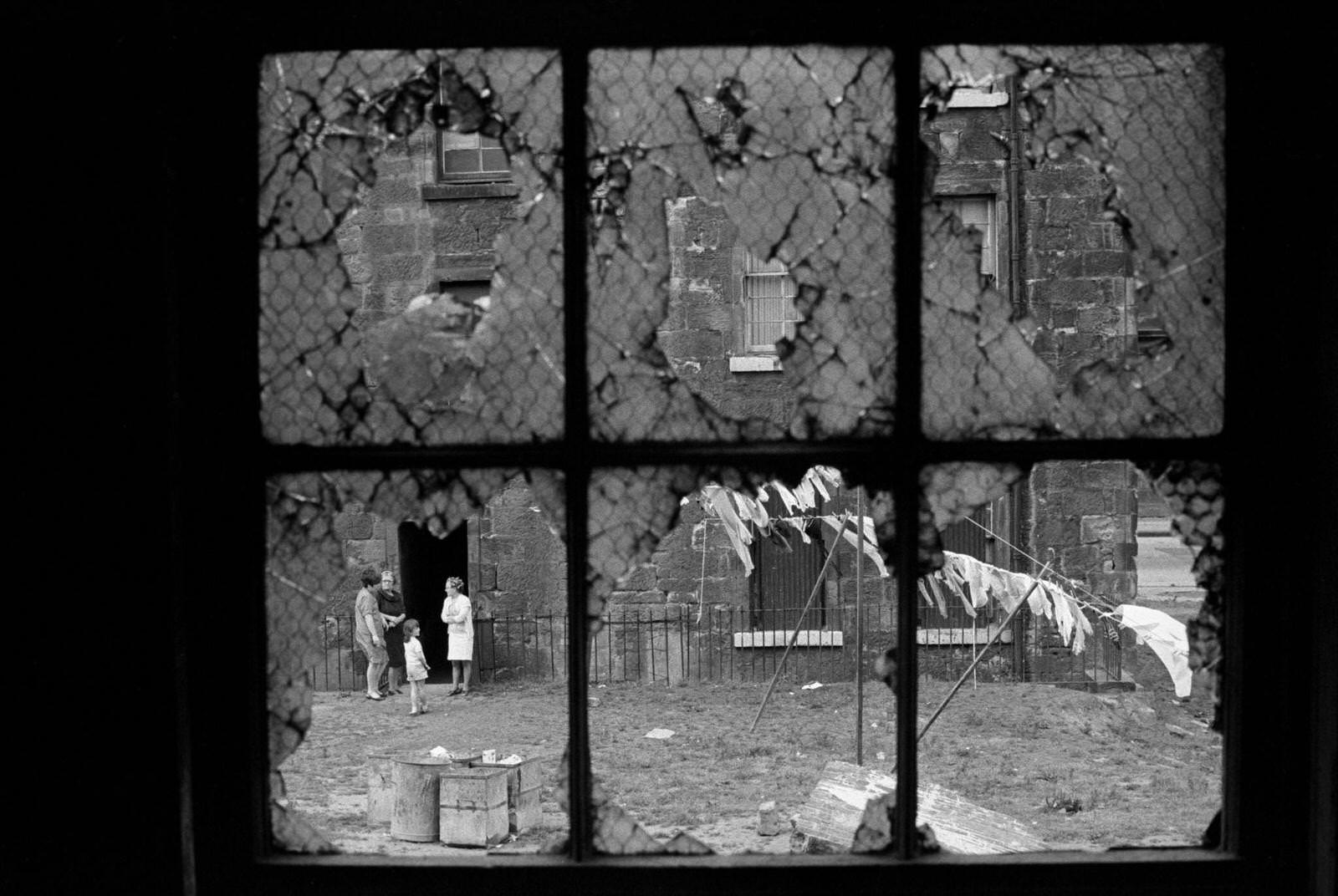
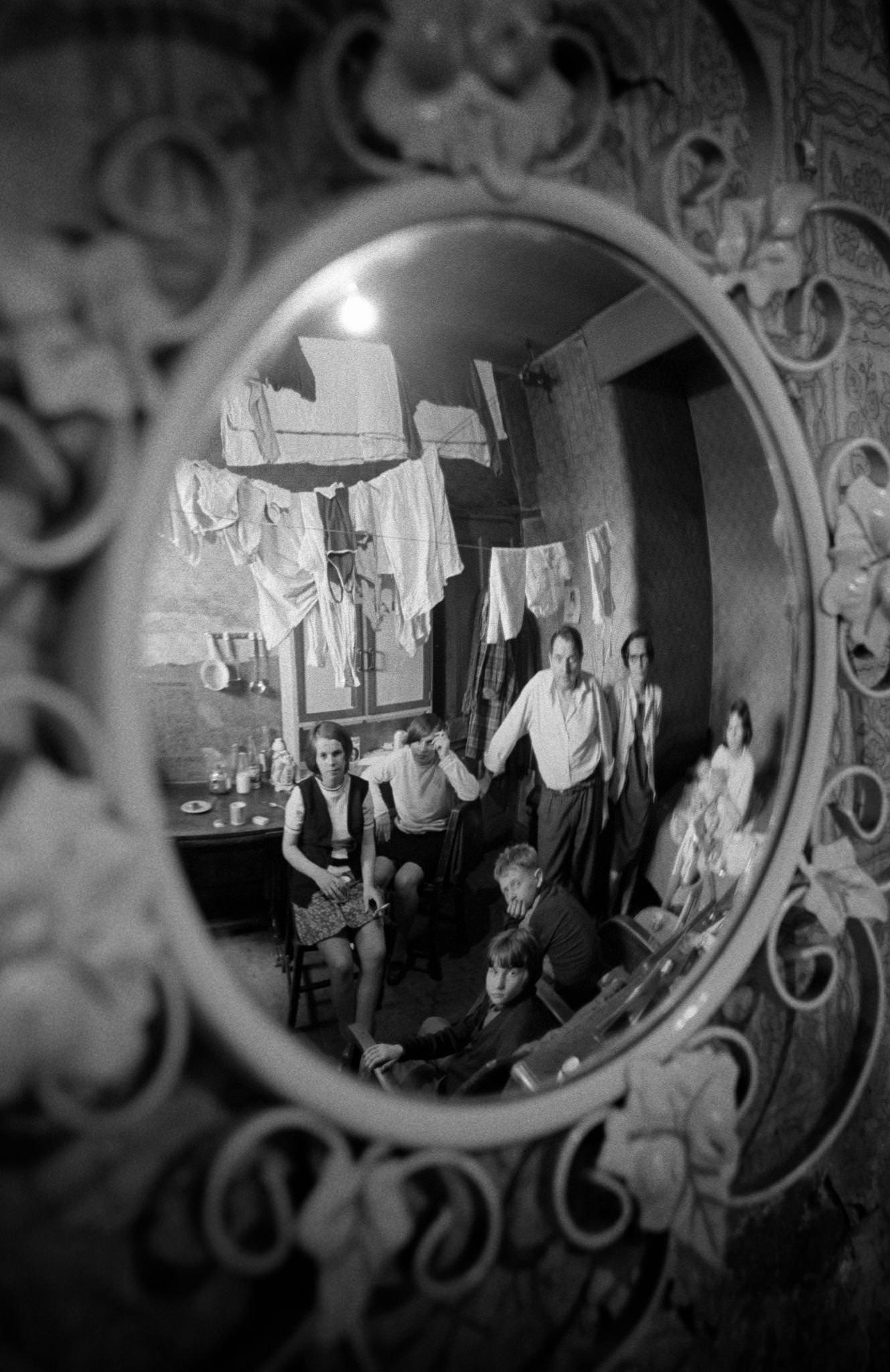
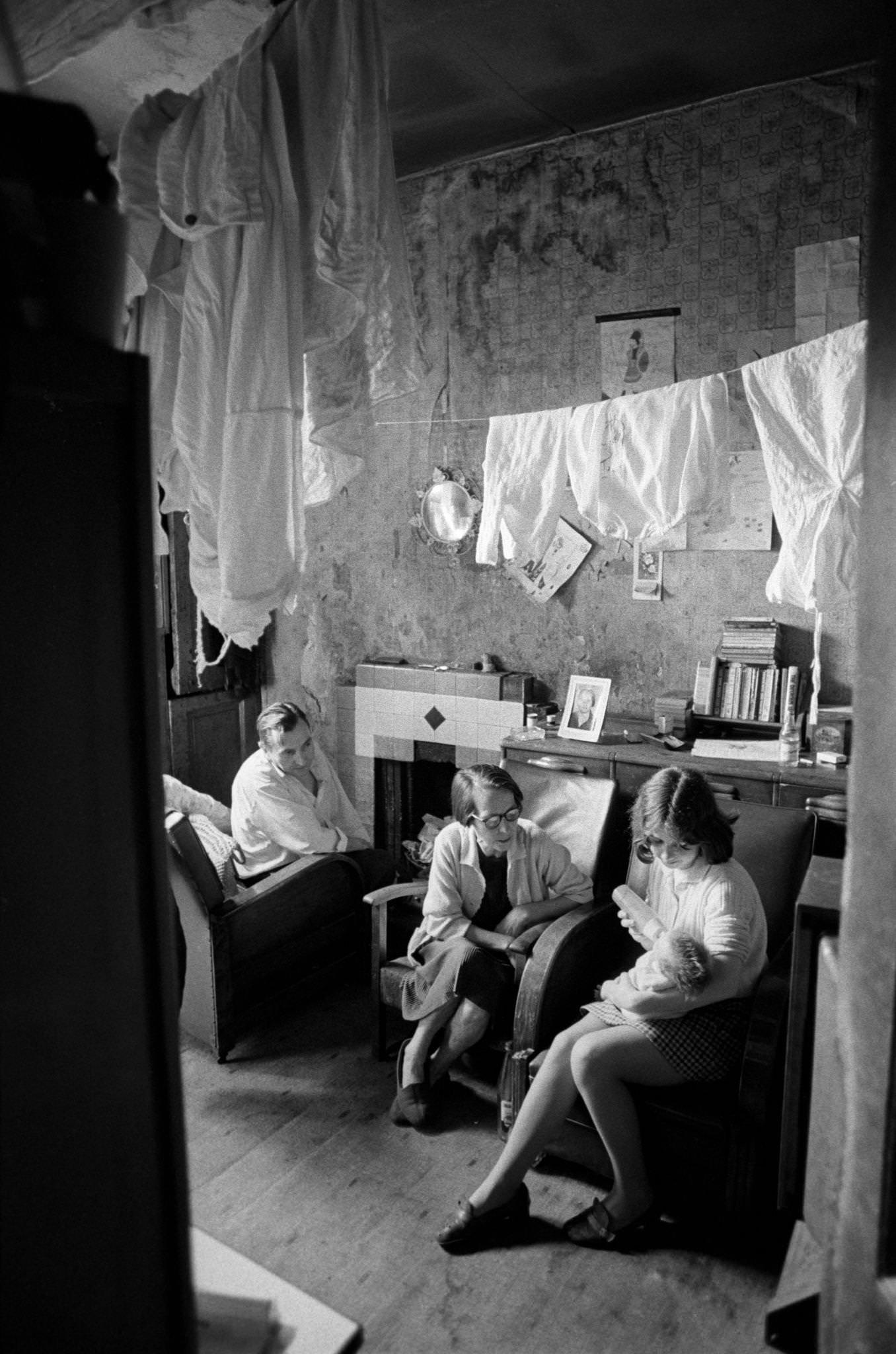
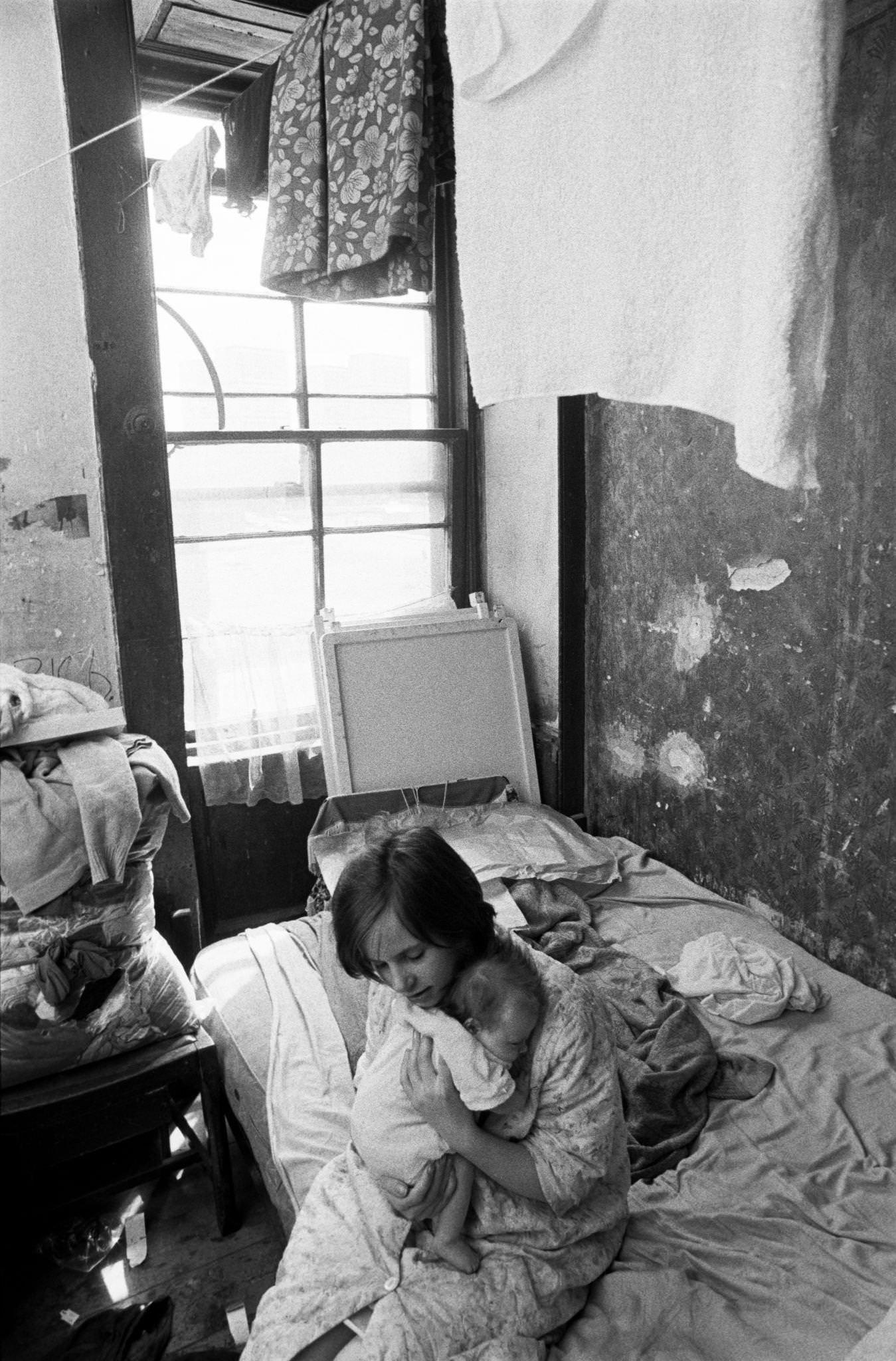
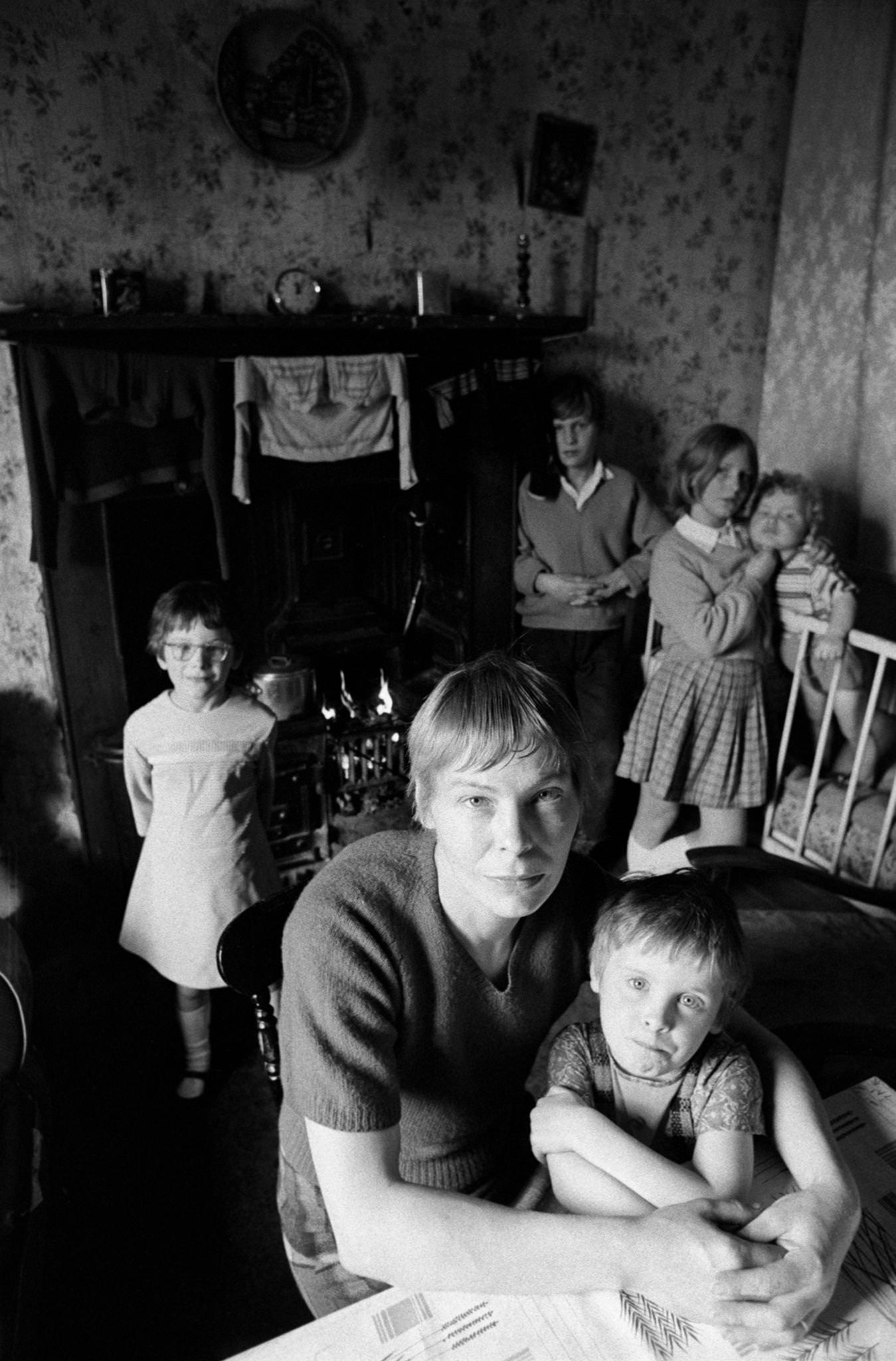
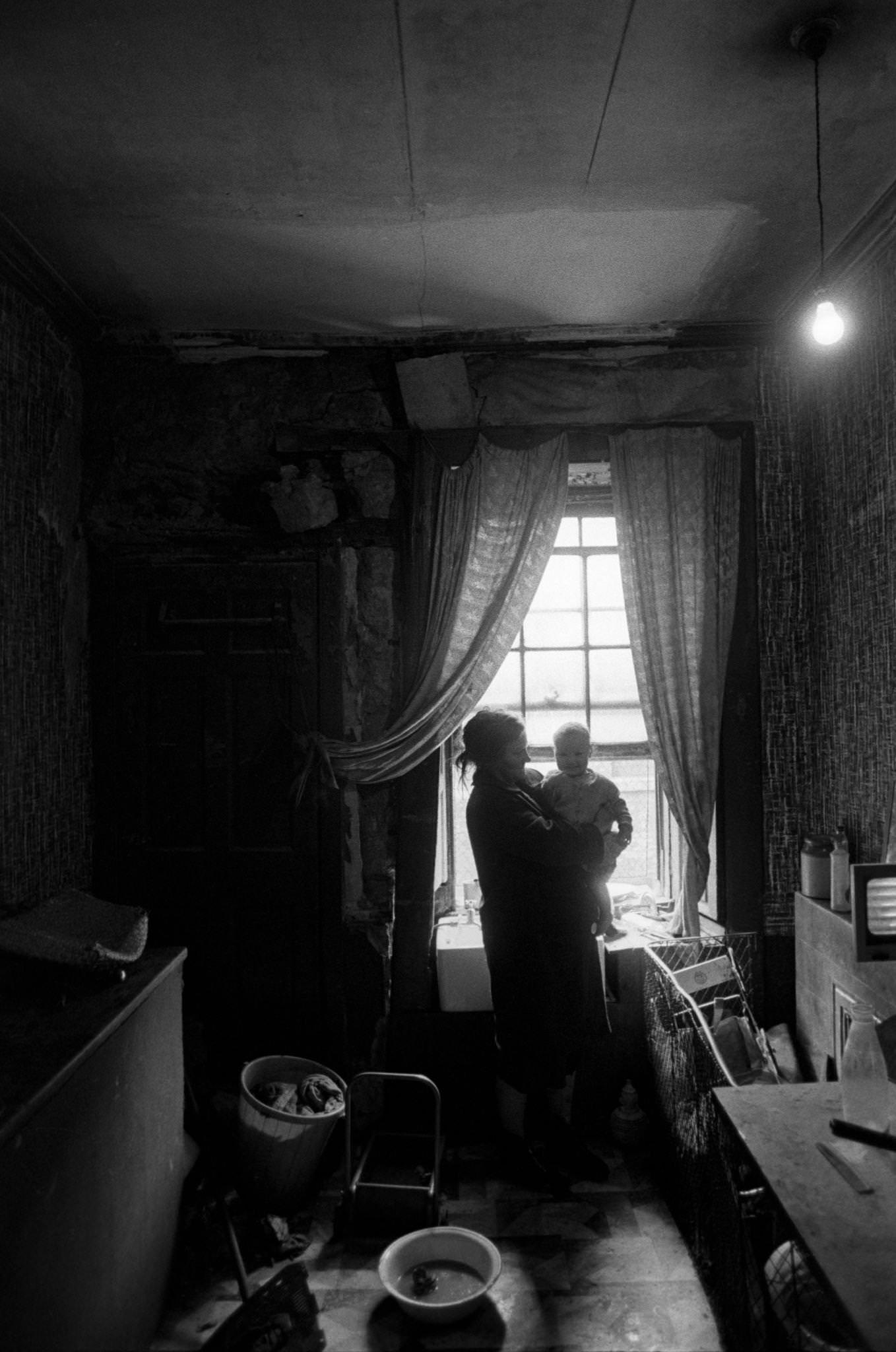
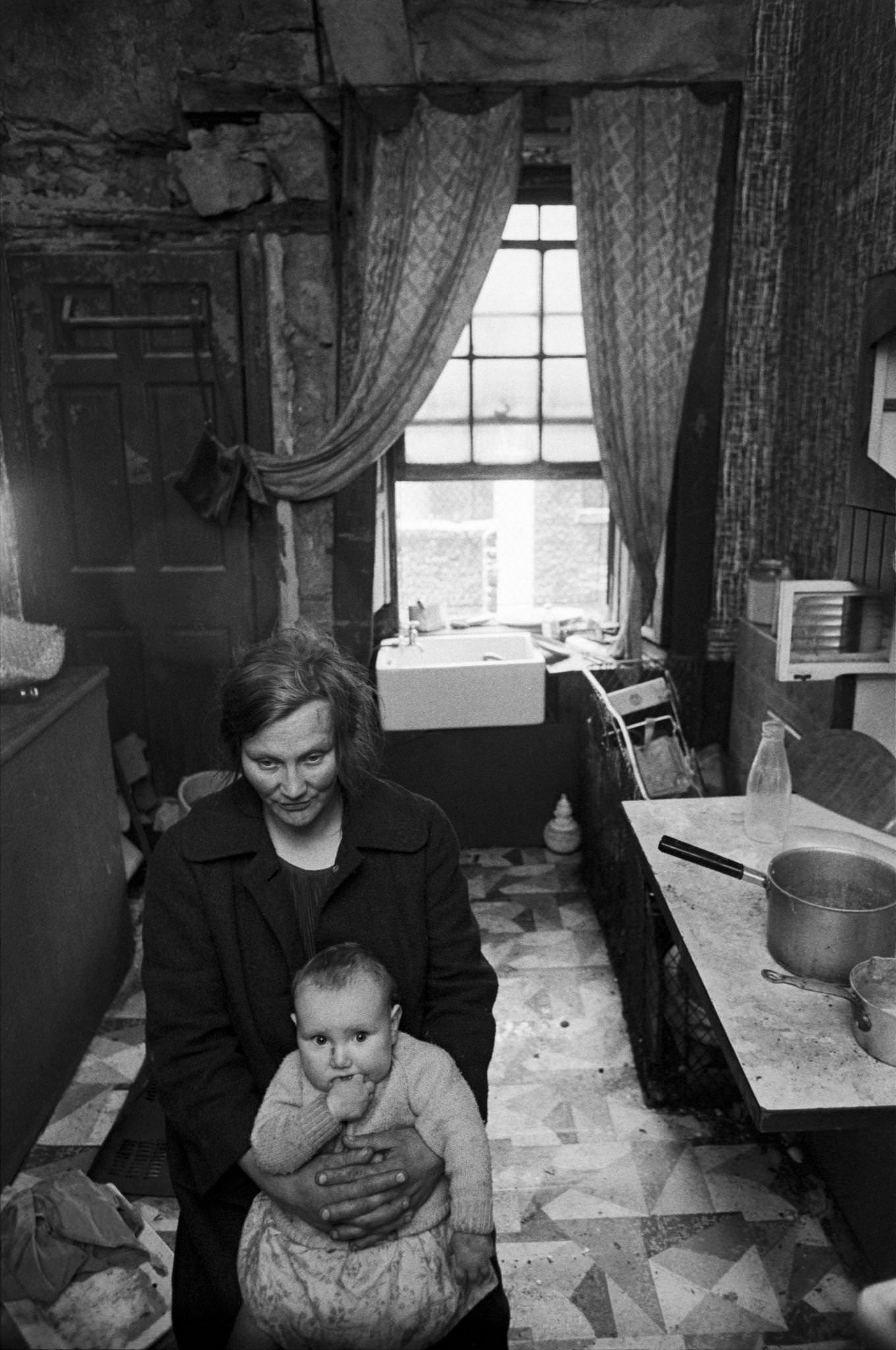
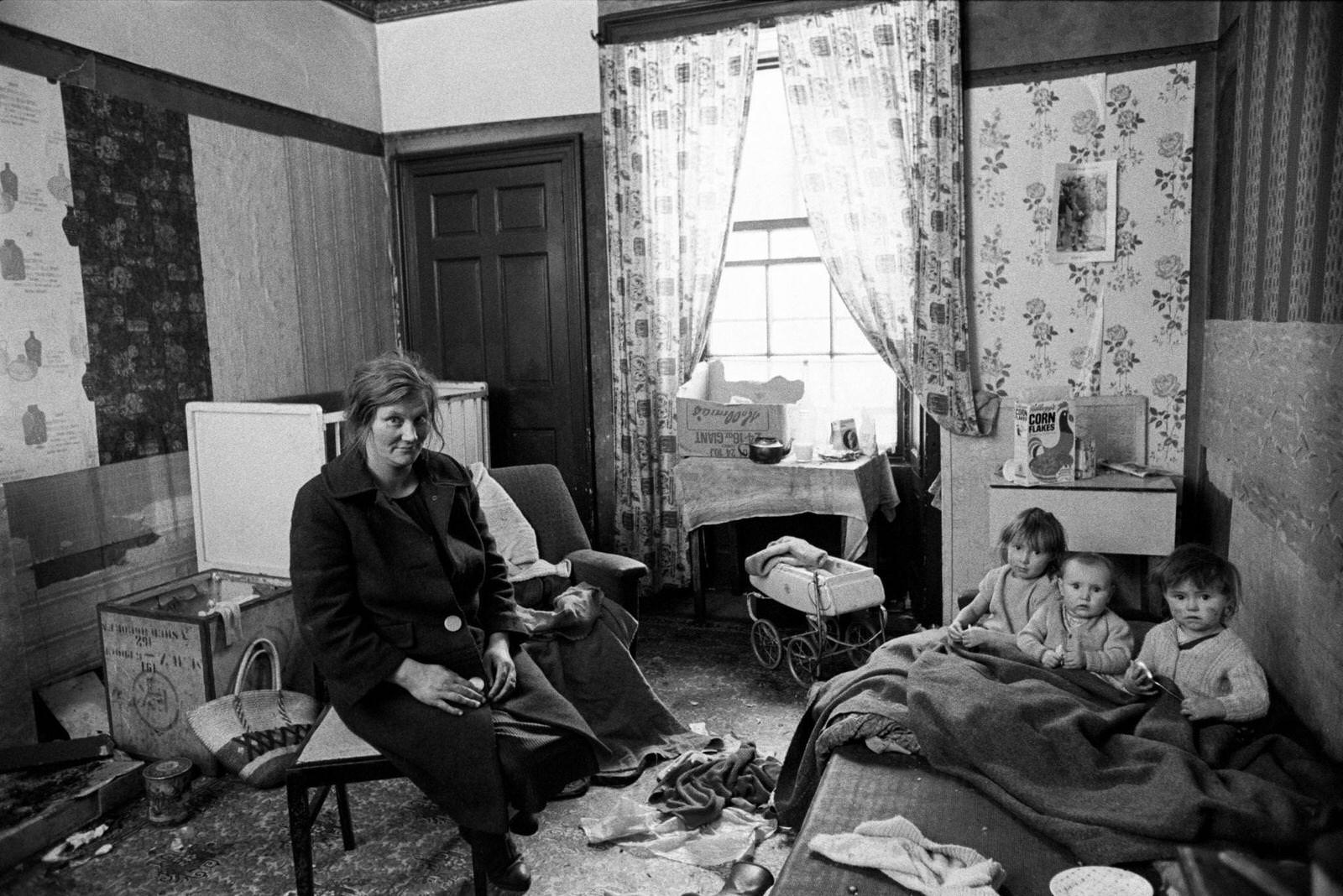
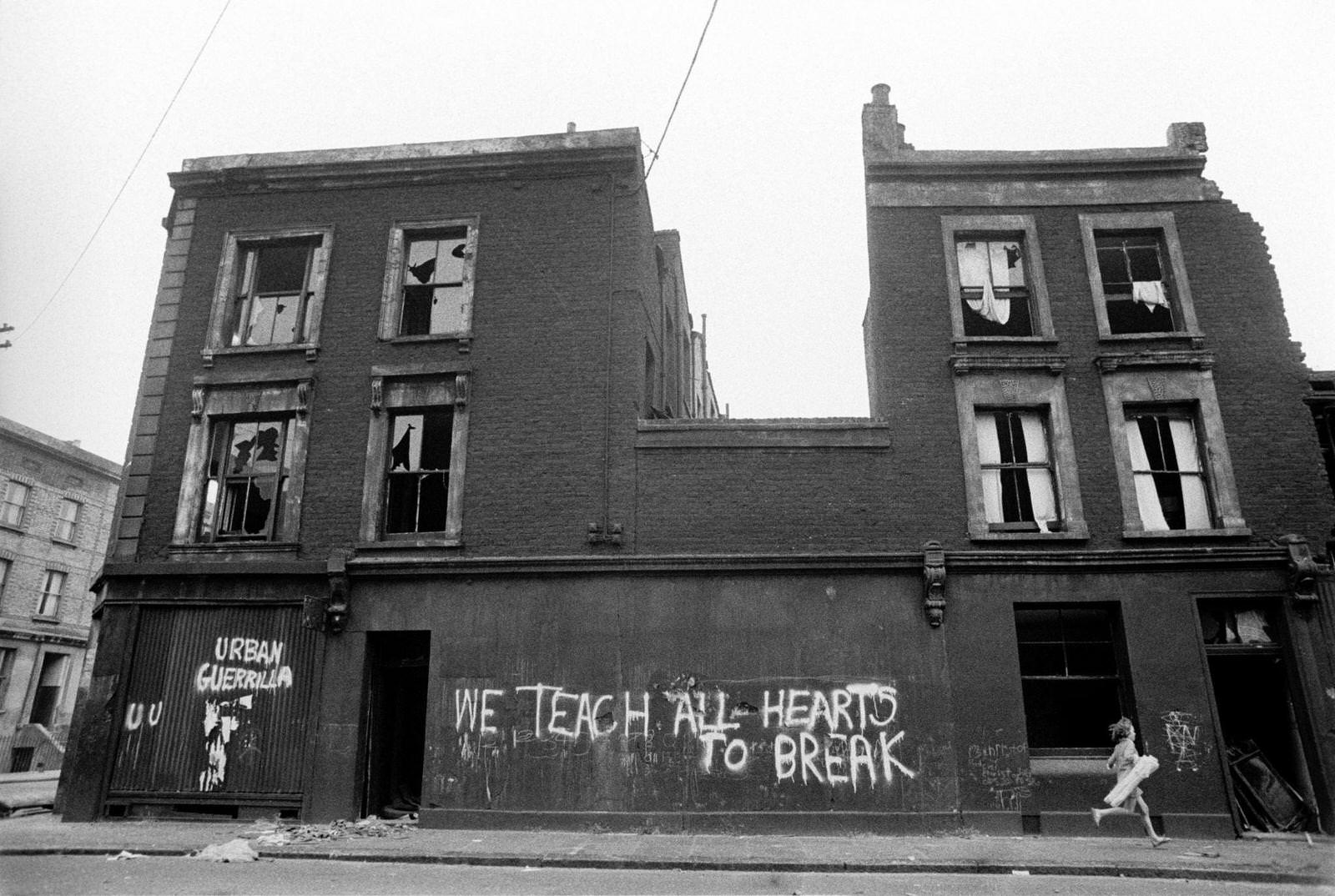
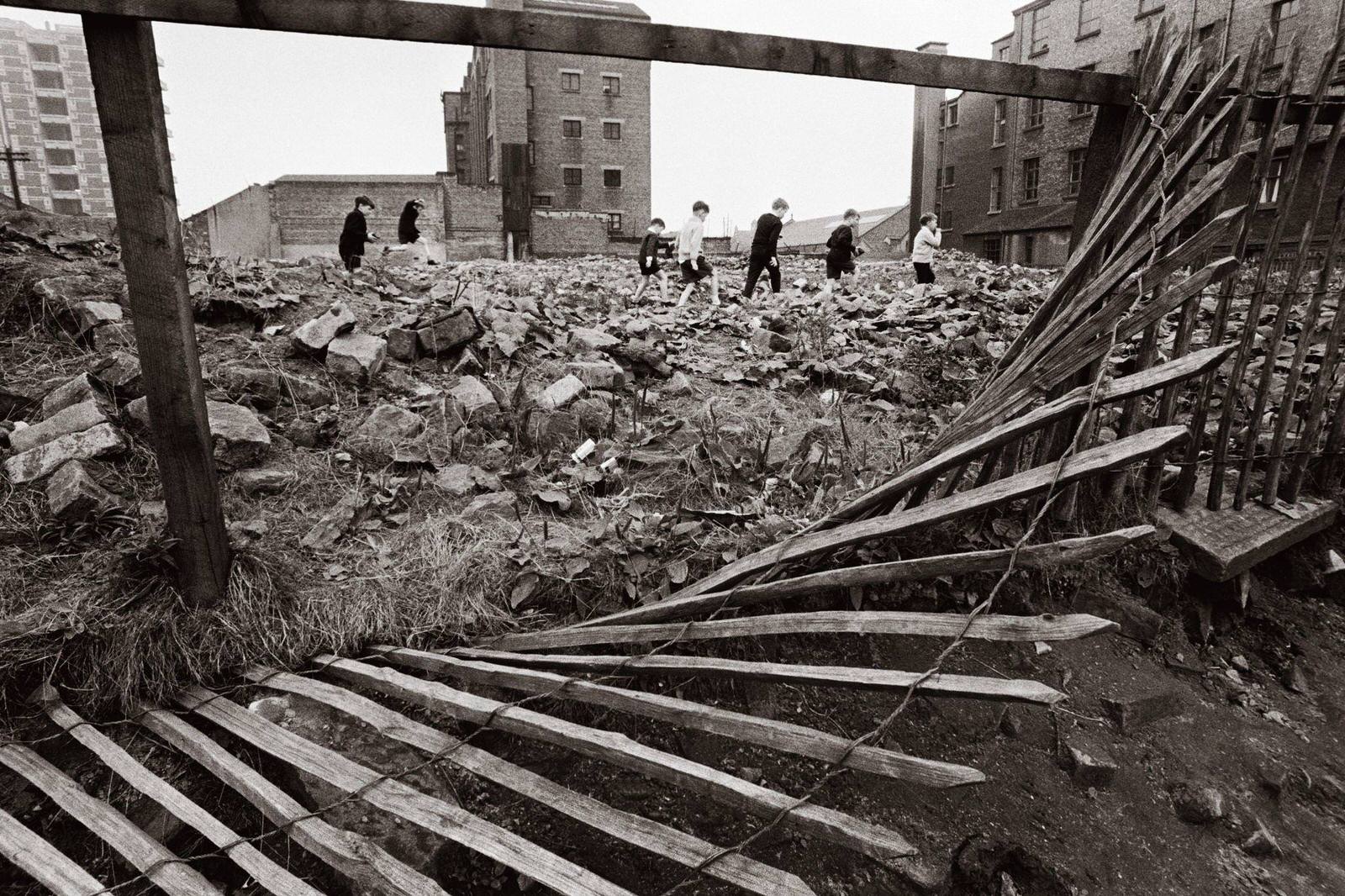
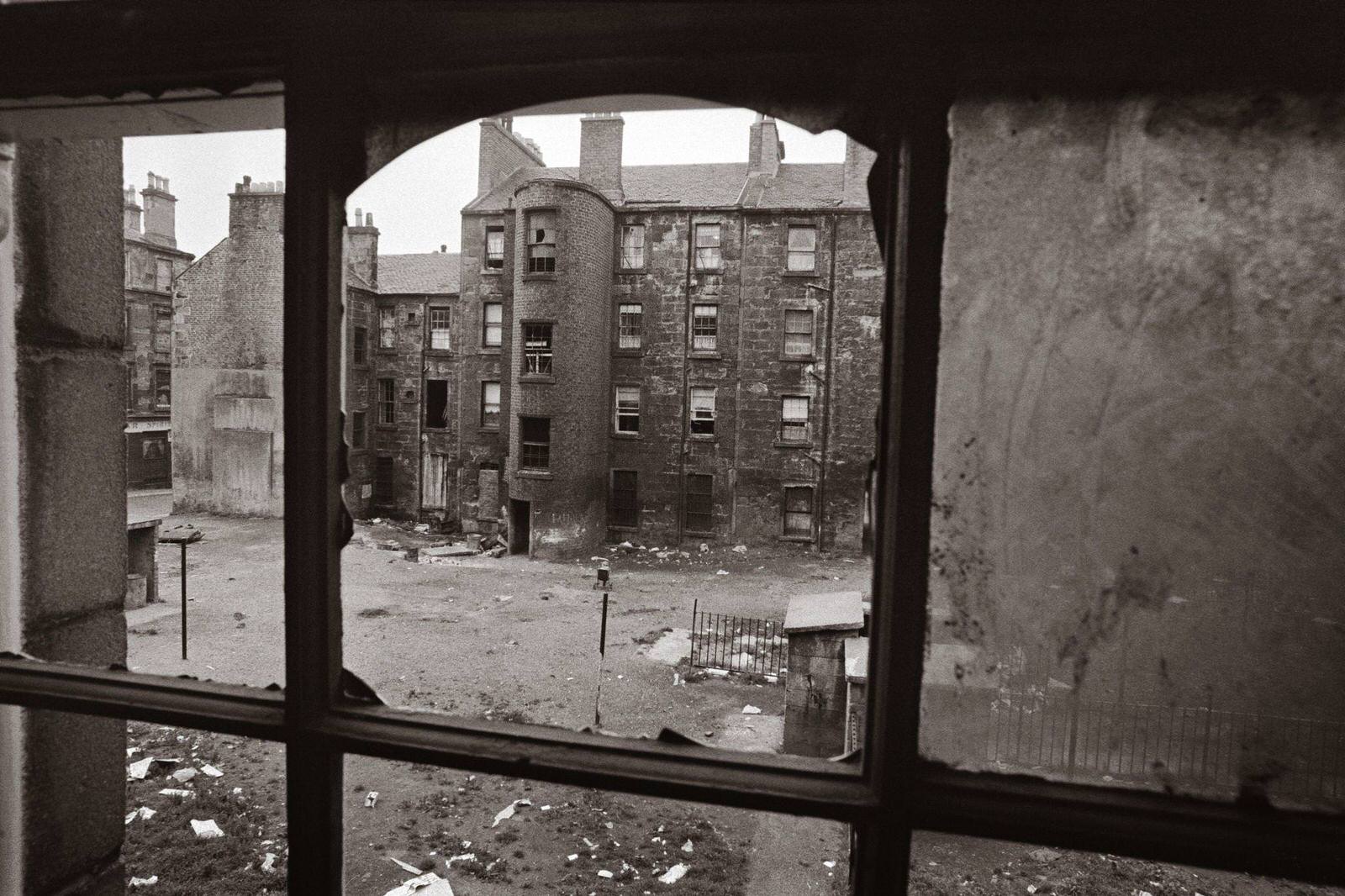
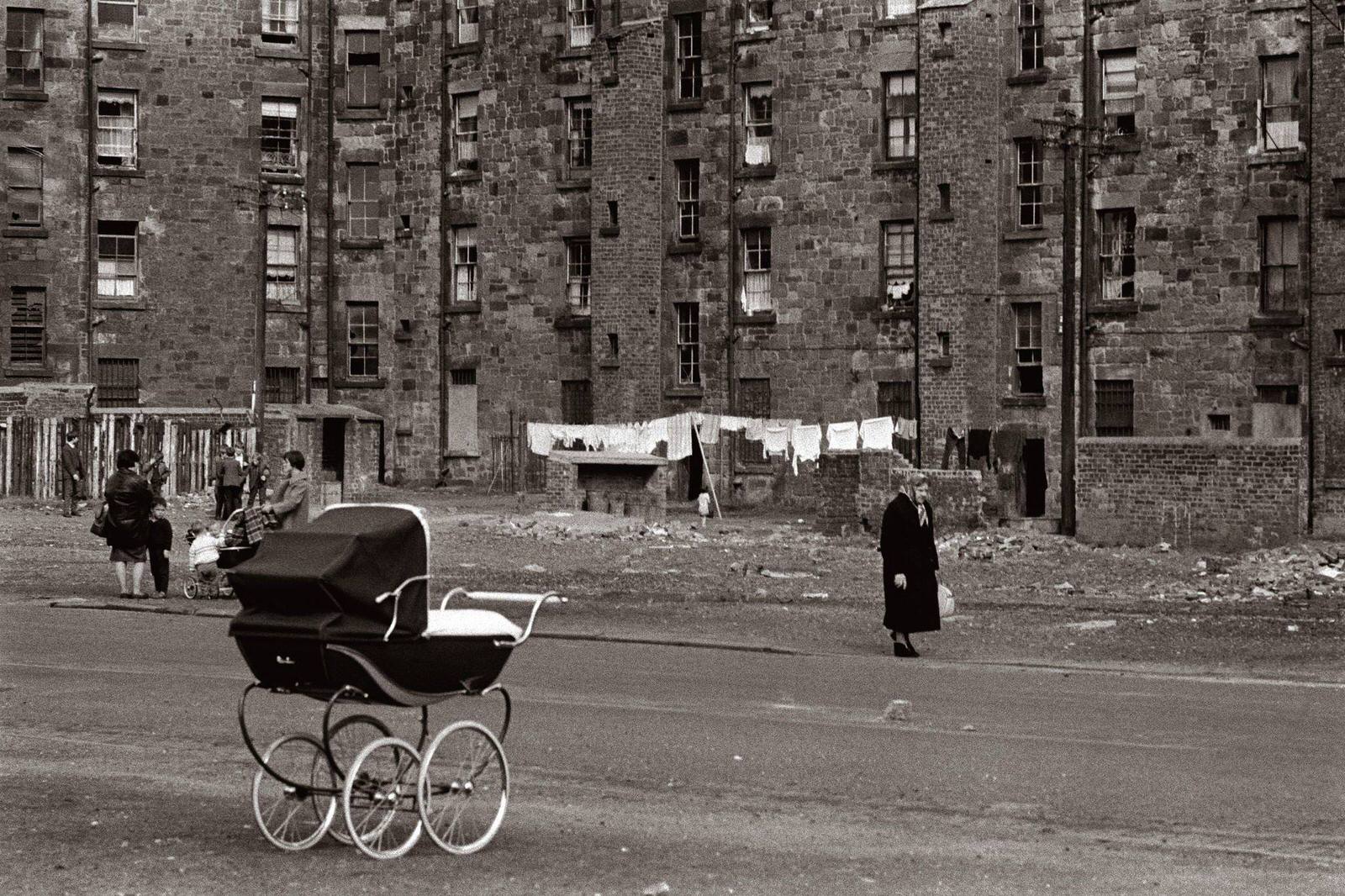
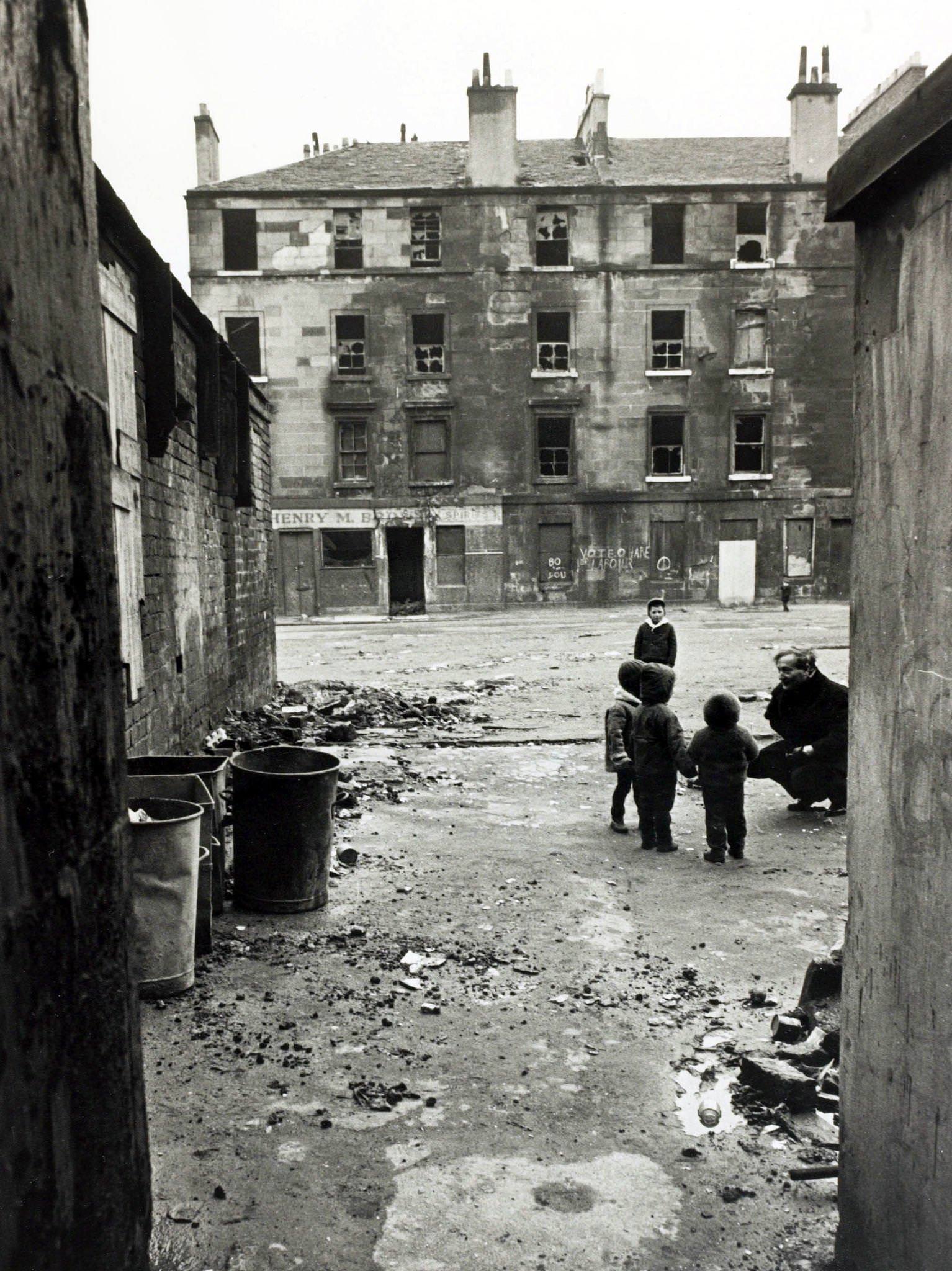
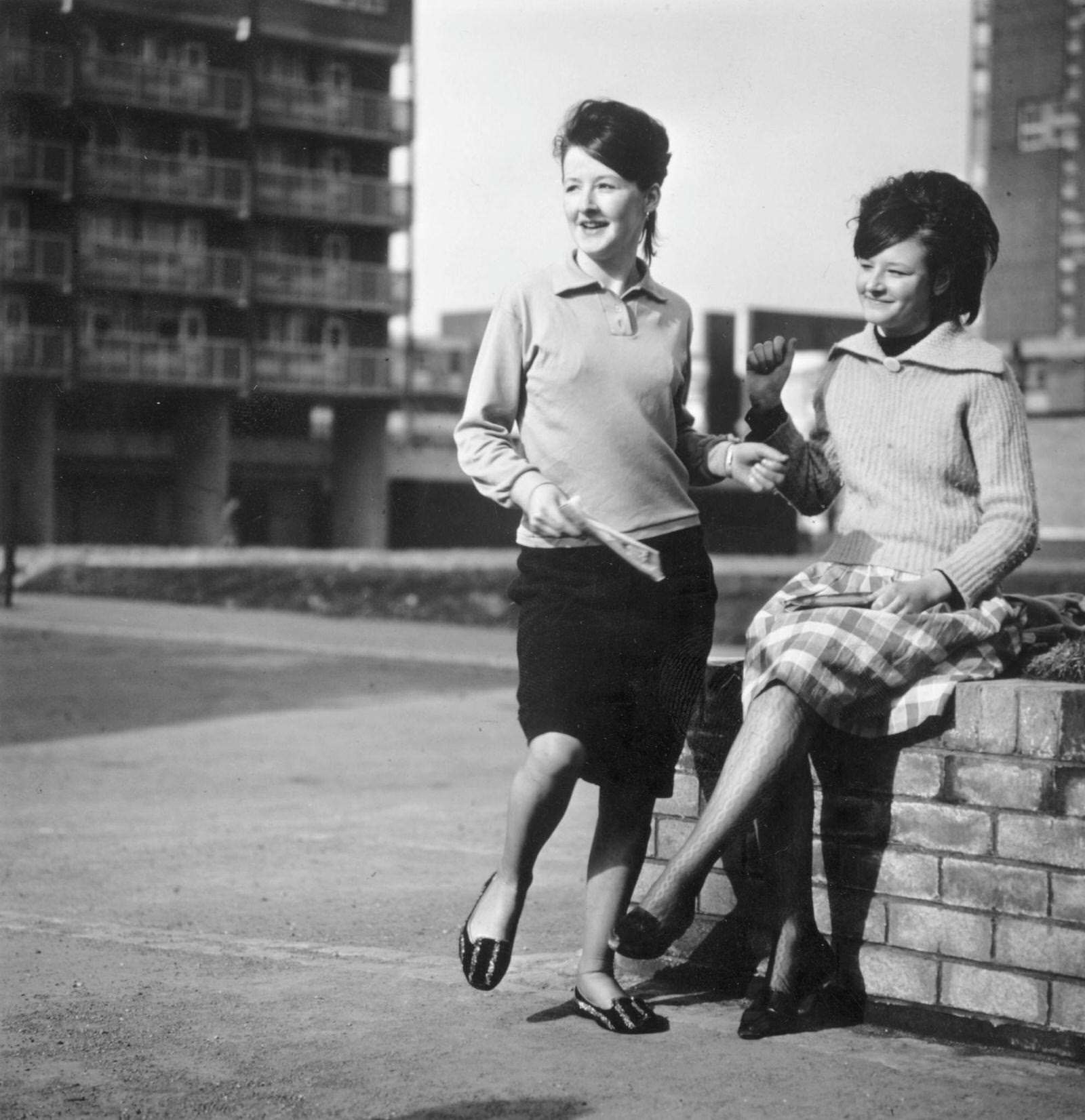
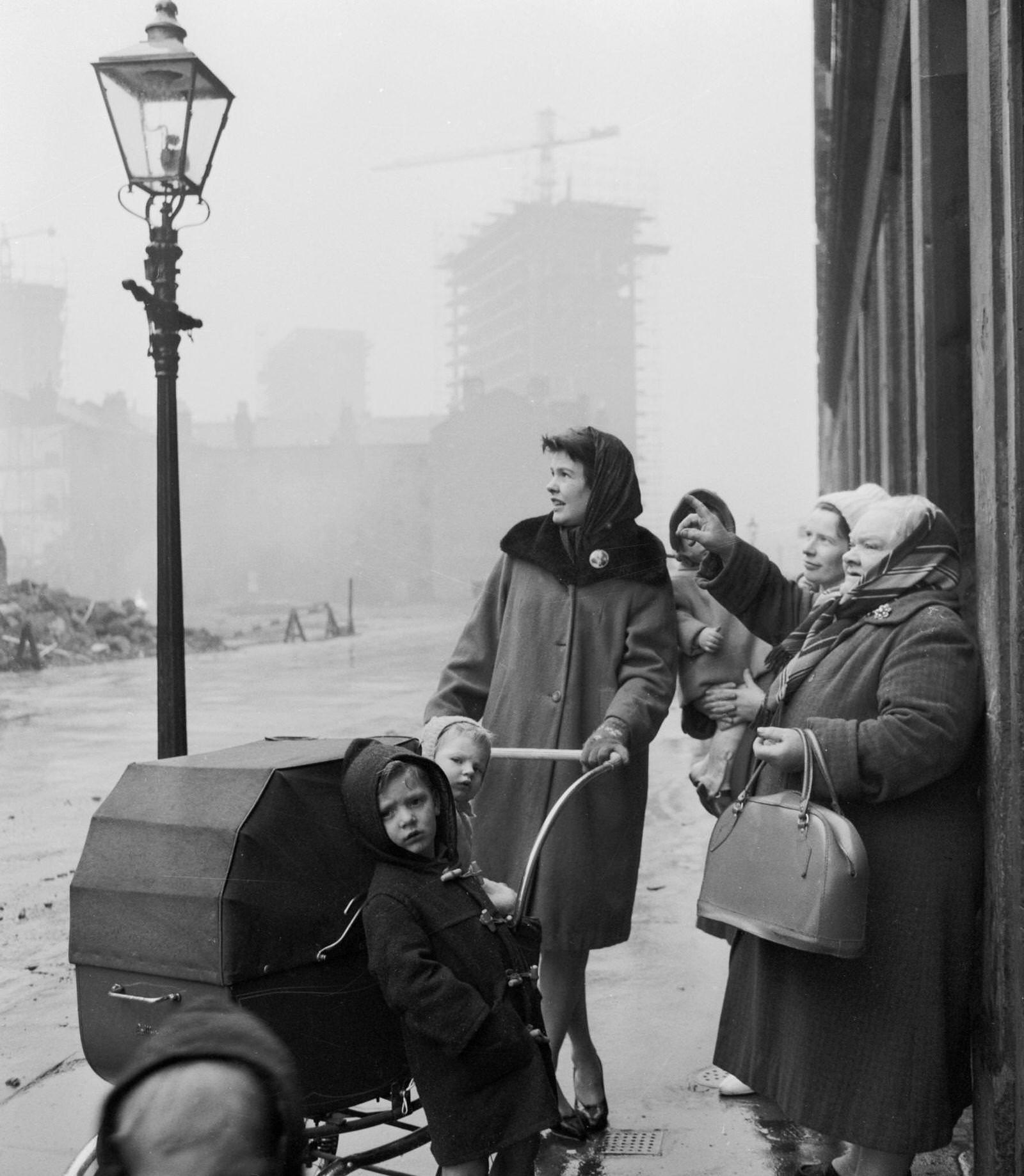
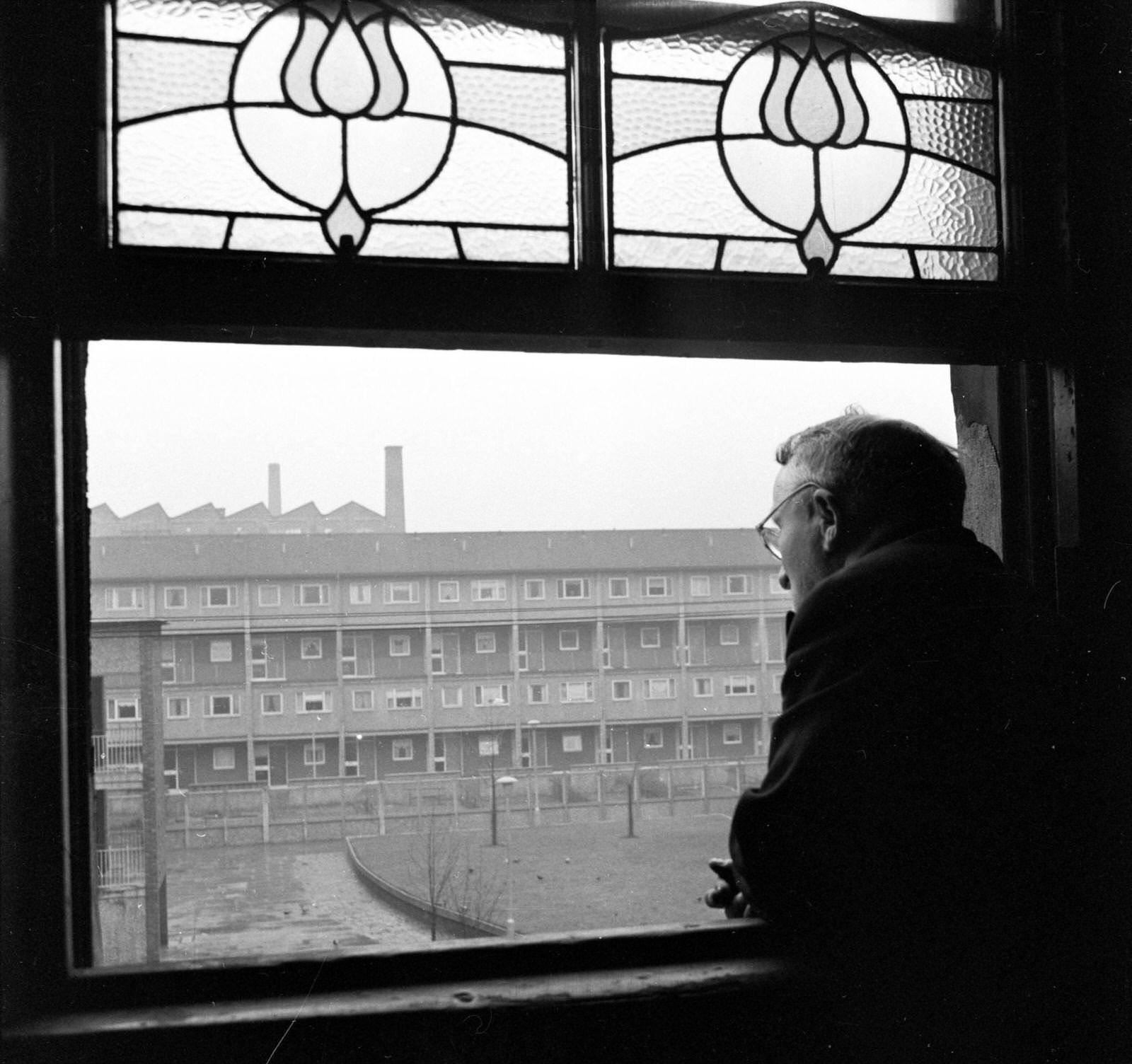
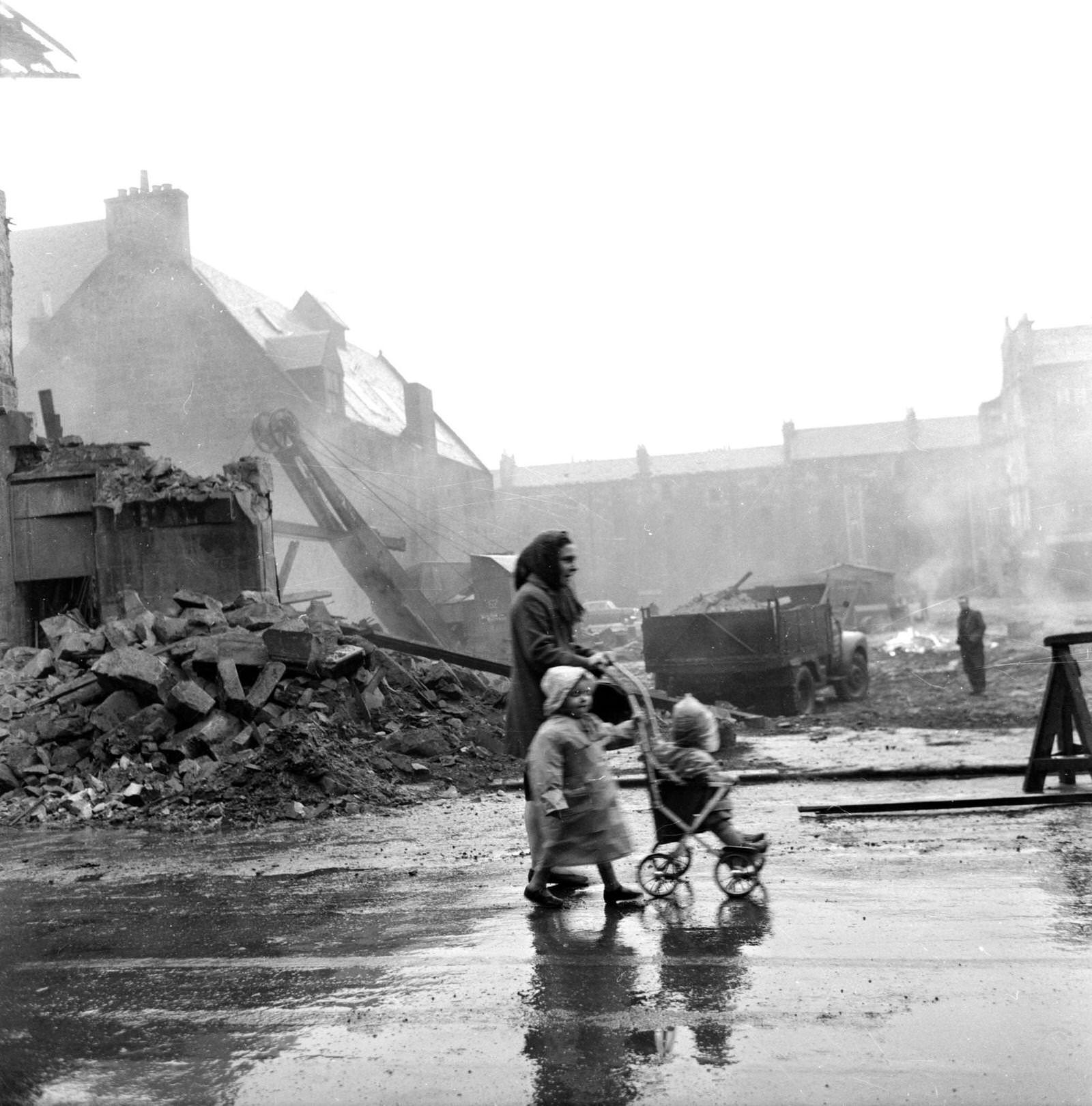
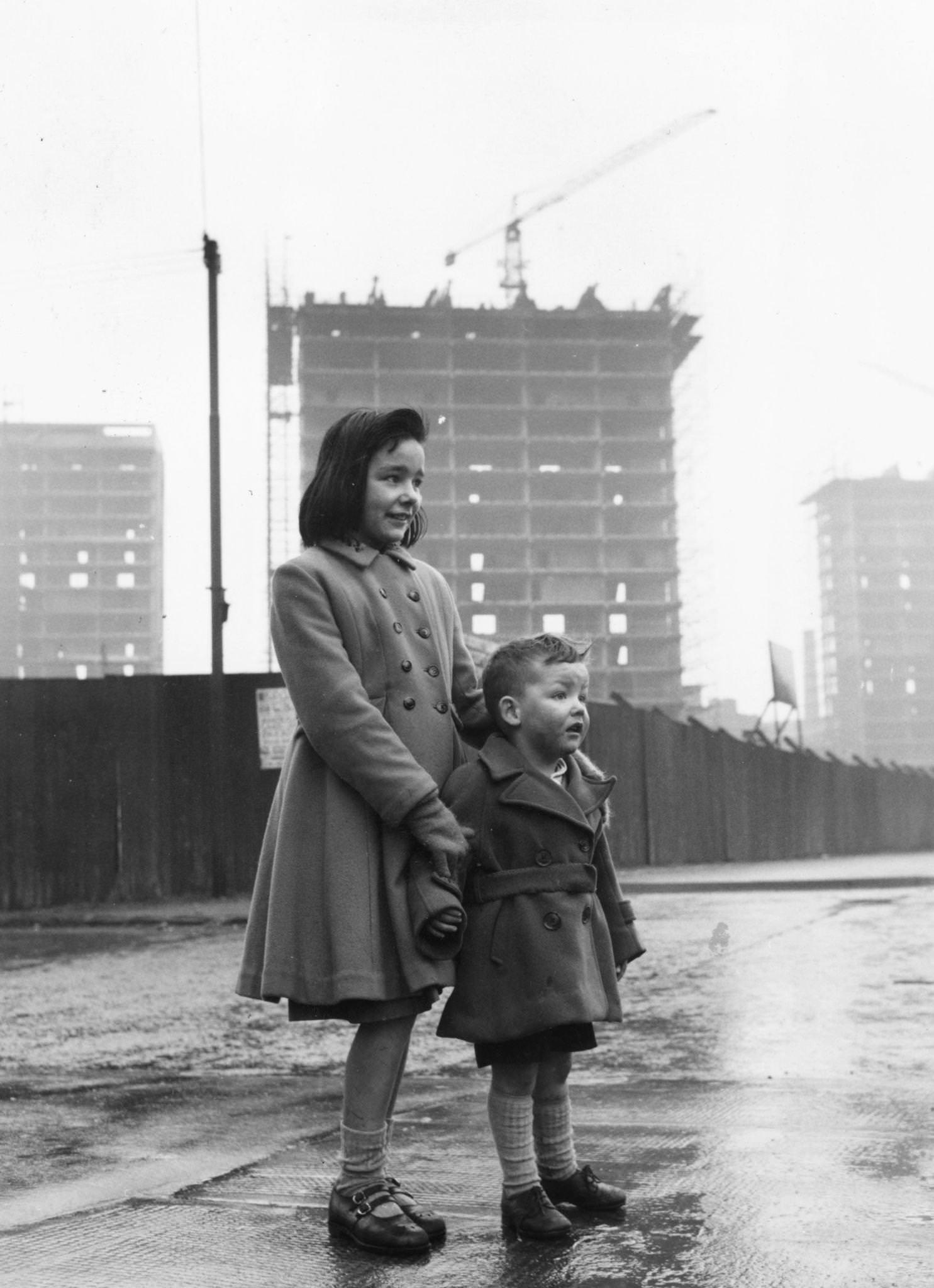
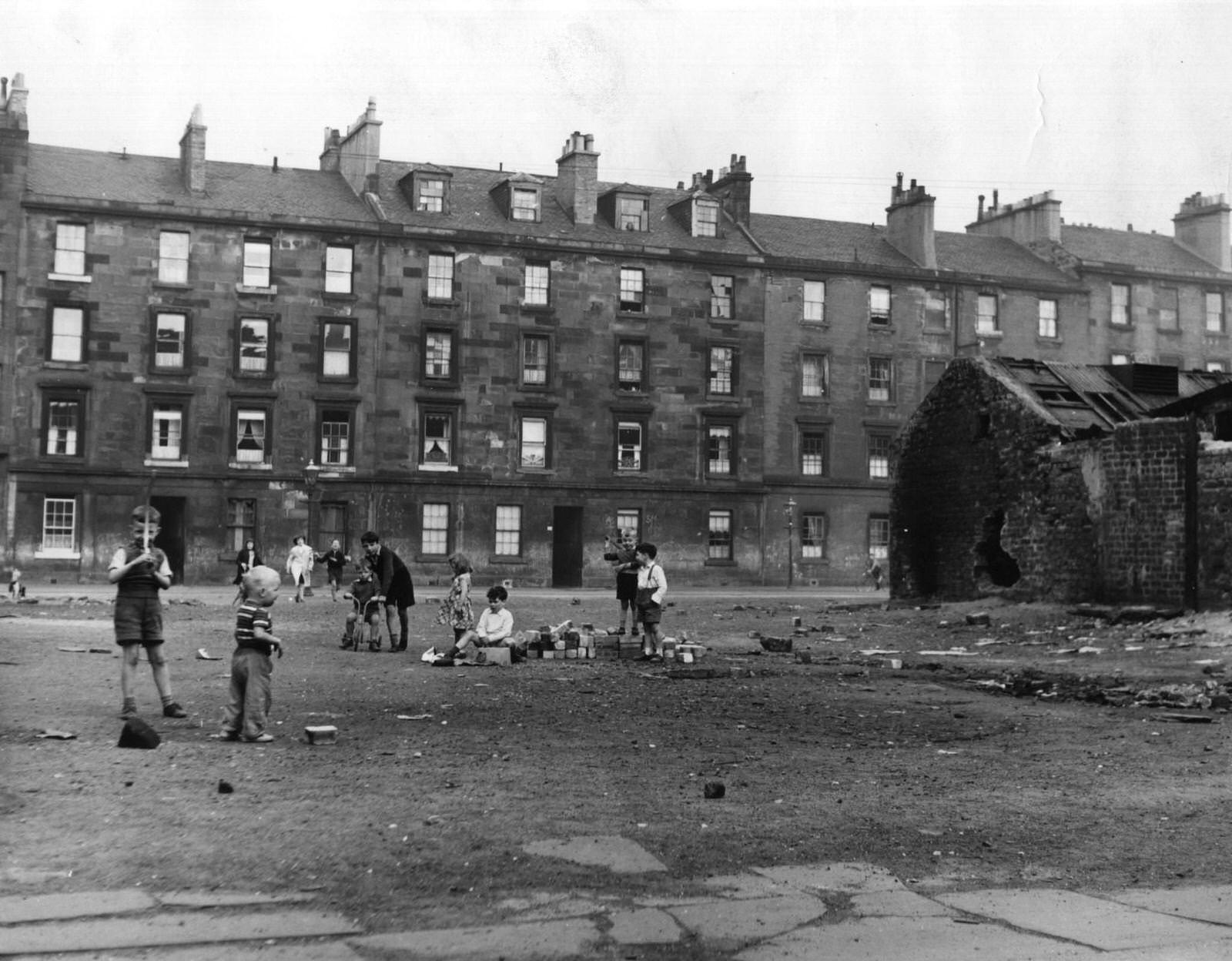
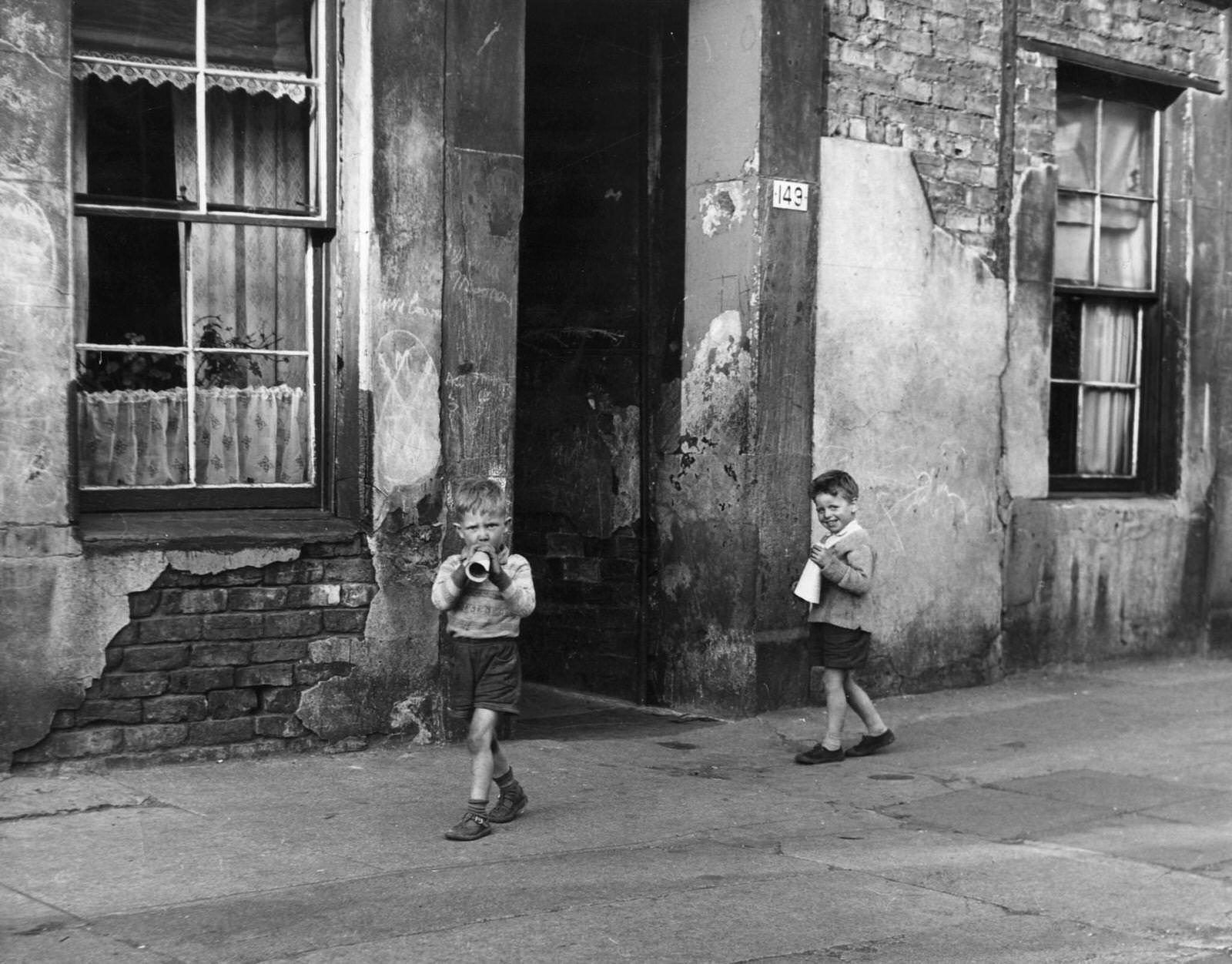
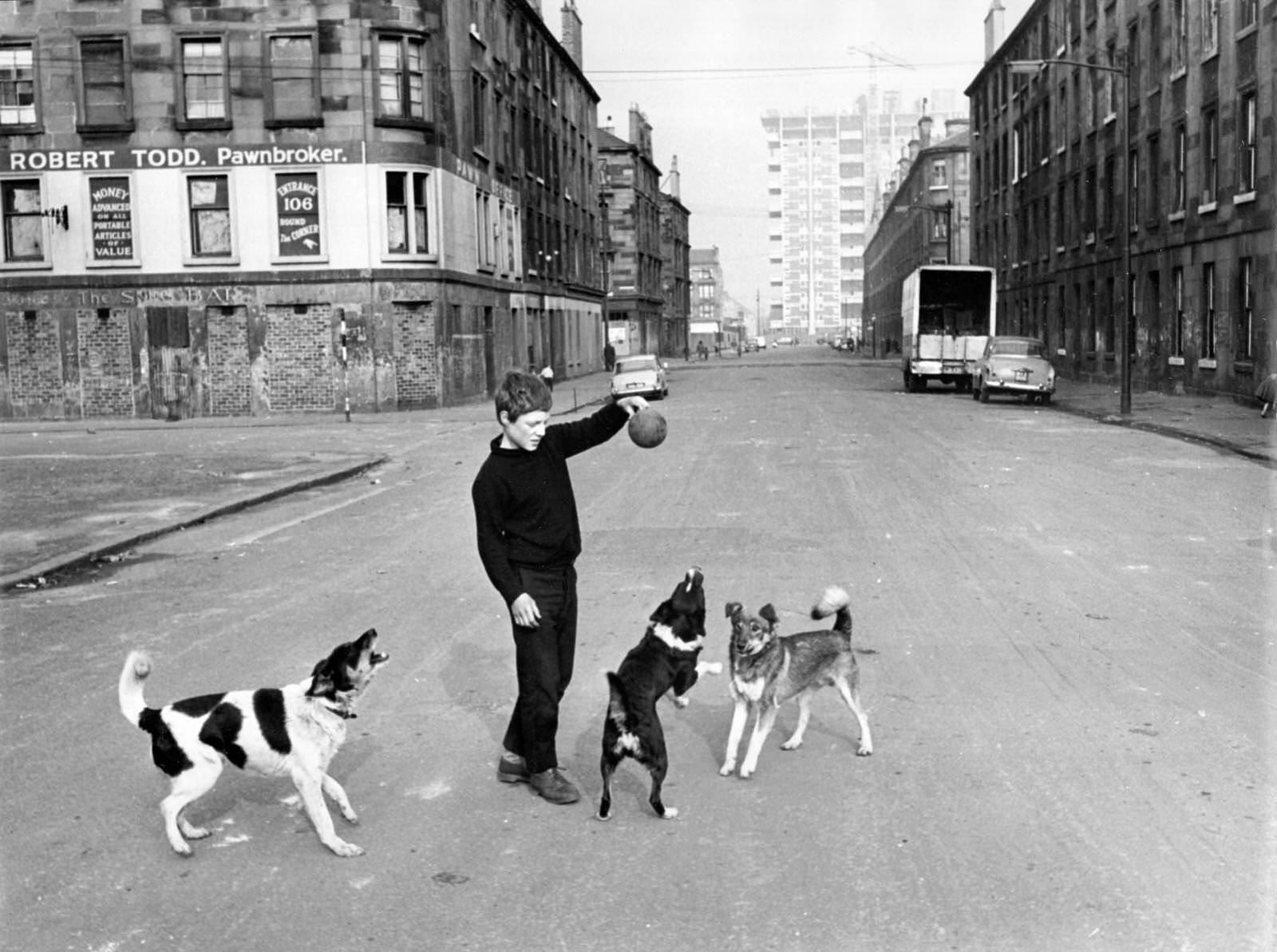
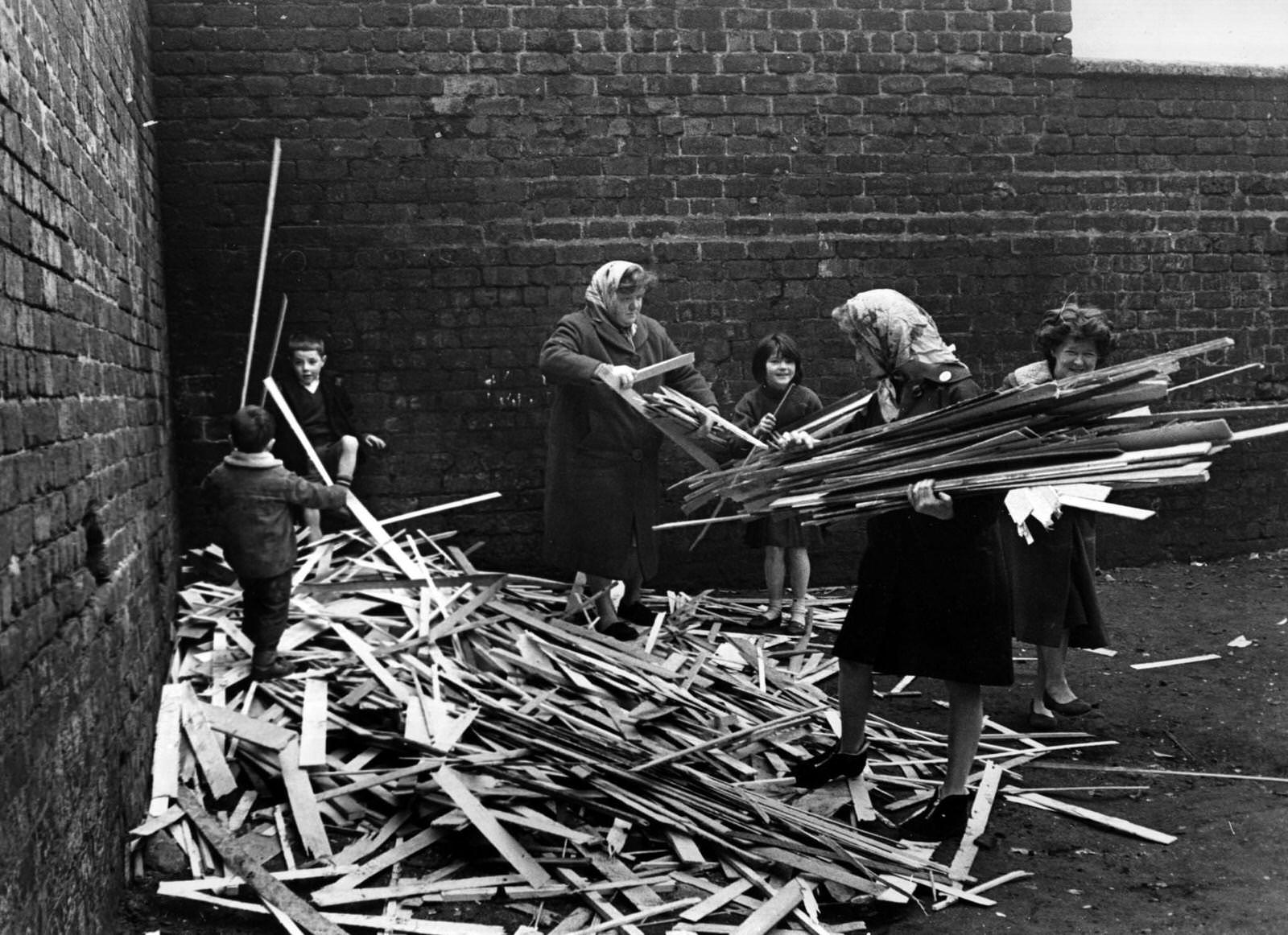
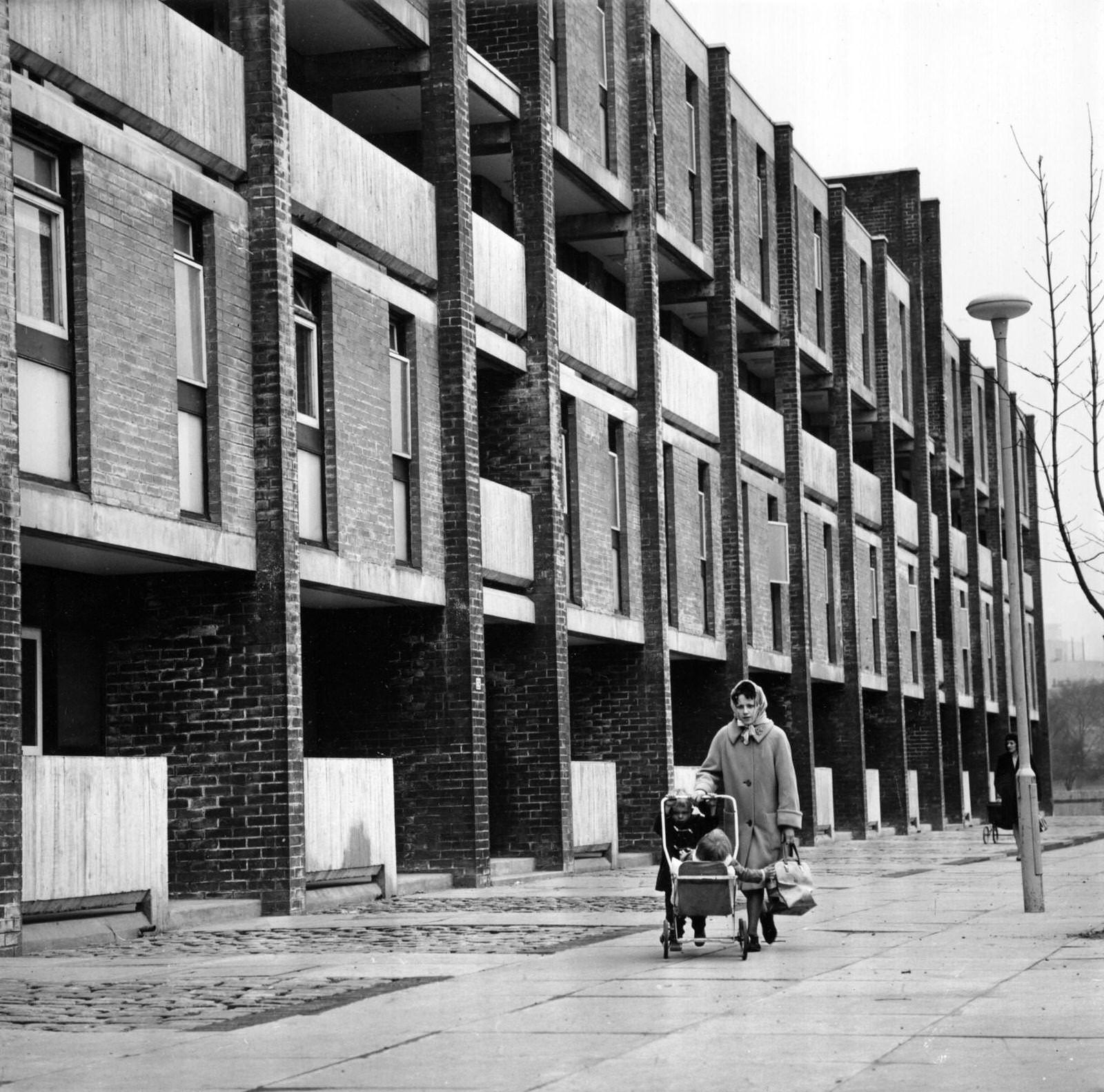
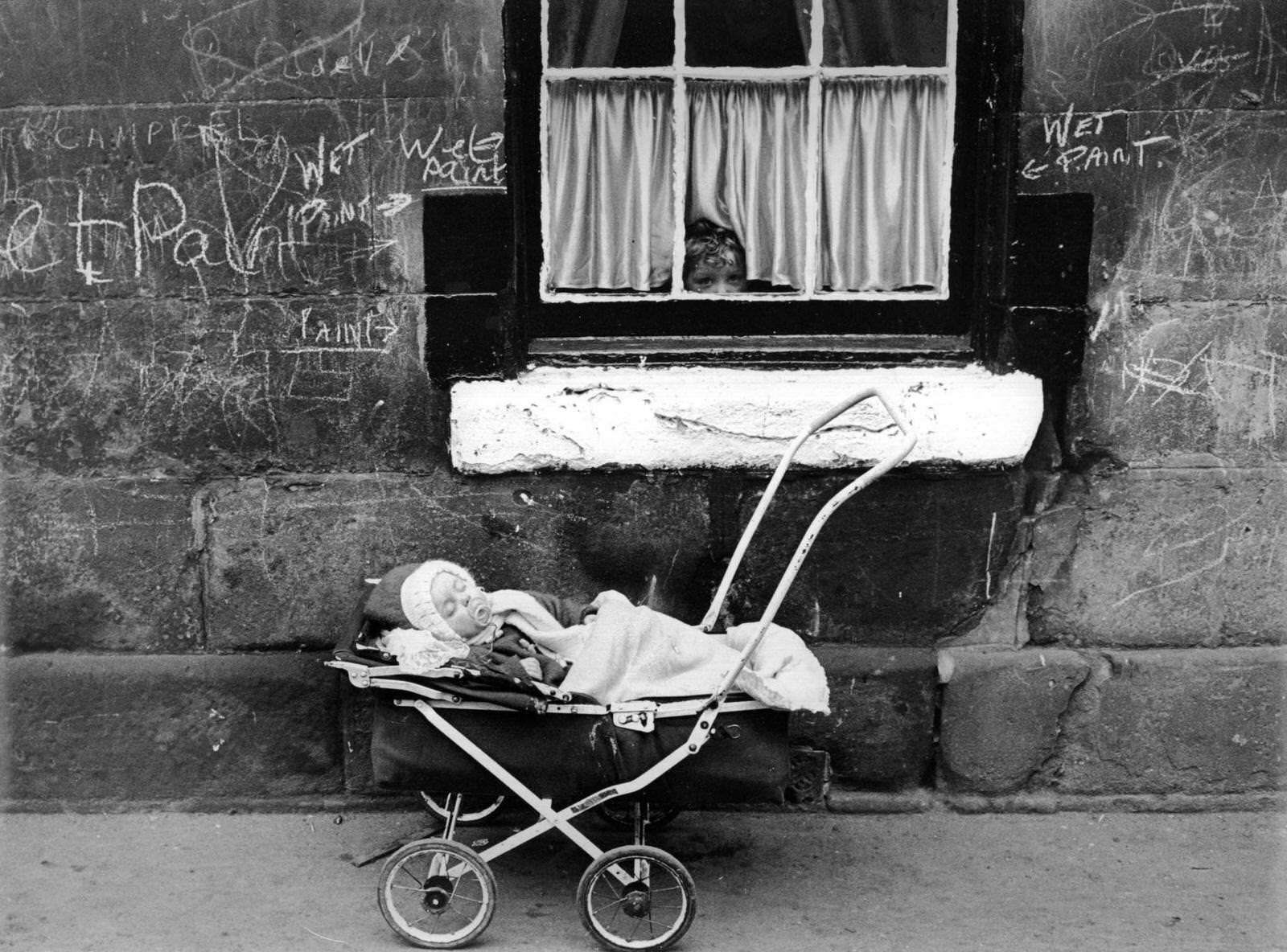
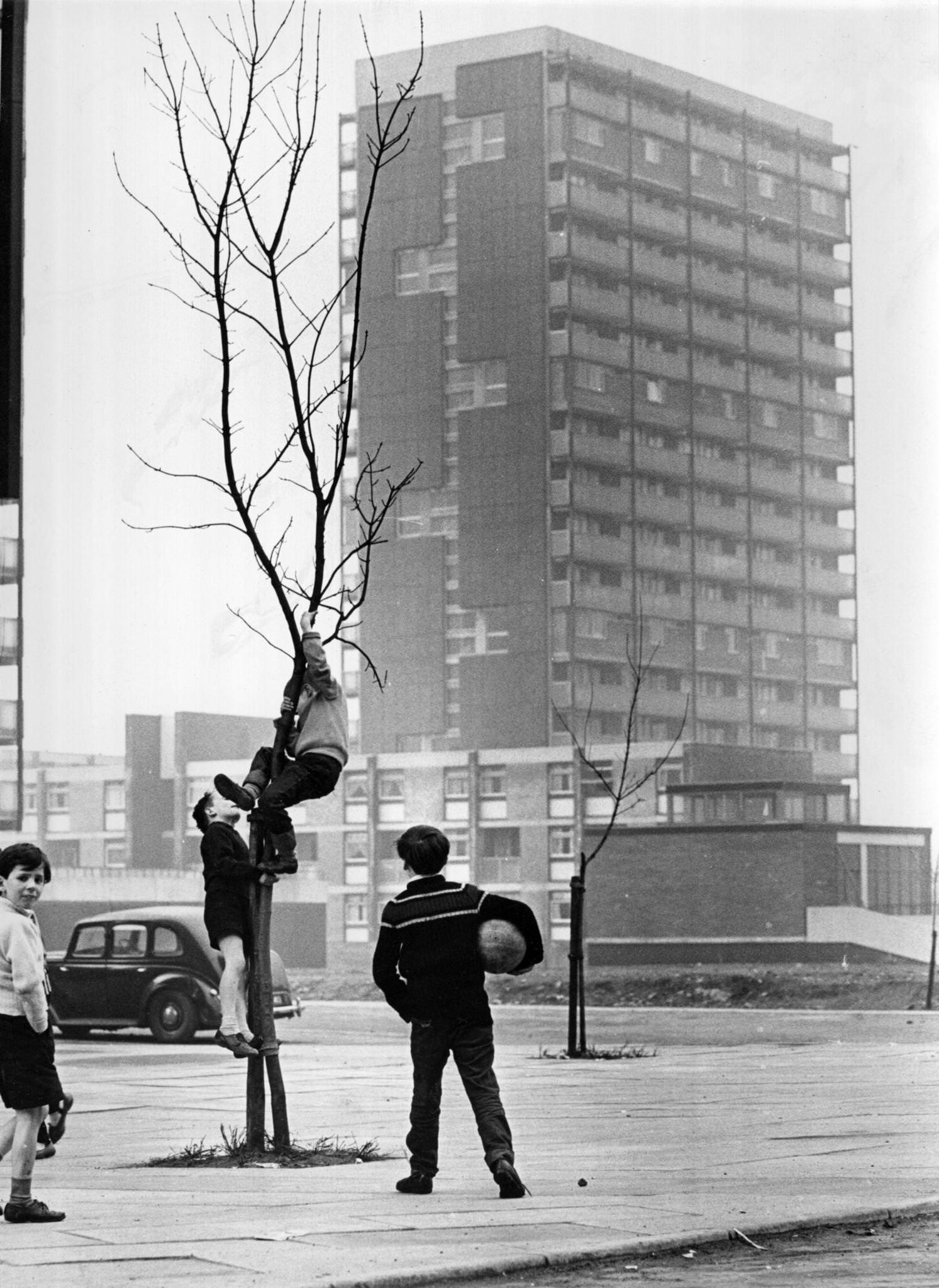
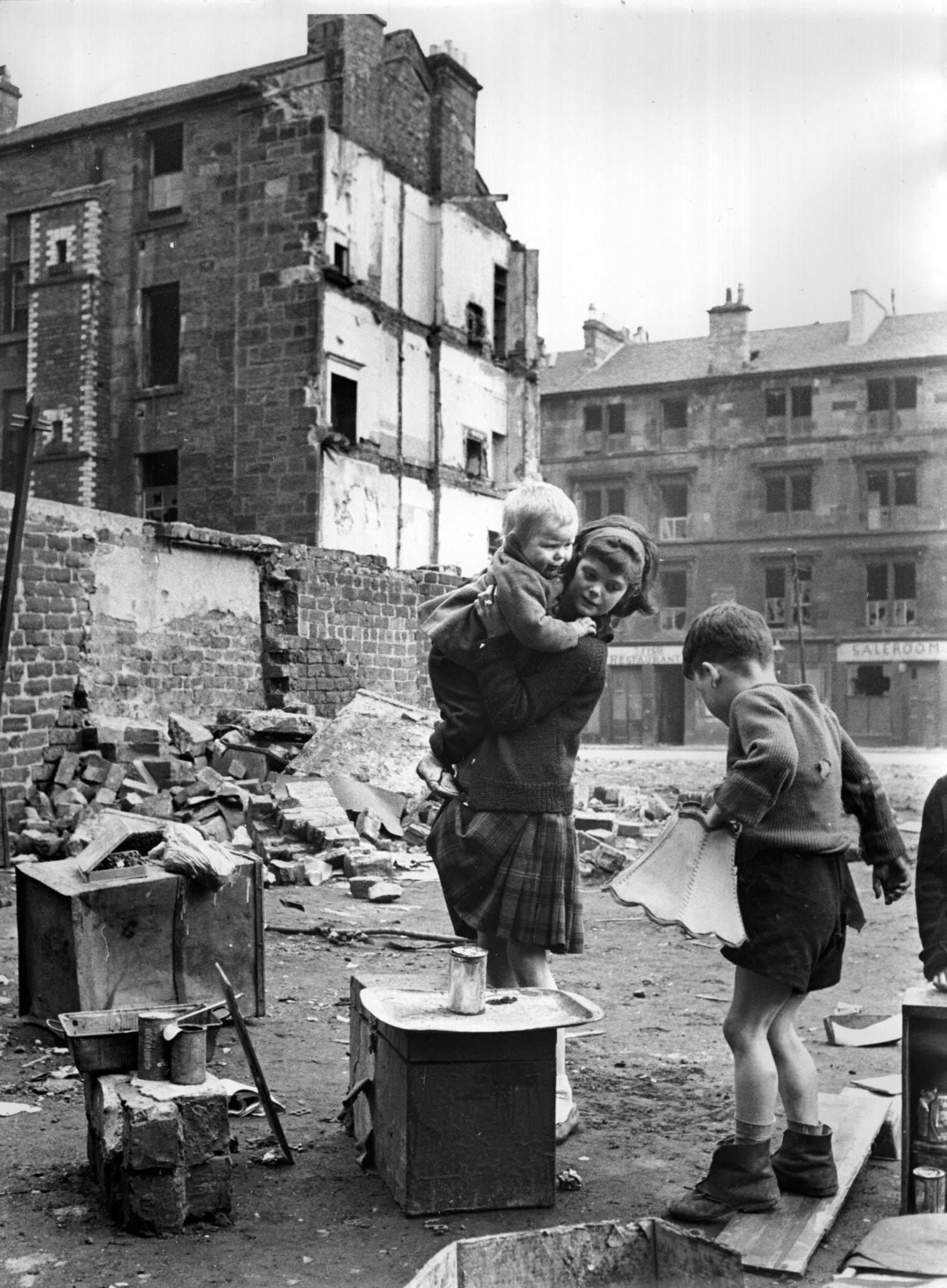
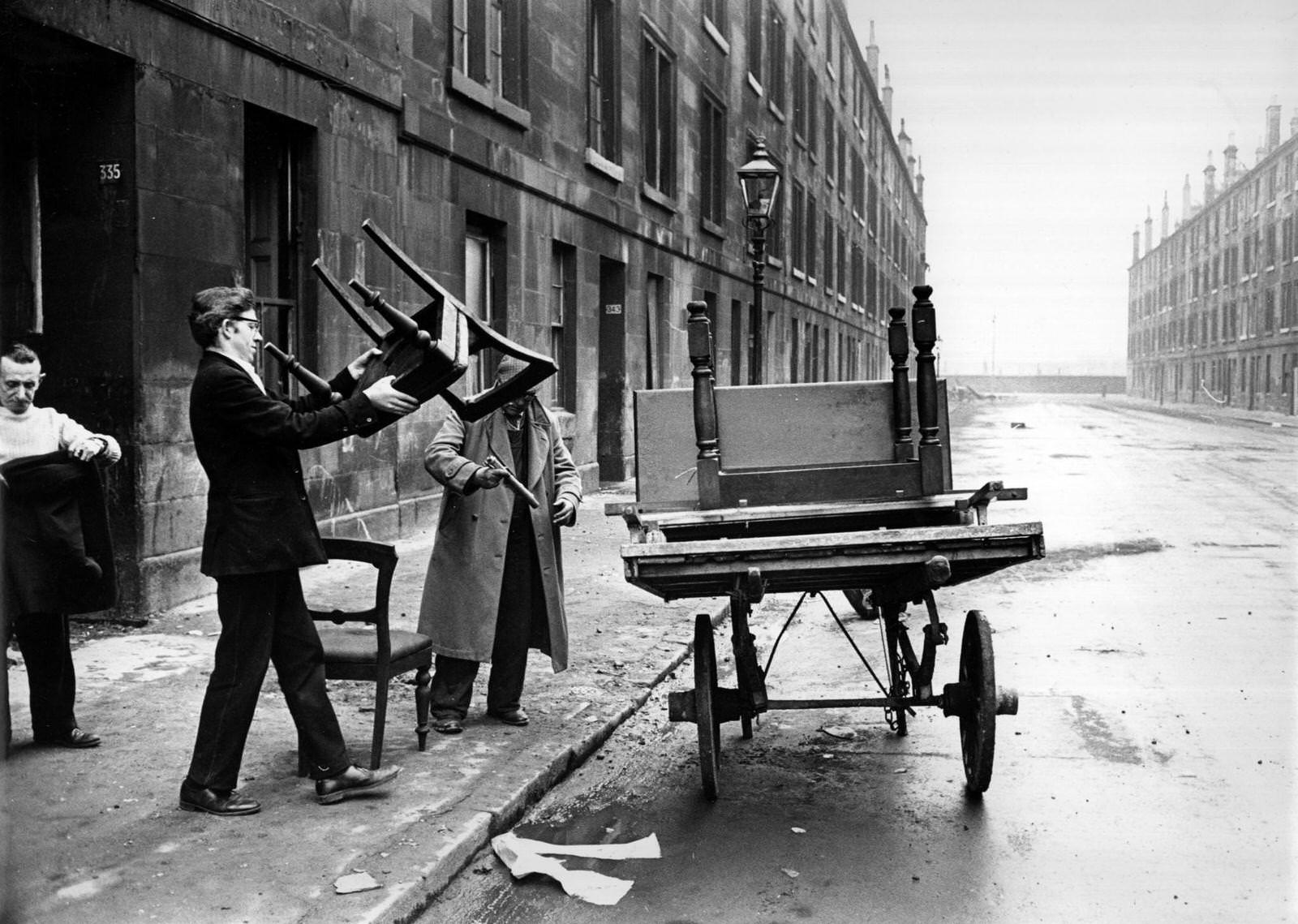
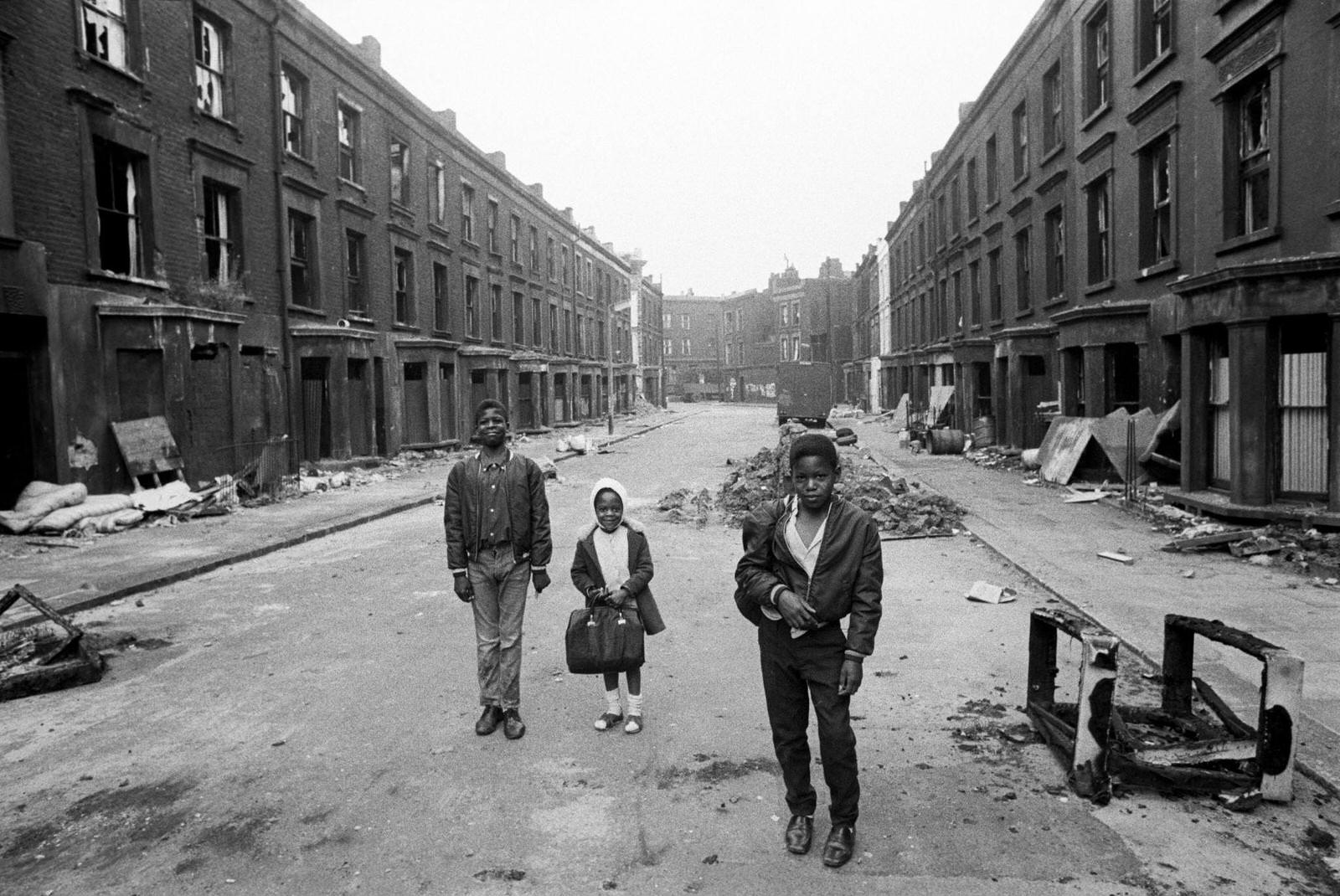

It’s interesting how some people tend to romanticize the past, forgetting about the challenges and limitations that people faced back then. It’s important to appreciate the advancements we have today while also acknowledging the history and culture of the past.
The old photos really highlight how much wider the roads were without traffic and parked cars, and it makes you wonder why people don’t play out in the street anymore.
Not a pothole in sight
Not a 2.5 tonne SUV in sight either.
Not a firstbus in sight…
No change there, then.
These photos are really fascinating, and there are some that I haven’t seen before. However, let’s avoid using derogatory terms like “terrible,” “notorious,” and “infamous.” The urban renewal programs of that time had a profound impact on the lives of thousands of people, many of whom lost their homes and communities. The mass demolitions and relocations were very disruptive and had long-lasting consequences. While some of the redevelopment schemes that followed were successful, in many ways they were just as flawed as the original tenements.
Worst town planning move ever.
These vintage photo websites often have captions that sound robotic. It’s obvious that it’s a woman walking past a building or children playing, but the descriptions seem unnecessary.
Not to lessen the tone, but Jacob Rees-Mogg compared the death rates of the Boer War, which were similar to Glasgow at the time.